Let’s begin with releases: the songbird flight was emptied of one set of fledglings, with more waiting in the wings (no pun intended). All the mockers who were in the flight, all the Carolina wrens, the house finch and the killdeer have been released!
|
The busiest months for rehabbers vary by region. For me, May and June are heavy months. A colleague in Virginia reports that June and July are her heavy months. But it’s a pretty accurate assessment that May-August is an insane period for bird rehabbers! Let’s begin with releases: the songbird flight was emptied of one set of fledglings, with more waiting in the wings (no pun intended). All the mockers who were in the flight, all the Carolina wrens, the house finch and the killdeer have been released! The poor cat-attacked mourning dove from last month still hasn’t grown back feathers, but since doves are mostly ground birds and the flight is a safe environment, I took pity on the stir-crazy bird and put him in the flight anyway. He seems much happier and less restless now. The Eastern phoebe and the blue jay “odd couple” are also in the flight now and still pretty much hanging together. There were, of course, the expected DOAs: another fledgling blue jay, a fledgling mocker and this gorgeous male summer tanager. Given the wound under his left eye and his head tic, I figured he’d whacked a window good and hard and would be fine the next morning, or within a day or two, at most. There were no other injuries and he seemed fairly alert and just a little “concussy.” Apparently there were other factors at play, however, as he died overnight. Two nestling mockers were found in the road with no nest in sight. This isn’t unusual for mockers, who will fall from the nest and—even before they can really walk well—wobble off. These rowdy rascals will be in the flight pen within the next week. This house finch won’t be too far behind them. His nest was found on the ground, with dead sibs who had been ejected in the fall. The great horned owl is flying like a pro and has decided to eat like a “good boy”, so as soon as I see him take out live prey, he’s releasable. And this downy little beauty, based on weight, should be a Mississippi kite. In fact, because I’m notorious for confusing M. kites and red shouldered hawks at this age, I consulted a colleague, who agreed weight would be consistent with M. kites but appearance was inconclusive. He was frightened, hungry and disoriented when he came in, so I had no vocalization to go on. Today he’s full, still unsure of this odd creature feeding him, but very vocal. It’s a red shoulder, and a teeninsy one, at that.
2 Comments
It was a somewhat slower week, with fewer intakes than releases and lots of stubborn release-ready babies who refuse to leave the LWR B&B. Loons are only in Georgia during the migrations to and from their breeding grounds in Parts North, but hardly a year passes that we don’t see one or more grounded loons at LWR. Because of their body design—breast-heavy, with legs located at the extreme rear of the body—loons are effectively helpless on land. Unfortunately, they are well-known for landing on wet pavement and such, thinking it’s water, and then, because they need a long water “runway” to take off, they’re grounded and people who find them assume their legs and/or wings are broken. That was the case for this gorgeous loon, who was also thoroughly traumatized by the time he reached LWR: his rescuers placed him in an open box in the sun on their driveway, and the person who transported him simply dumped him unrestrained in the back of an open truck bed and drove 50 miles with the poor bird literally flapping in the breeze. For the record, folks, wildlife—no matter the species—needs to be RESTRAINED/CONFINED in a box INSIDE your vehicle for transport to any rehabber. You’d think this was simple common sense, but apparently it’s not. So now you know. The vulture who came in last week with the arrow through his wing and body was released and promptly disappeared; below are some shots of him while he was still in the flight. He hauled butt too fast for any release shots. Somebody was apparently not too pleased with his accommodations at LWR. Guess he won’t be leaving us any 5-star reviews… The brancher GHO with the eye injury is back in the raptor flight, after being brought back inside because he refused to eat in the flight. He would eat in a box inside but not on a perch outside. Go figure. We’ll see how he does this week… The flying squirrel was finally deemed ready for a very soft release, meaning she could come and go as she pleased from her caging, until she decided not to come back at all. The photo below was taken shortly before her release. The green heron chick, unfortunately, didn’t survive. Given his young age and 48 hours on what should have been a 12-24 hour emergency diet, I’m actually not surprised. He couldn’t manage solids at all and could barely keep a slurry of pulverized fish down, although for one day I really thought he might have a slim chance. The mockers, cat-attacked mourning dove from several weeks ago and killdeer are still in the flight pen, along with a house finch and a slew of Carolina wrens who refuse to leave. How many wrens? Not really sure. I leave the escape hatch open and the number drops temporarily, and then when I get ready to close the hatch I do a head count to see who soft-released themselves, and they’re mostly back in. Two have pretty firmly declared their independence; four are in and out. The pileated woodpecker is still mooching; he’s now known as “Lord God Bird”—as in, “Lord God, bird, are you even ATTEMPTING to feed yourself? Lord God, bird, do you just LURK in the trees and wait for me to go to the songbird flight?” In all seriousness, he’s taking less and less with each handout and screaming into the yard from farther and farther away, so he IS fending for himself quite well! This darling little Eastern phoebe was rescued from the imminent clutches of several of NINE outdoor cats; luckily the rescuer saw the neighbor’s cats after her and got to her first. Phoebes are in the flycatcher family, as that flat beak would suggest, and I’ve yet to have a flycatcher of any species who wasn’t an absolute sweetheart. When the caller Saturday morning said he had a fully feathered baby bird with short tail feathers on the ground and he could hear the parents fussing above him, I explained it was a fledgling who was out of the nest but still not flying well and still dependent on the parents for food. I suggested the fledgling be left alone, but the caller insisted that the bird was in danger from the neighborhood’s free-roaming dogs and cats. When the person met me with the bird, he had lugged along three of his own small dogs, whose yapping I’m sure was all sorts of upsetting to the poor bird, who had been unceremoniously crammed into a dog carrier full of dog-hair-covered blankets. No, birds don’t have a well-developed sense of smell, but those blankets probably had dog saliva as well as hair on them, in addition to chemical residue from whatever flea treatment the person had the little ankle-biters on. Another what-should-be-common-sense helpful hint: NO PET CRATES to transport wildlife unless they’ve never been used for household pets/stray domestic animals. A cardboard box that has never held chemicals (in other words, don’t place a bird in a box that formerly held cans of bug spray, for example) will suffice nicely. Moving boxes are cheap, come in a variety of sizes, and are available pretty much everywhere. I recommend everybody keep several sizes on hand at home and one or two in their vehicle trunks. You never know when they might come in handy! Of course, when possible, it’s good to mix compatible birds in a rehab setting, to mimic the interactions they’re likely to have with various species in the wild. In other words, as I like to say, wildlife rehab makes for strange bedfellows. The phoebe and jay were placed together, as I’ve had great success housing smaller birds with young jays in the past, and within 10 minutes, they were nestled cozily together… Both these darlings will be ready for the songbird flight by mid-week or so; at the current non-self-release rate of the birds already in the flight, we may have to “encourage” some of the totally self-feeding rascals to fly the coop after the early-week rain threat is over. It would appear the LWR songbird flight is a “real hap’nin’ place”…Perhaps we should invest in a red velvet rope at the door, and hire a bouncer…
Oh Lordy, where to even begin? The possums have been released and took off without a second glance. Before their release, though, I managed to snag a couple more videos of them doing their hissy-pissy routine and eating. Another mocker was released; four more came in. One of them didn’t make it but the other three are doing well. And I just realized I didn’t even take any pix of the mockers this week…Oh well… Another gorgeous little bluebird fledgling came in, male this time. He was never “right”, refusing to attempt flight even though he was clearly old enough and acting “cuddly”, which is just not normal for a healthy wild-raised bluebird. His rescuers said he was snatched up from the ground just before a dog got to him, leading me to wonder if the whole issue from the get-go was that the poor fellow just couldn’t fly, period. At any rate, I was placing him in the flight during the day to encourage flight and bringing him back in at night, as perching also seemed problematic. His third night on this routine, he just…died. For no apparent reason. These are the deaths rehabbers hate—when the only explanation that can be offered is the generic, all-encompassing “failure to thrive.” These Carolina wrens were found in a repossessed car on a salvage lot and have grown by leaps and bounds. They’re nearly ready for the flight, where they can join the Carolina wren who’s already out there; she and the house finch stubbornly refuse to leave; even though the escape hatch has been left open several days now… Speaking of house finches, a lady had a nest of three in her fern and was horrified one morning last week to realize she hadn’t seen either parent in several hours. Since she had a picture window, she could observe without disturbing the birds and had been enjoying watching them. Unfortunately, because at least 8 hours elapsed between her initial concern that the parents were gone and getting the birds to me, one of the hatchlings was DOA. The other two, while fairly critical on intake, are doing well now. This poor barred owl was found by a busy street in town; he had been hit by a car and suffered spinal damage. Meds didn’t resolve the issue, which we were hopeful was simply nerve inflammation, and his lower body remained limp and useless, so he was euthanized. The flyer was moved into bigger digs, pre-release, and should be releasable pretty soon. The killdeer is flying well and should be released soon. The great horned owl with eye damage was moved to the flight pen, which he liked very much except that he refused to eat out there, so he’s back in indoor caging now. He wasn’t transferred to Bubba & Friends as initially planned because Steve Hicks is renovating several of his flights and has limited space at the moment. This belted kingfisher had an old open fracture at the wrist; the bone had already turned black. She was euthanized. This green heron chick is a recent hatchling who was fed cat food for two days before intake. His system is still recovering, but at least now he doesn’t reek of cat food. He came in yesterday and was so lethargic I didn’t expect him to survive the night. I contacted Connecticut colleague Grace Krick, who specializes in waterfowl, to ensure that my protocols matched hers in this situation, and we agreed I was doing all that was possible; it was now up to Nature and the heron itself. So far, so good, although his poop is still pretty whiffy and I’d be happier if he were more alert and vocal. It’s a feeding at a time with this guy; we’ll keep our fingers crossed. When the operator of a local low-cost spay-neuter clinic called to say she’d caught a black vulture with an arrow through its body, I was shocked the bird was even still alive. Based on the position of the arrow in the photos I received, I suspect the vulture was at rest when shot. It was after hours for Smalley’s Animal Hospital, but I knew vet Richie Hatcher was an archer, and vet Shelley Baumann owns Happy Tails Mobile Vet Clinic, so I contacted both. Richie walked me through how to remove the arrow without killing the bird, and Shelley was on standby in case we needed her. Fortunately, the arrow missed anything vital and nothing even appears to be broken. The vulture is quite aggressive and an amazing escape artist, so since I’ve had to move the great horned back inside, the vulture is now in the flight pen, where he seems much happier. Because shooting a protected bird is illegal, this poor guy’s injuries had to be reported to both the GA DNR and USFWS. Sadly, because he was found wandering in a field with the arrow lodged in his body, we have no actual idea where he came from, so finding and prosecuting his attacker will be like finding a needle in a haystack—and just as likely. And yes, the entire situation infuriates me.
Folks, just a reminder: ALL migratory birds (and this includes everything except pigeons, starlings and house sparrows) are protected by the Migratory Bird Treaty Act—even game birds out of season. That makes it a federal crime to injure/kill them, possess their body parts (including feathers), disturb their nests or keep them in captivity. That’s ALL birds: songbirds, waterfowl, raptors—ALL of them. Leave them alone in the wild, leave their nests alone, and if you find a bird needing help, CONTACT A LICENSED REHABBER IMMEDIATELY. Finally, to end on a more upbeat note, the pileated is still hanging around and demanding handouts periodically throughout the day, making for fun photo ops! Intakes and releases this week were nearly equal; don’t recall that ever happening before. All in all, it was a busy week. Two new mockingbirds arrived, one pulled from a trash can and the other rescued from a puddle. The “puddle” mocker had other issues that meds didn’t even have time to address, as he died overnight. The other mocker, a pre-fledgling, is doing well and is in the flight pen. It’s a bit early for him to be in the flight but his buddy, the older mocker from last week, went to the flight, so to keep the best buds together, the younger one got an early start. He’s actually been chasing crickets around, although I haven’t seen him catch any yet. Last week’s Carolina wren with leg issues was, I suspect, in the early stages of Metabolic Bone Disease (MBD), a result of a bad diet. While this can rarely occur in the wild, it’s more likely a result of someone having the bird and feeding it crap before dumping at the vet clinic in the other county. A fledgling Carolina wren is usually not as willing to gape and be handled as this one was, plus her feather color is “off” and the general state of her feathers—especially her tail feathers—leads me to conclude that she may have been with the person who dumped at that clinic longer than they admitted. Still, because we got her in time, she bounced right back with a good diet and has actually been released. Carolina wrens tend to hang around their release site for a day or two, and this one was no exception, so I was able to snap a couple of shots of her after release. This pre-fledgling Carolina wren was found hopping around out of the nest too early; when the attempt was made to place him back in the nest, two dead siblings were discovered. He’s doing quite well, despite the stressed initial photo of the little guy. He’s already taking short flights, so we tried him and the house finch from last week in the flight. The wren was pretty happy; the finch not so much. They’ve become big buddies, so we’re keeping them together, back inside for a while longer. Bluebirds are among my favorite birds; even so, when the call came about this sweet little female nestling, the caller and I worked to try and re-nest the baby. She was found on the ground below her next box; the caller found a dead sibling inside and removed it, placing this little girl back in. After an hour, her parents still refused to go inside the box, so she ended up at LWR. Sadly, the parents’ refusal to feed this little darling was probably related to her declining health. She also didn’t survive the night of her intake, even though we started her on meds as a precaution. Sometimes the meds don’t even have time to kick in… The barred owl proved totally unable to fly, so I reluctantly made the decision to call it on him. He was euthanized last week. Sometimes our best efforts aren’t enough to return a bird to the wild—it’s not a pleasant fact, but it is reality. The possums continue to grow like weeds; they’re probably slated for release later this week, as they’re pretty close to release size now and, given their rapid growth rate, should reach that size by week’s end. Proper nutrition makes such a difference in growth rates! Meanwhile, although I seldom see them all out, their little hissy faces have amused me all week, and I did catch a couple on top of the box they sometimes sleep in. The flyer continues to progress nicely and will be moved to the pre-release caging the possums will be vacating later in the week; at the moment, she’s still in a smallish pen but seems quite content there. I think she’s just happy to have a steady supply of formula and snacks. This poor least flycatcher not only suffered the trauma of a cat attack; she also faced the indignity of being misidentified twice by your intrepid rehabber. In a cursory exam under the parking lot lights when she was picked up, she looked like a warbler of indeterminate species. When I got her home, her wide, flat beak identified her as a flycatcher, and since great crested flycatchers are what I most commonly see in rehab—and in my defense, it was also late and I was dead tired—that’s what she was…until morning, when I realized I actually had a least flycatcher. They actually don’t breed in Georgia, just migrate through. Unfortunately, someone’s free-roaming cat ripped out all her secondary feathers, and while this photo doesn’t show it, she’s since broken her primaries as well. Without the secondaries to support them, the primaries are prone to easy breakage, especially when a bird is flinging itself against the mesh of its cage, desperately trying to complete the migration it knows it should be making. So now the poor bird will be at LWR until all the feathers on that wing grow back… The brancher great horned owl is well and truly fed up with having his eye medicated, and we’re actually done medicating as of today. It looks better than last week in terms of being less cloudy but it’s still not a pretty sight. Since Steve Hicks of Bubba & Friends raptor rehab currently has three other GHOs, this guy will be going to Steve this week. The cat-attacked mourning dove from last week continues to mend and the feathers are slowly growing back in, but there’s still not enough growth to consider putting the dove in the flight pen. The killdeer, however, has progressed to the point that he’s now in the flight. He’s not actually capable of flight yet, but since he’s self-feeding and killdeer spend a lot of time on the ground—those stiltlike legs are kind of a dead giveaway on that—he’s happier…sorta…in the flight. I guess perpetual motion is happy; he’s been nearly impossible to catch pix of. Even tracking him with the camera for video on his first day in the flight was a challenge! The oldest mocker, pictured above in the flight pen with the younger one earlier in the week, was released this weekend. He’d been ready for several days; I just hated to take the younger one’s buddy. When he was offered the option, however, he flew the coop and didn’t look back. Both the woodpeckers were also released. The downy has opted for a soft release, happily playing in the trees near the songbird flight during the day and alighting on the flight as dusk approaches, loudly demanding to be let back into her “bedroom.” Below are pix and vids of her in inside caging, in the flight pen, and after release. She oozes perky, chatty personality! The pileated went from inside caging to the old, rundown flight to begin with, as the songbird flight was full of smaller birds and the raptor flight housed the barred owl. After the barred owl was euthanized, the pileated moved to the raptor flight, which was more size-appropriate for him to test and strengthen those wings—and he did! And then, as he got increasingly restless, he was offered his freedom, which he was initially unsure about. Once he made the decision to leave the flight pen, though, he was delighted to find the nearest snag and go to work on it! Woodpeckers of all species tend to hang around and demand handouts for a fairly long time after release. Thus far, these two are holding true to form; we’ll see how long it lasts. The record for mooching woodpeckers at LWR currently belongs to a red-bellied woodpecker from several years back who continued to periodically show up for a “treat” well into the fall of the year!
And baby season is now officially underway, as LWR has one each of the “Big 3”—the birds we see most commonly in rehab. The Big 3 varies from rehabber to rehabber; at LWR it’s mockingbirds, house finches and Carolina wrens. It never feels “official” until my Big 3 are represented. The Carolina wren, a fledgling, was dropped off at a vet clinic about 60 miles away and Christina, a wonderful new volunteer, stepped in to make the drive, with four children in tow, to get this bird to LWR. The wren came in with a food-covered face from feeding by the vet clinic and leg issues that I honestly thought would require euthanasia, but with proper nutrition she seems to be improving and I think she may be a candidate for release after all. The finch was found on the ground by an elderly person, who drove 50 miles one way to bring me this baby. He’s fine, a typical “fuzzy” finch whose voice is still very quiet. The pre-fledgling mocker came in last night, just before midnight, after a grandfather and grandson rescued it from a cat. The grandson’s parents drove the bird to a designated meeting spot after I suggested that it needed meds ASAP after being in the cat’s mouth. We started meds shortly after midnight and this morning he’s a typical loudmouthed mocker. To avoid repetition, see last week’s rant about cats. To recap briefly, RESPONSIBLE CAT OWNERS KEEP THEIR CATS INDOORS. Of course, this time of year, no week is without its tragedies. The mysteriously paralyzed redheaded woodpecker showed enough improvement in its grip when I took it to Smalleys’ Animal Hospital that vet Jim Hobby and I decided to give it a little more time, especially since x-rays confirmed no spinal fracture. The poor fellow died that night. The cardinal who stubbornly refused to self-feed also began to have neurological issues that seriously screwed up his balance, and then he began having problems swallowing. He died in the half-hour between feedings mid-week. And this poor barred owl who came in Sunday had a nasty wing fracture. I was pretty sure it was unfixable, and the x-ray the next morning at Smalley’s confirmed it. His wing was well and truly trashed; Jim and I both grimaced in sympathy for the poor bird upon seeing the x-ray. He was euthanized. This apparent Nashville warbler (and any avid birders out there who recognize it as another species, feel free to correct me) came in lethargic and weak late one afternoon last week. Small, frequent meals perked him up a little, and his poop started looking normal, so by the time I put him to bed for the night, I was hopeful he might have a slim chance at survival. Alas, he died during the night. The barred owl currently in the flight pen is on borrowed time, as he still shows no inclination to fly. He has a “grace period” until I need the flight for another bird. Unlike songbirds, raptors of different species cannot be mixed, as they eat each other. The cat-attacked mourning dove is healing nicely but still doesn’t show enough feather regrowth for the flight pen. The killdeer continues to develop into a leggy teenager and should be in the flight pen by next weekend. The gray squirrel was released and continues to show up periodically for a pecan treat. Both the fledgling mourning dove and the Northern rough-winged swallow were released, but there are no pix or vids of that. Why, you ask? Well, in case you missed it in the photos and video tour of the songbird flight a couple of weeks ago, here are photos, followed by an explanation: Technically, this is called a release door. I prefer to call it an escape hatch. It’s a feature I’ve wanted on my songbird flight for a long time now, and I’m delighted to report it works like a charm. When the birds in the flight are ready for release, I open the escape hatch and leave it open for the morning. If the birds haven’t left by midday, we close the hatch and try again the next day. This means I can be busy feeding other birds inside without having to monitor an open flight pen door—which was my former method of release—or put the ready-for-release birds in a box for release while I video and further stress them out, which I had switched to over the past several months. Now it’s their decision when they leave. The dove took two days to decide to leave; the swallow took about half an hour. Yep, I’m liking this escape hatch! I promised Cody Rogers, the Georgia Southern student who spearheaded and coordinated the efforts to build both the new flights, that the first downy raptor of the season would be named after him. I honestly expected it to be earlier in the year, but Cody the brancher great horned owl came in last Sunday evening with a damaged eye. The finder had actually done a really good job of trying to reunite baby and parents, but this stubborn fellow kept ending up where he shouldn’t be—and the last time the finder rescued him from an inappropriate spot, he noticed the injured eye and called LWR. The cornea appeared to be torn or scratched, so Cody the GHO was one of the three birds vet Jim Hobby saw Monday. Jim said the cornea had actually been punctured and part of the aqueous humour had drained out. The iris had actually migrated slightly to seal the puncture, so we had a bird with a very painful eye, but it was treatable. It ain’t pretty and his vision may impaired, but he’s young enough that he can adjust, as it’ll be all he’s ever known when he starts to hunt. This young flying squirrel was brought up sopping wet by a dog several counties away during last weekend’s storms. She didn’t appear to be injured but was lethargic and reluctant to eat. Meds have corrected her issues and she’s eating like a pro and is alert and bright-eyed now. We had two more possums added to the gang last week, too. Again, these babies were self-feeding, which is the only reason I was able to take them. They’re in with the previous three, and all five have been moved to a bigger pen. And finally, probably my two favorite intakes from last week, LWR received a pre-fledgling pileated woodpecker and a pre-fledgling downy woodpecker—the opposite ends of the woodpecker spectrum in terms of size! The pileated was lucky in that the finder had been watching the nest and knew when he heard the parents raising a fuss that something was wrong. He found this baby on the ground with a slightly injured wing that he was afraid was broken, so he drove 100 miles one way to bring the bird to LWR. Fortunately, his wing injury was minor. He’s doing great and will be ready to “fledge” to the flight pen soon. This adorable little pre-fledgling downy woodpecker was found by a young girl walking through the woods. Her sibling was dead next to her. The teen called and even though she wasn’t old enough to drive, she got a friend who was to drive her to meet me with this sweetheart. She’s doing great and has actually surprised me with the volume of food that little crop will hold. She’s got an appetite, that’s for sure! Finally, this is baby season, so please delay cutting limbs/trees, as they may have active nests, and check your yard for ground-nesting birds or rabbit nests before mowing. And just a reminder—it’s a violation of federal law to disturb an active bird nest, i.e, one with eggs or nestlings. If you find a baby bird or other wildlife, please call your nearest rehabber or refer to http://www.laurenswildliferescue.org/i-found-a-wild-baby---what-do-i-do.html for assistance.
|
Archives
April 2023
Categories
All
|
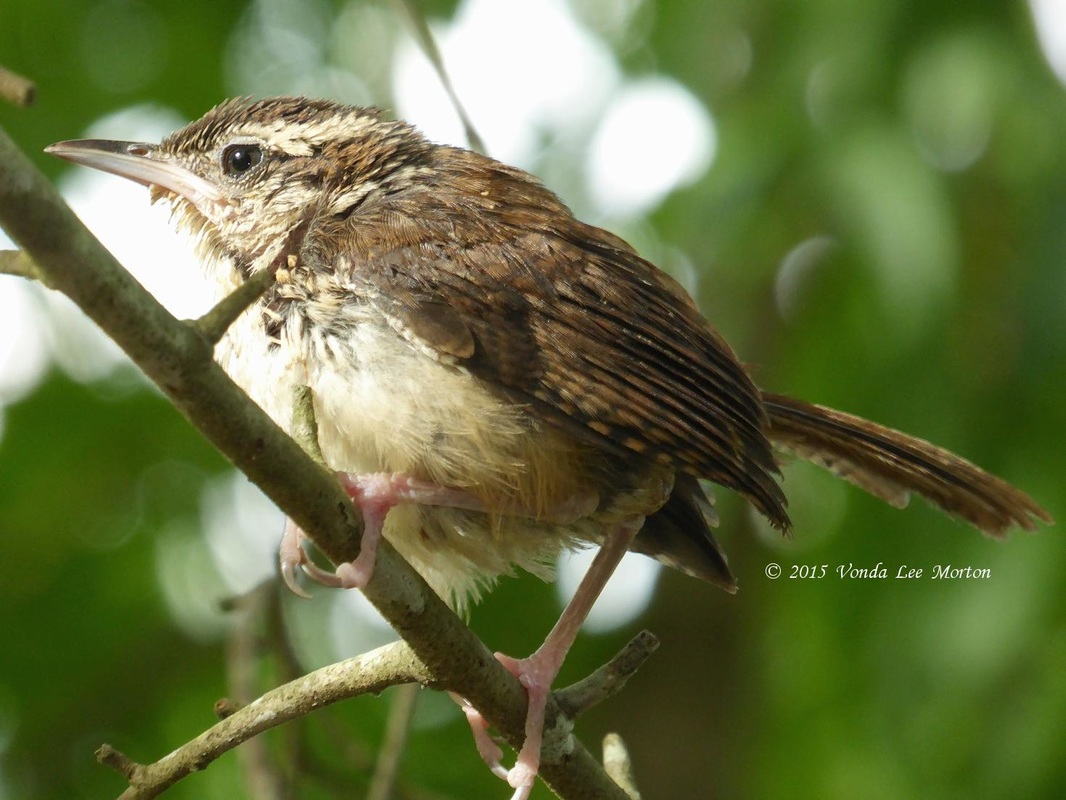
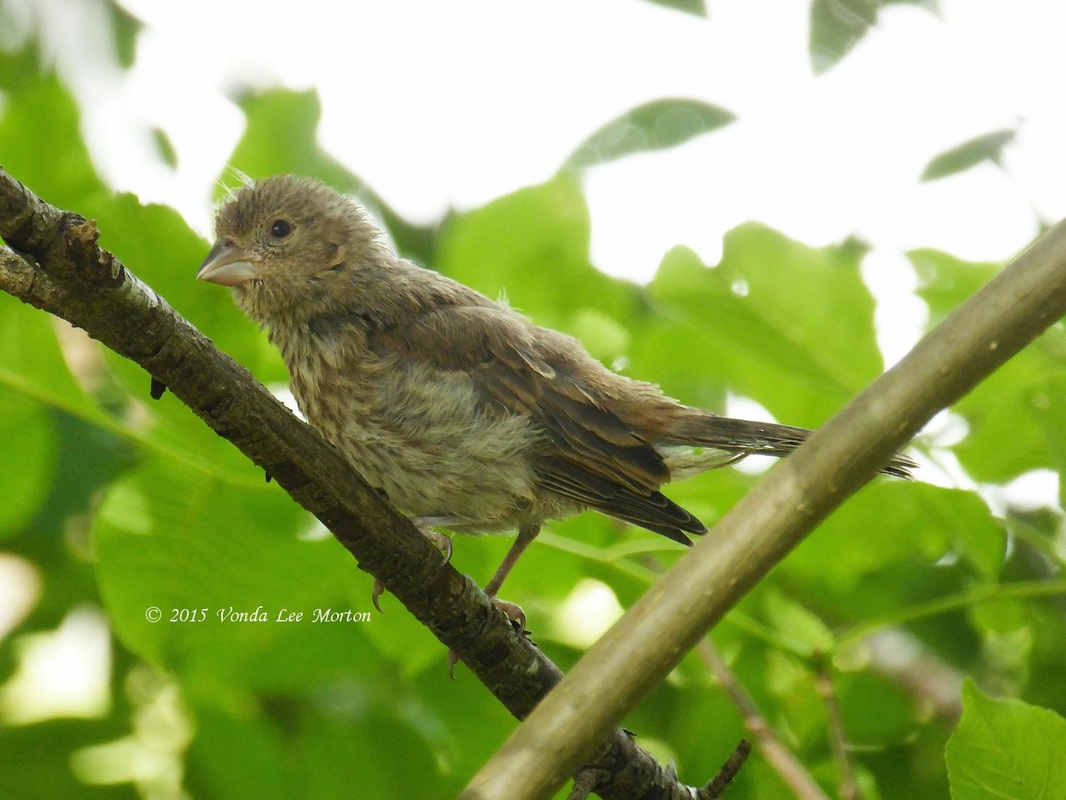
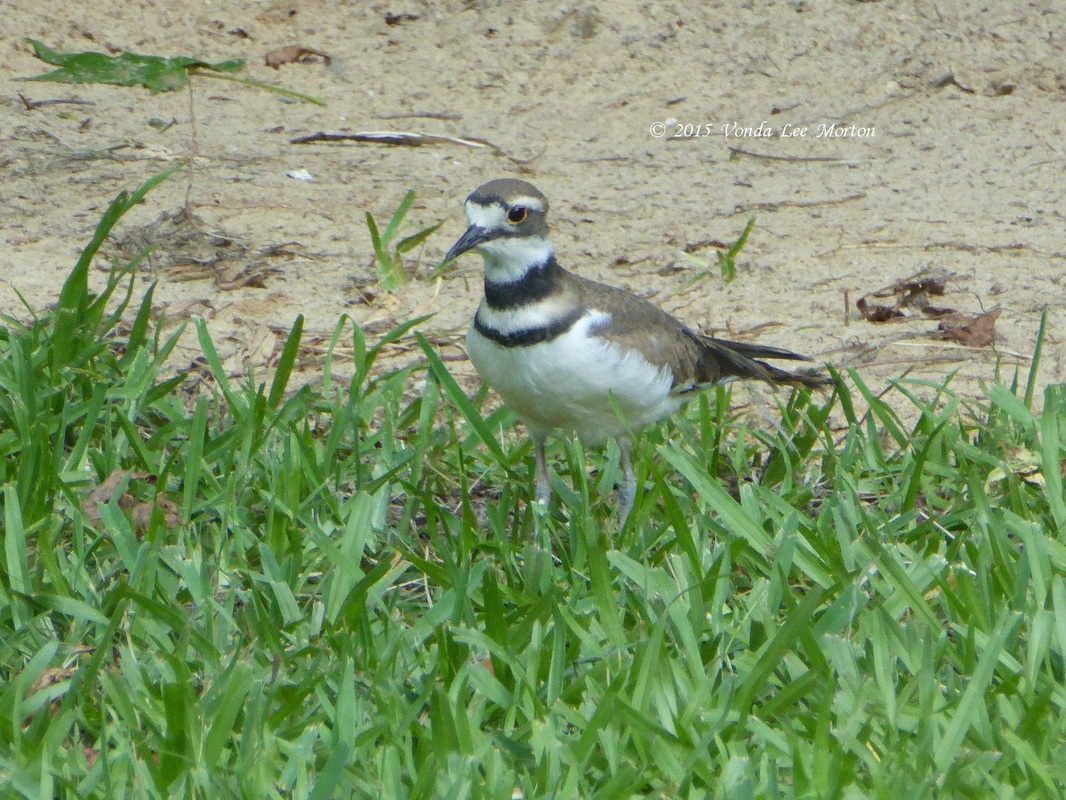
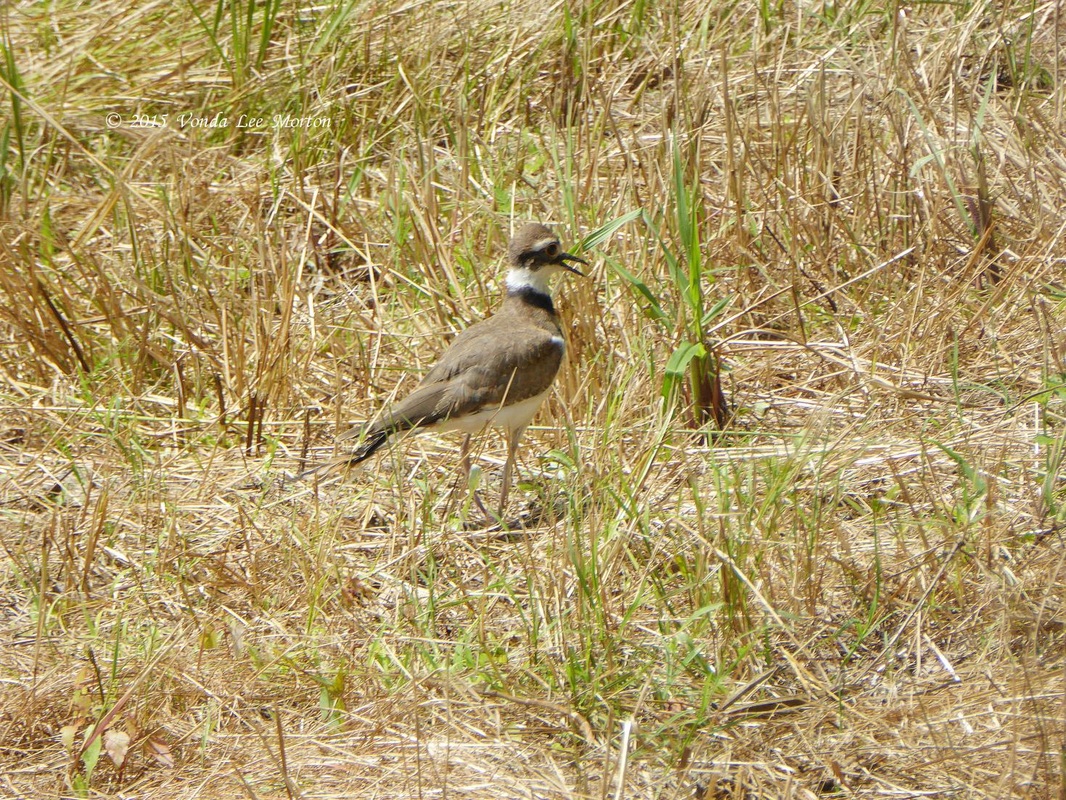
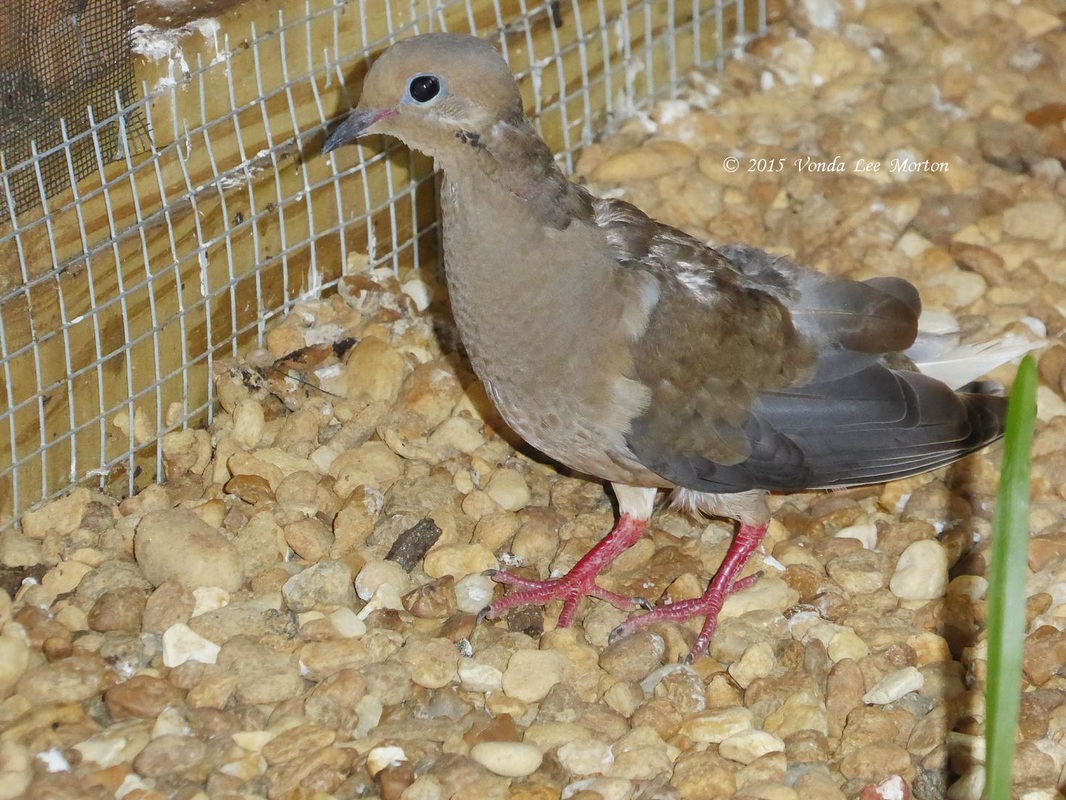
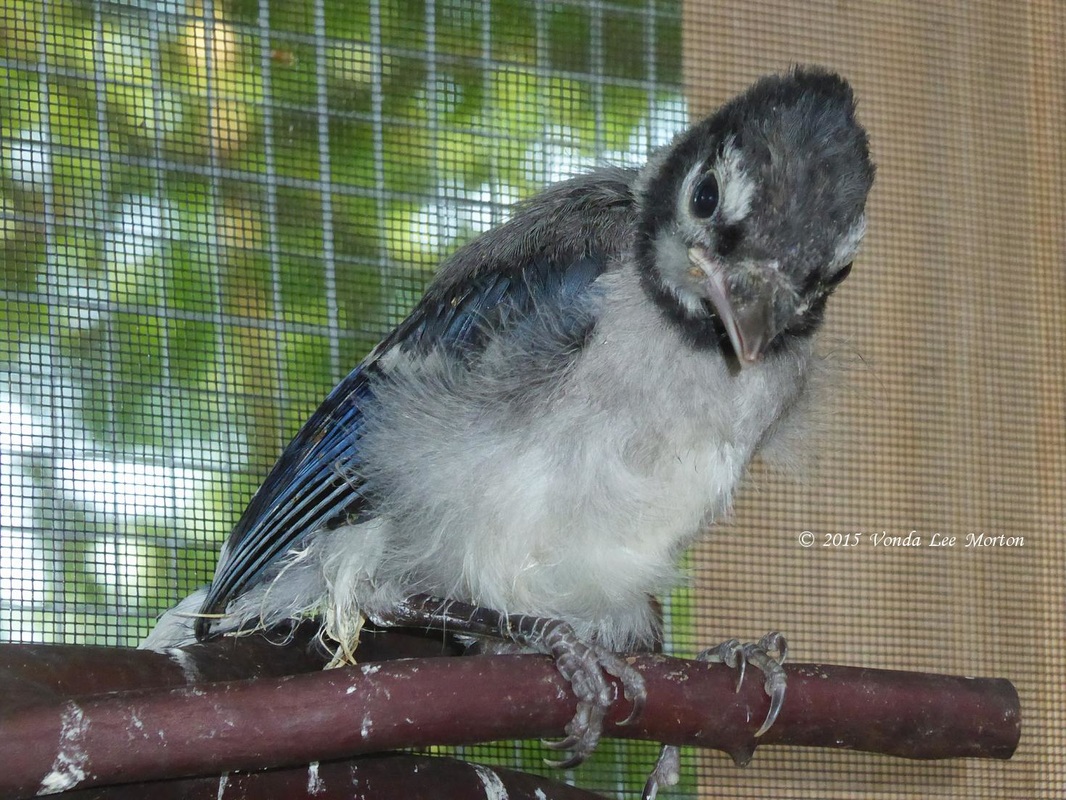
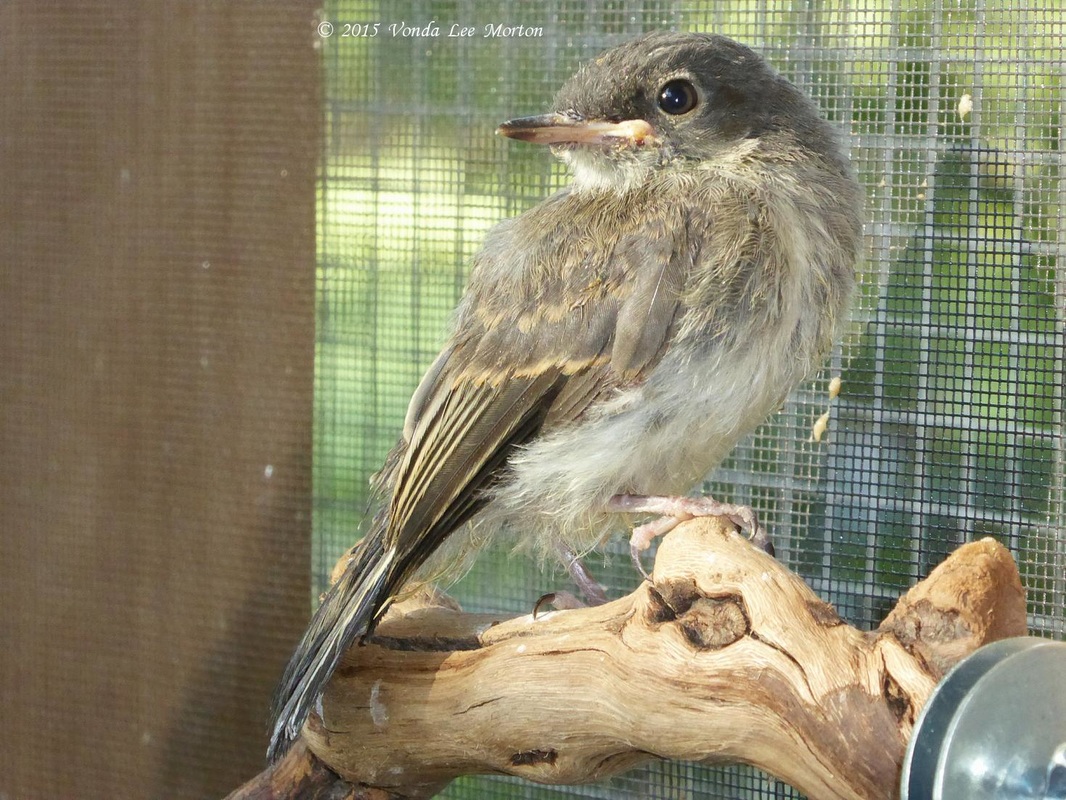
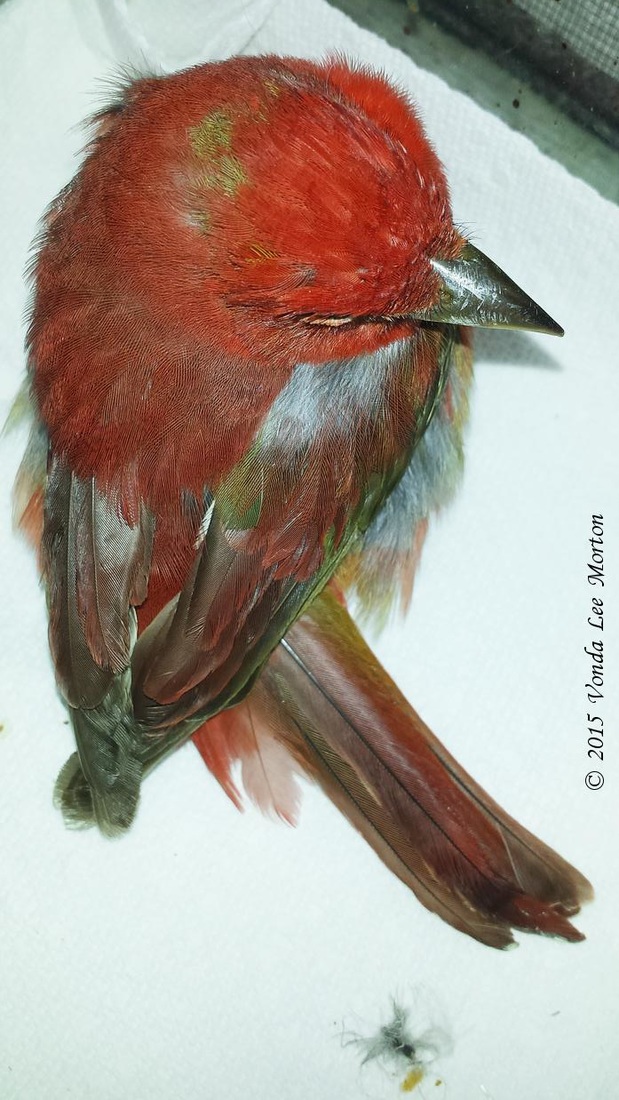
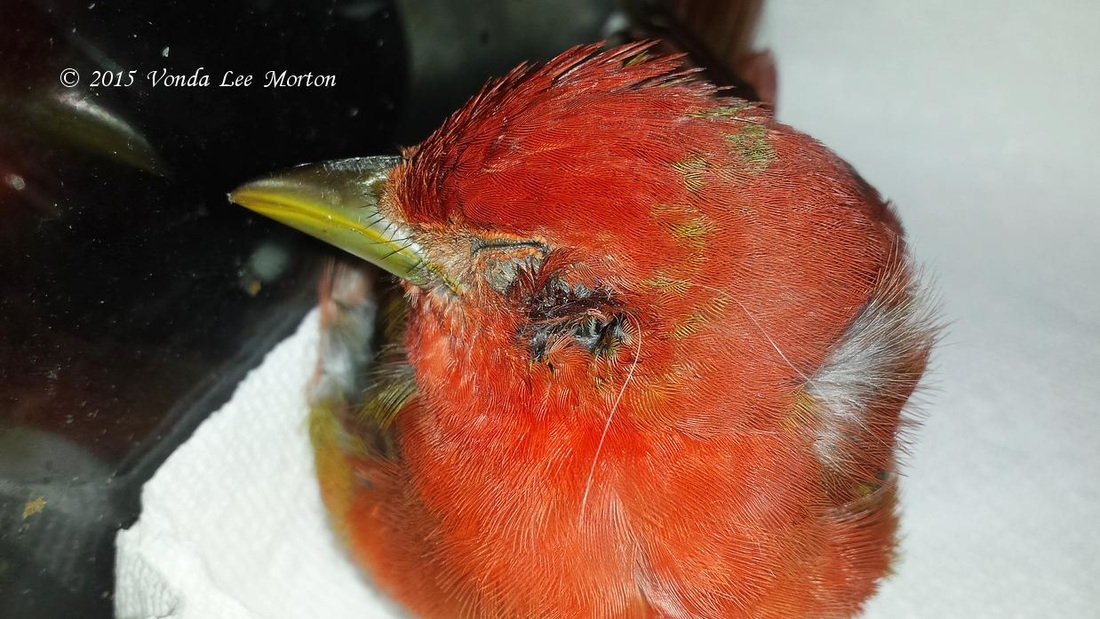
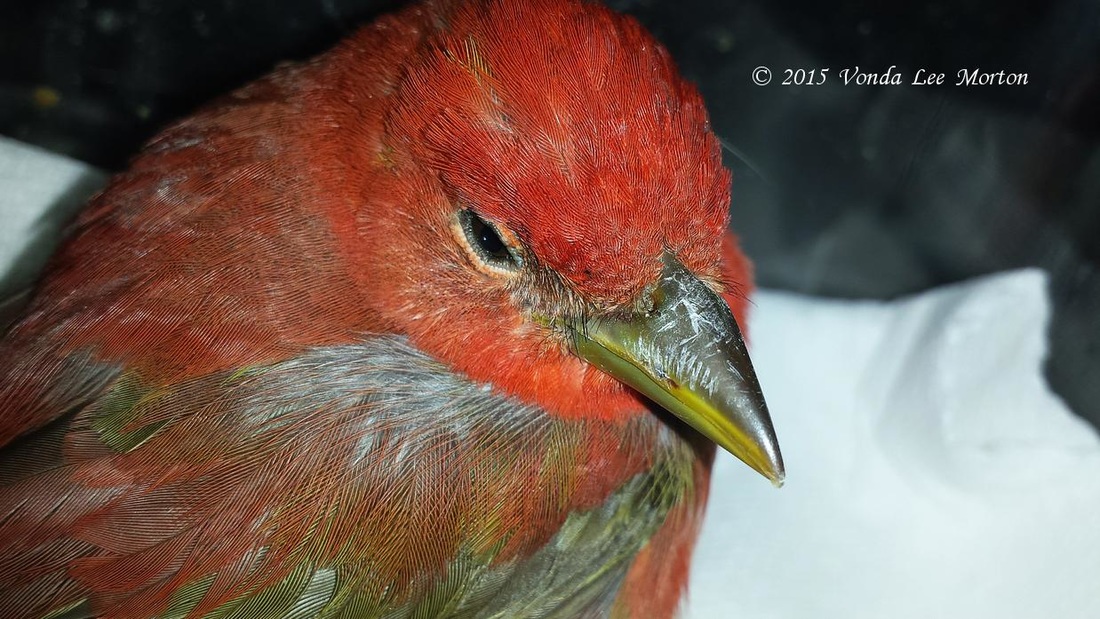
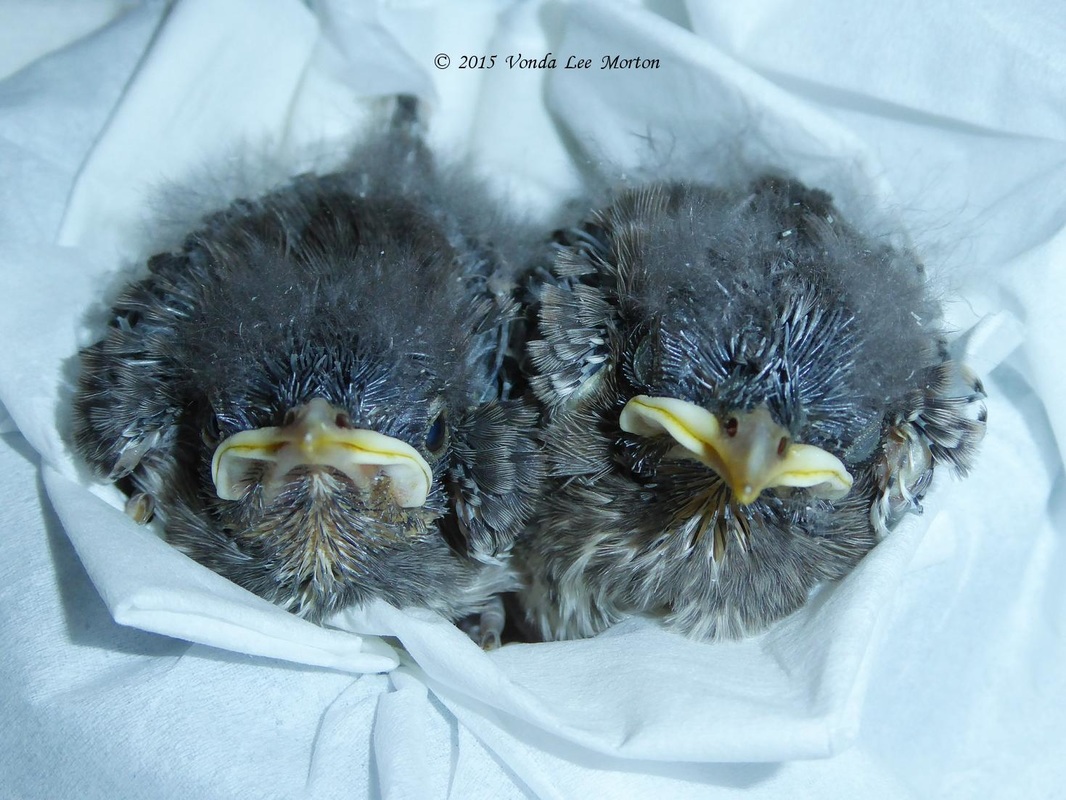
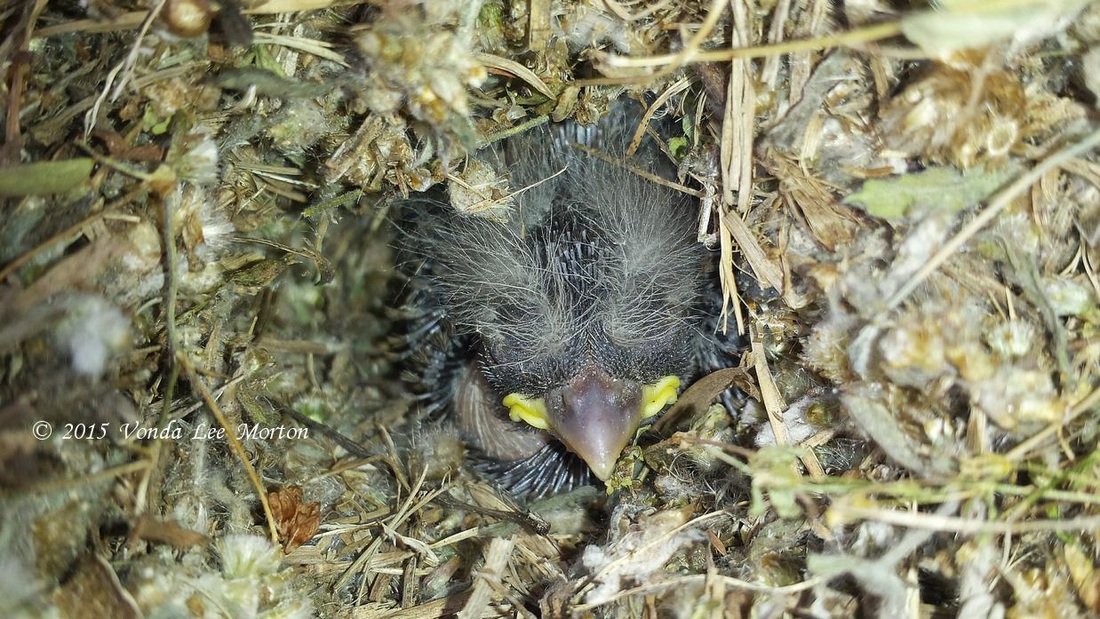
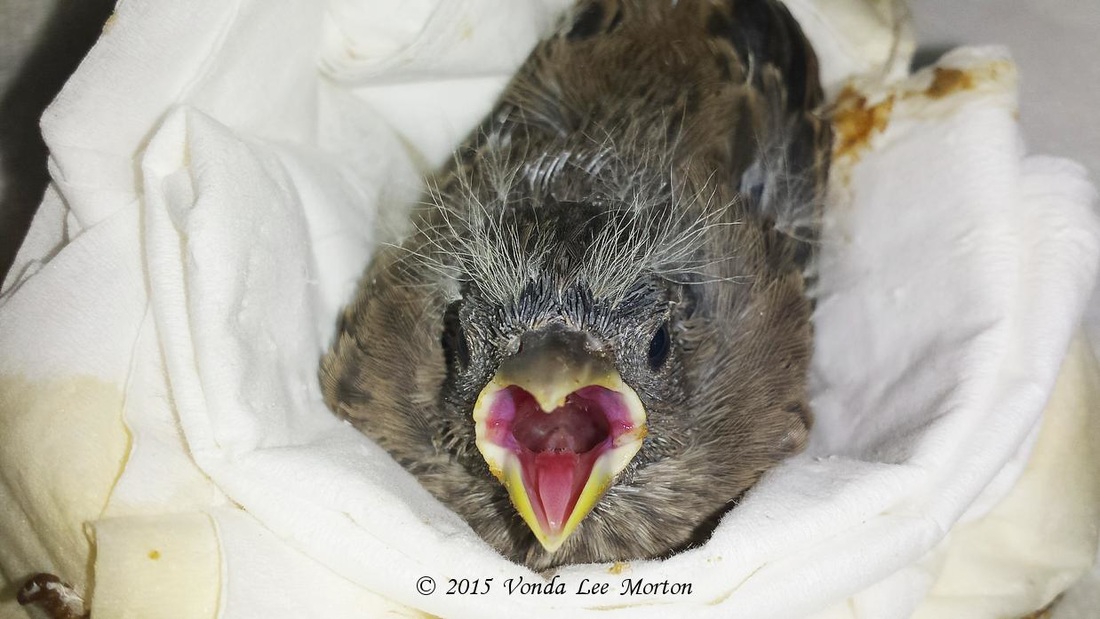
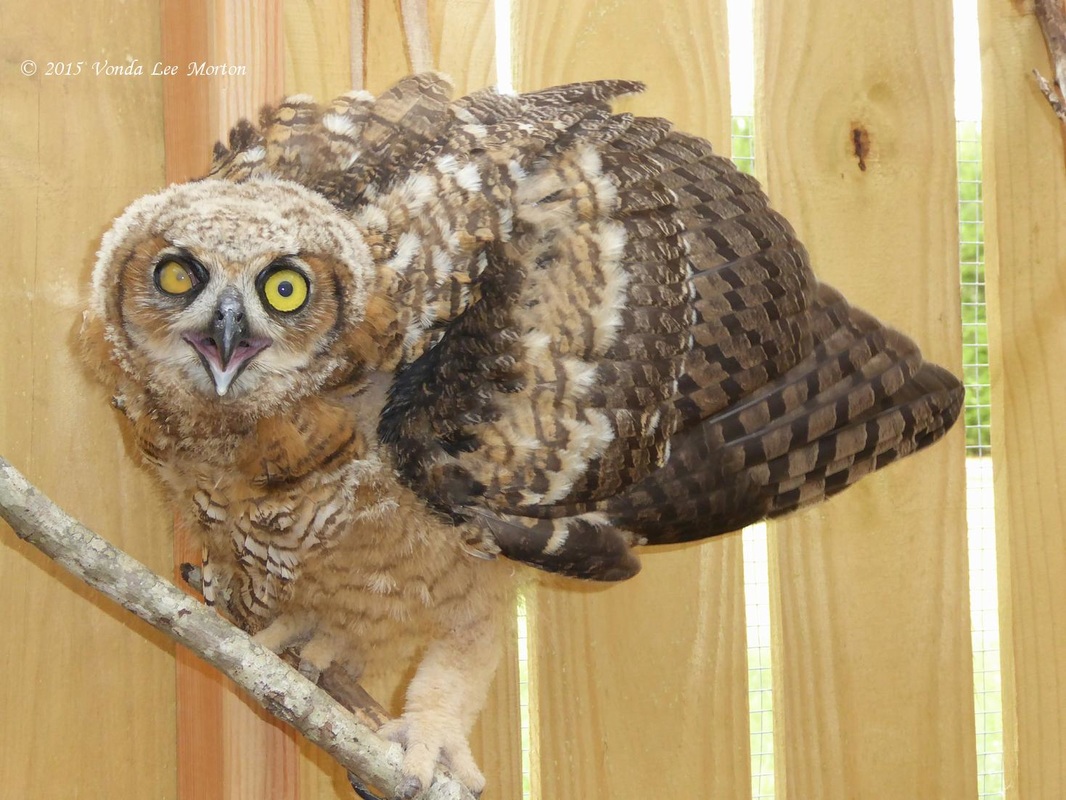
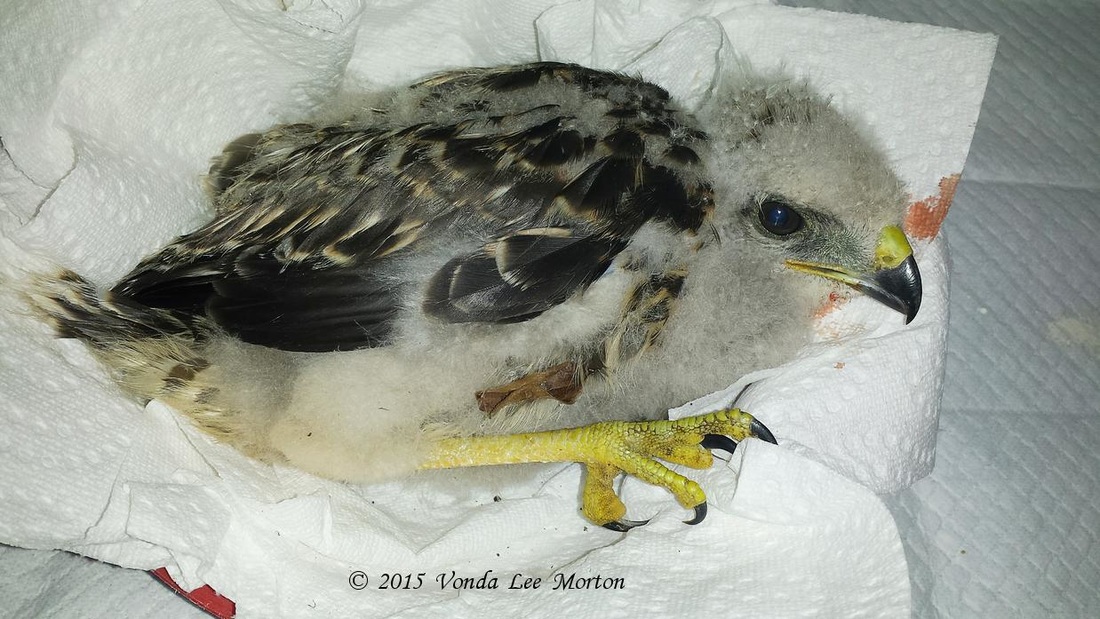
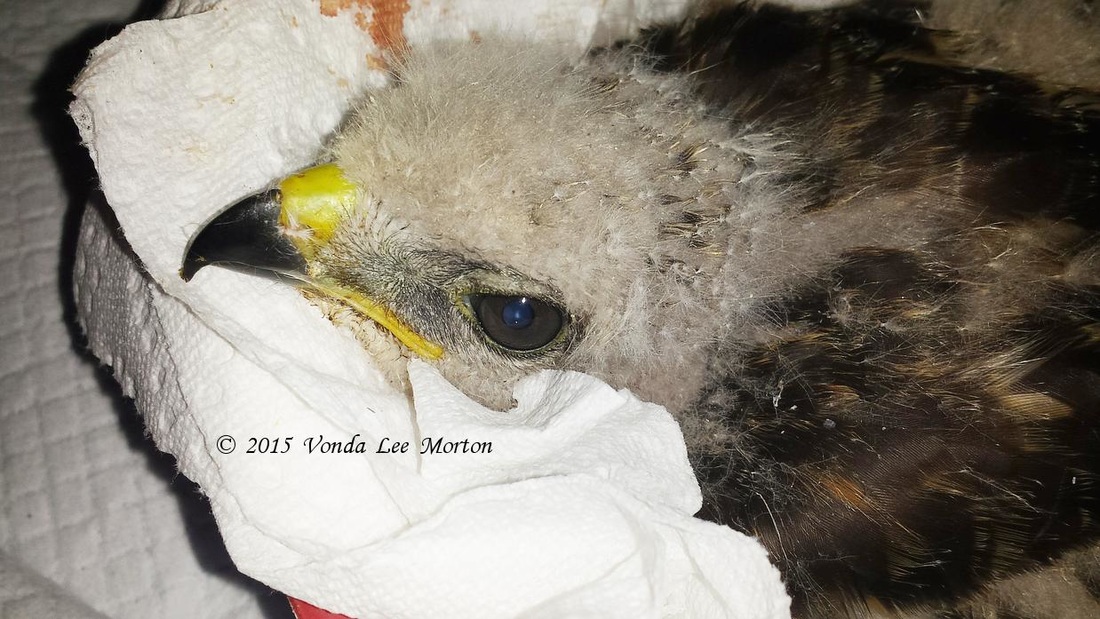
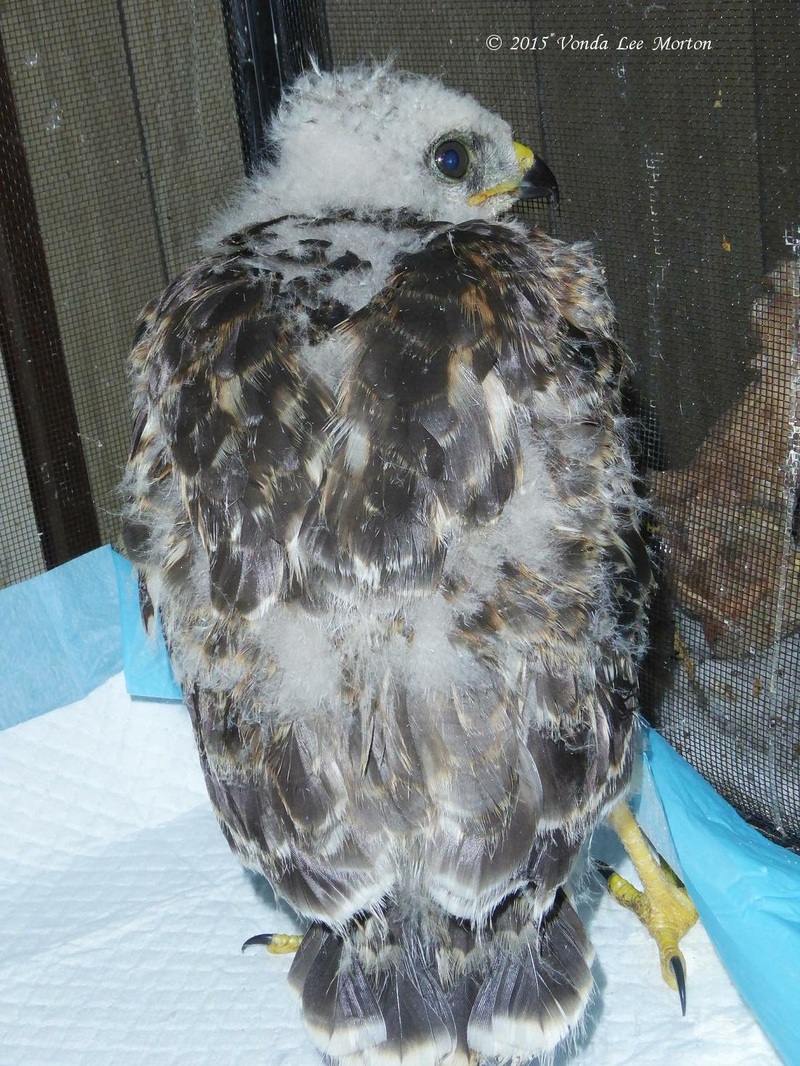
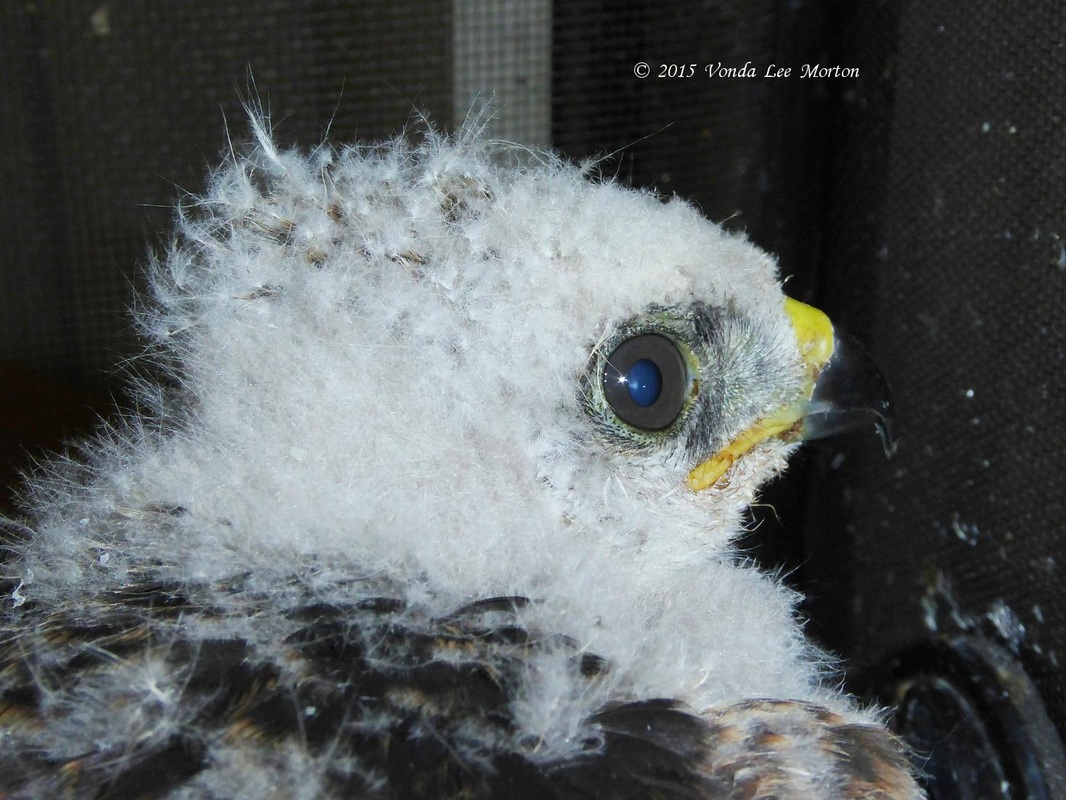
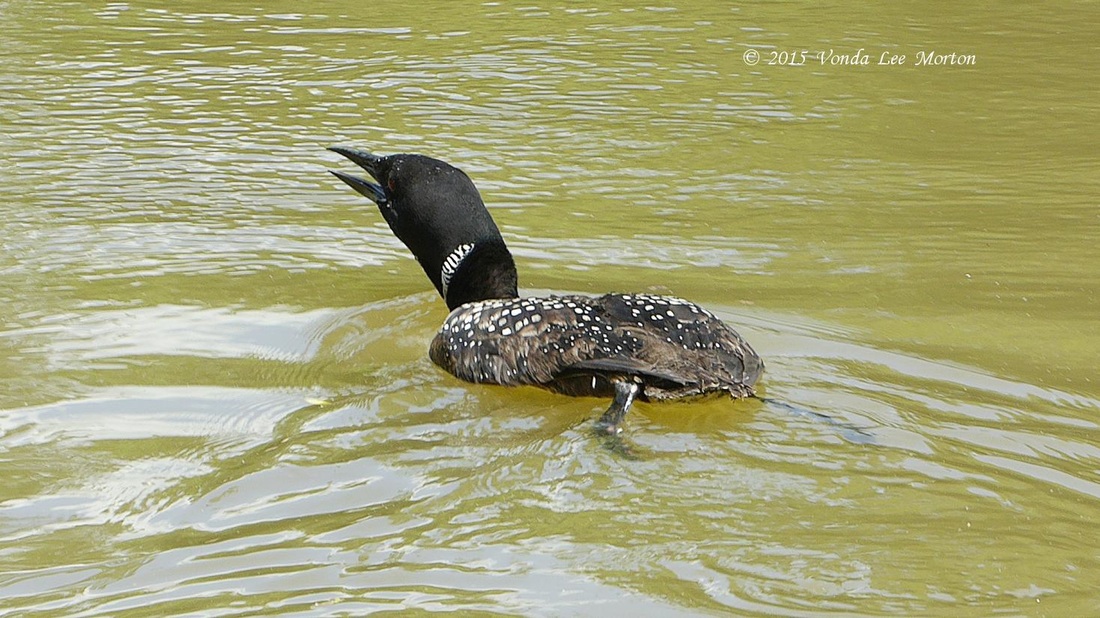
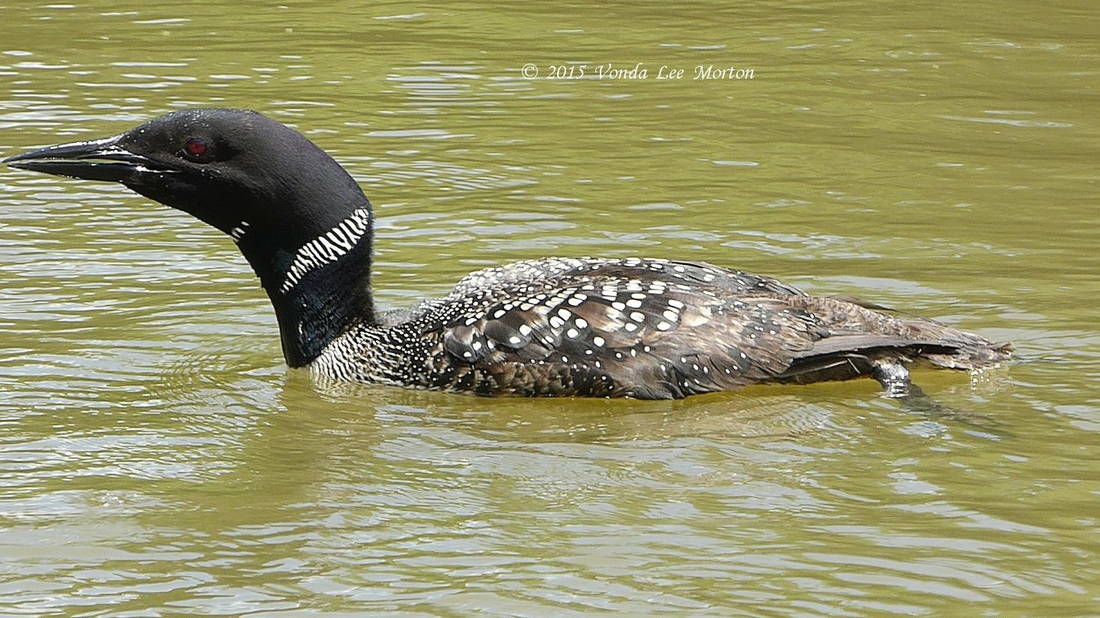
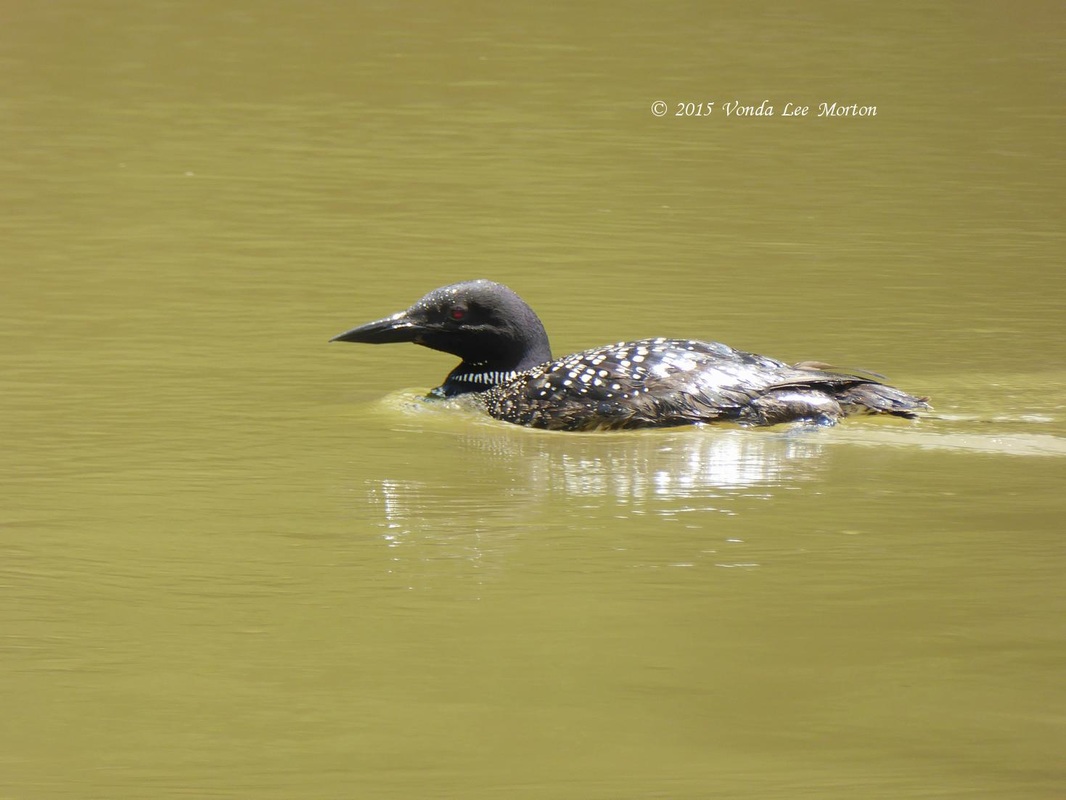
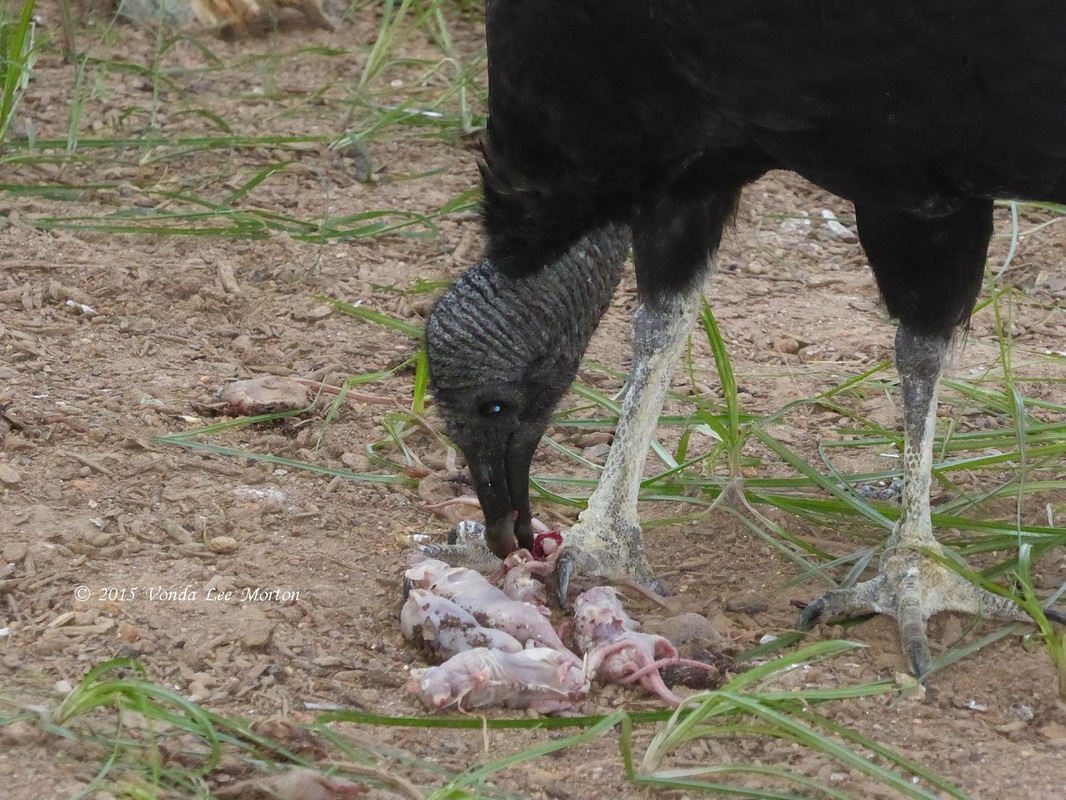
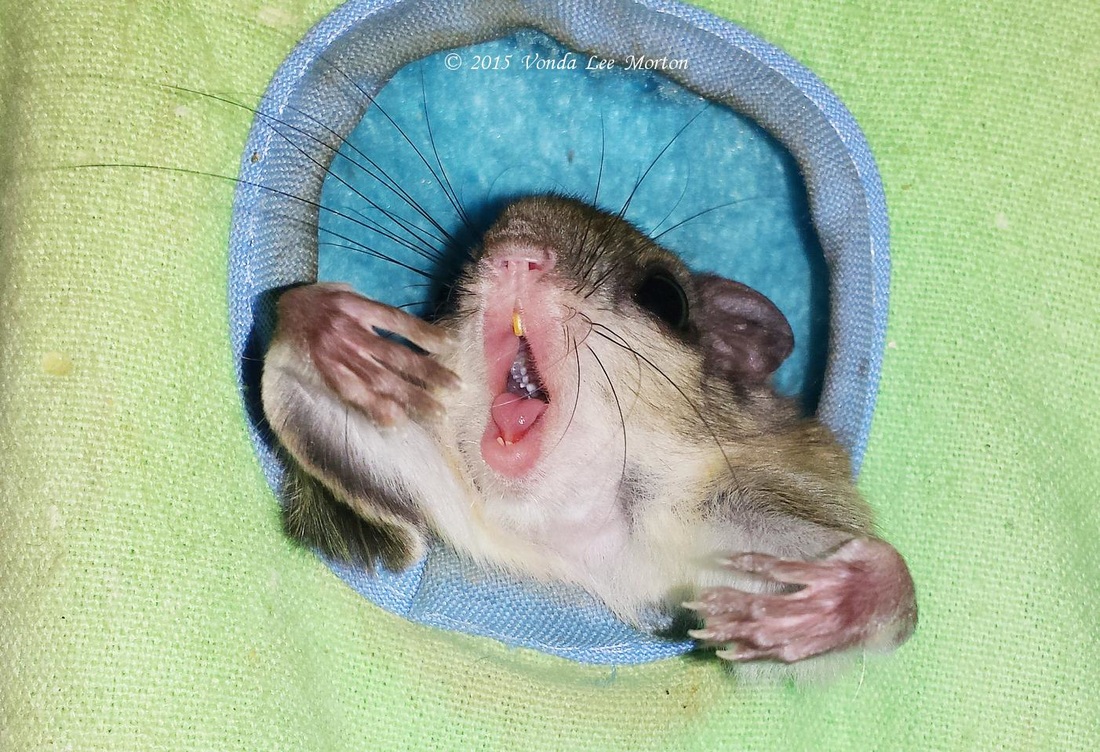
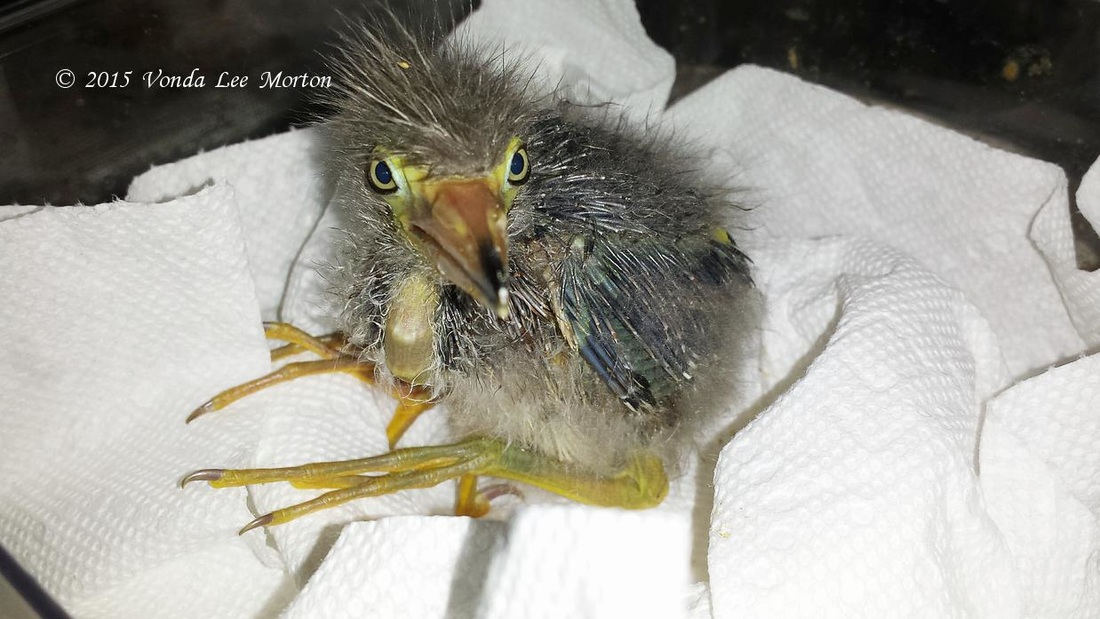
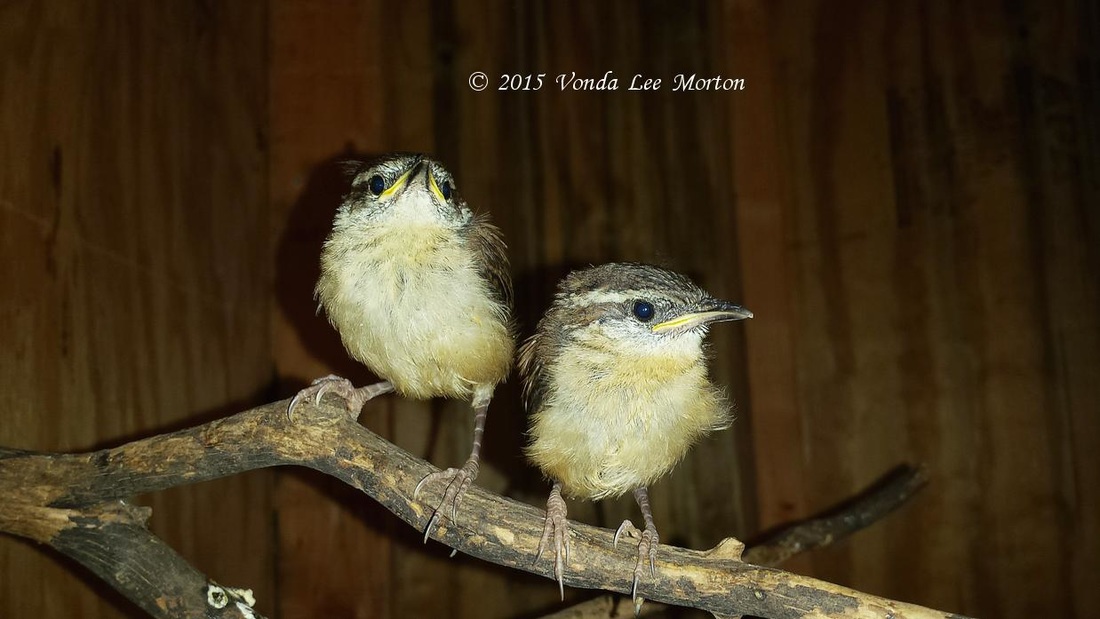
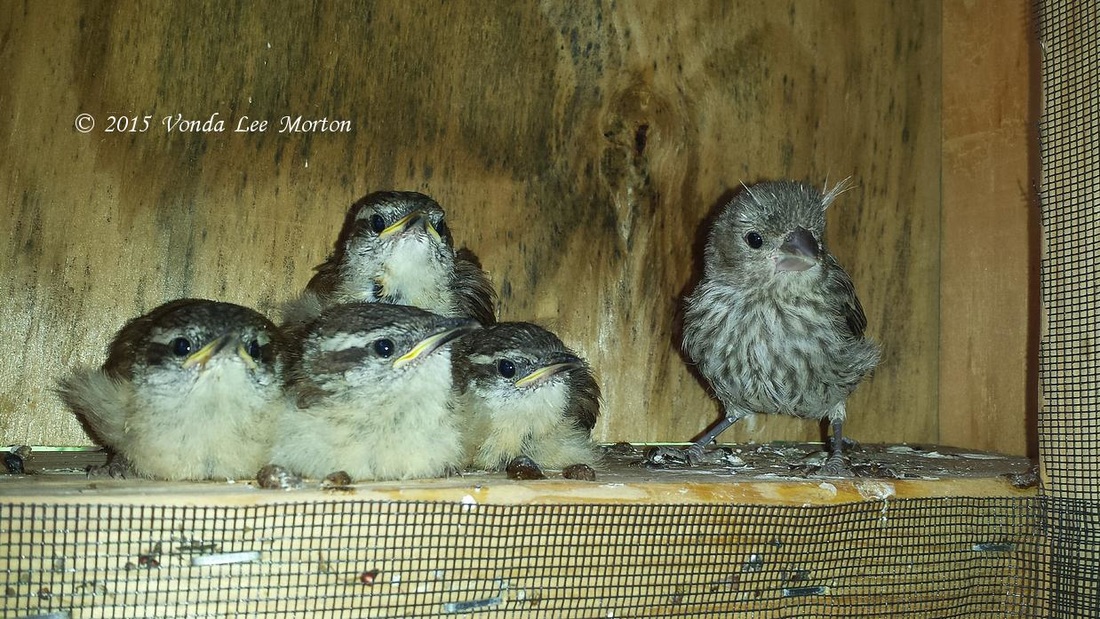
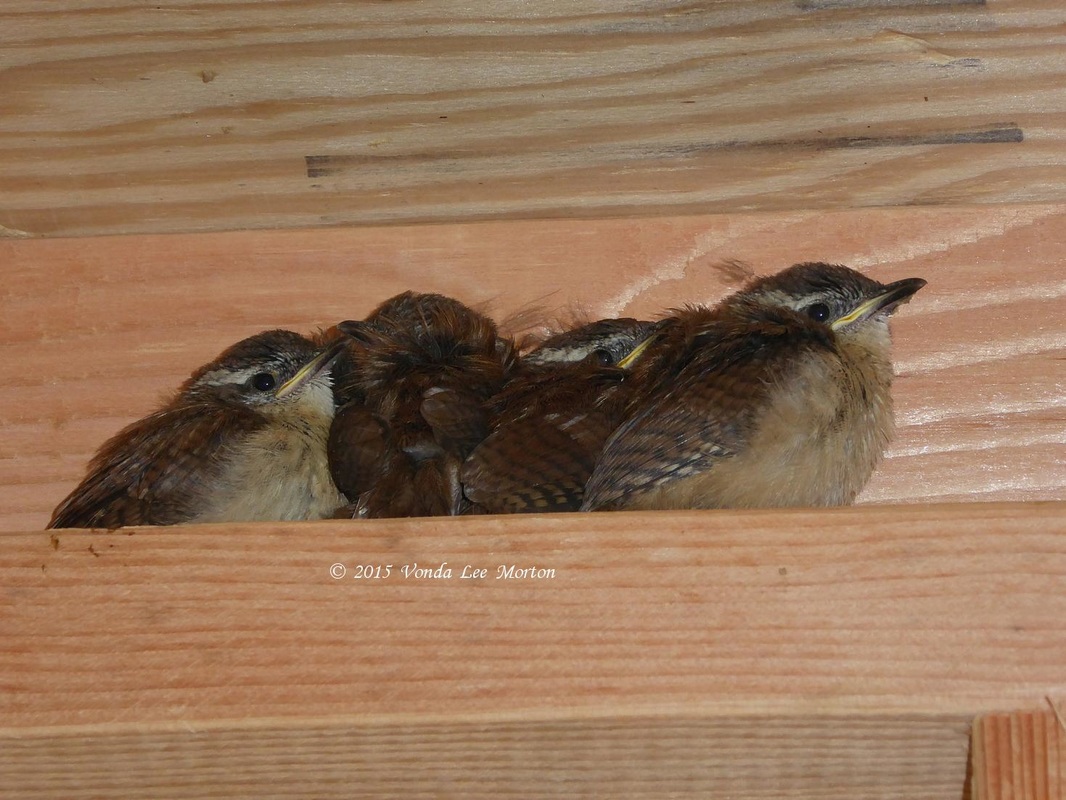
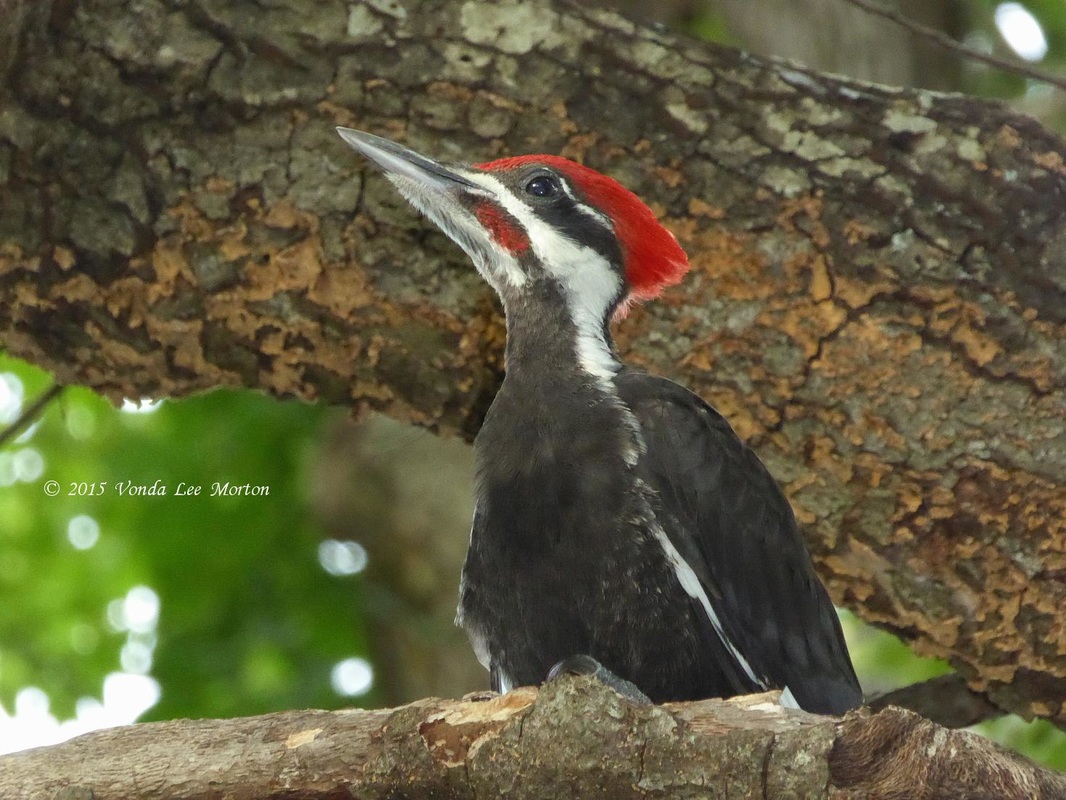
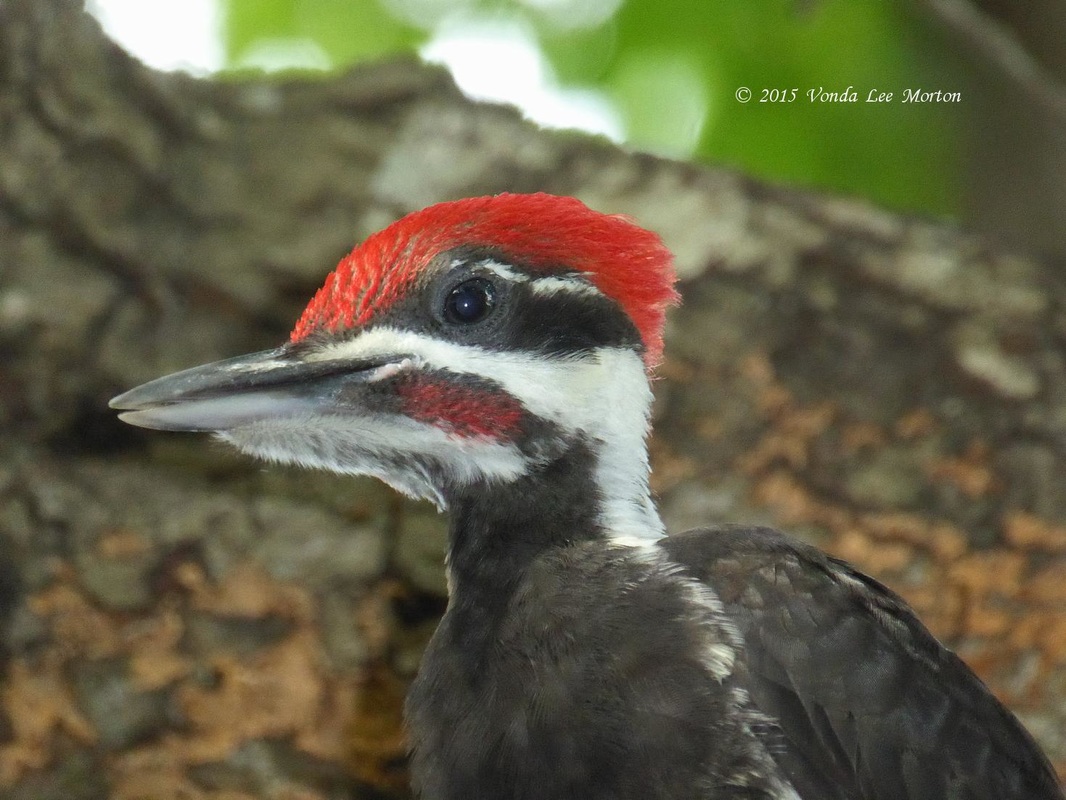
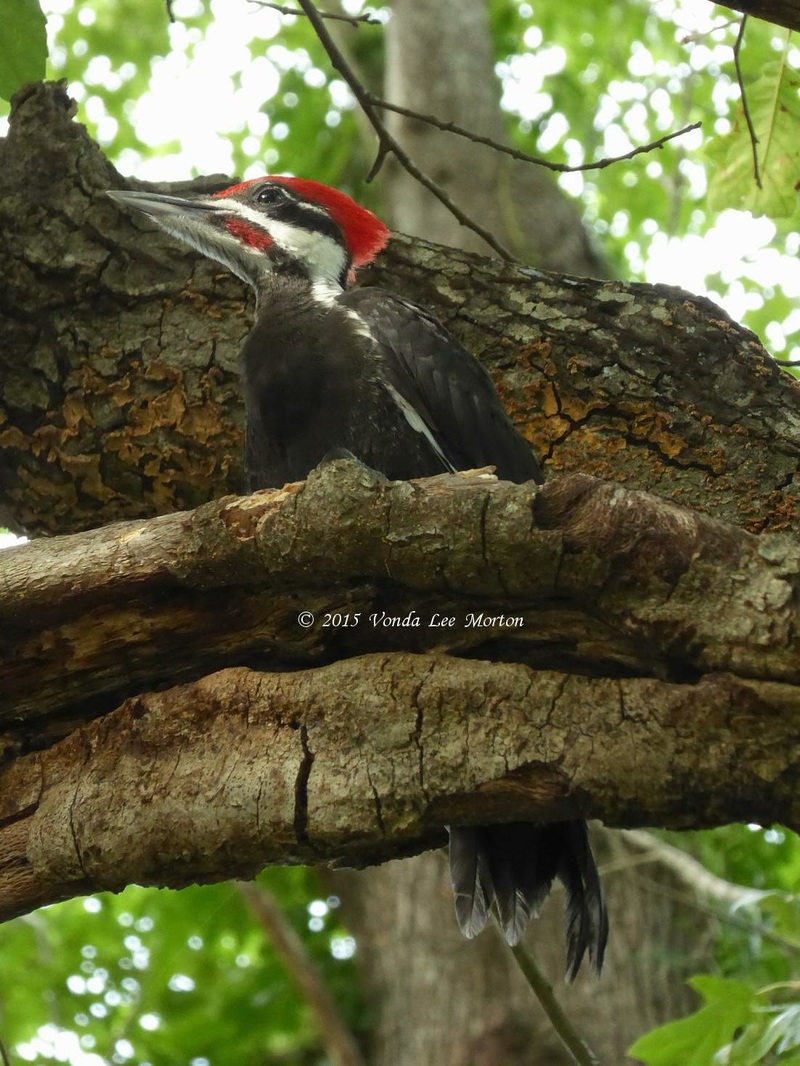
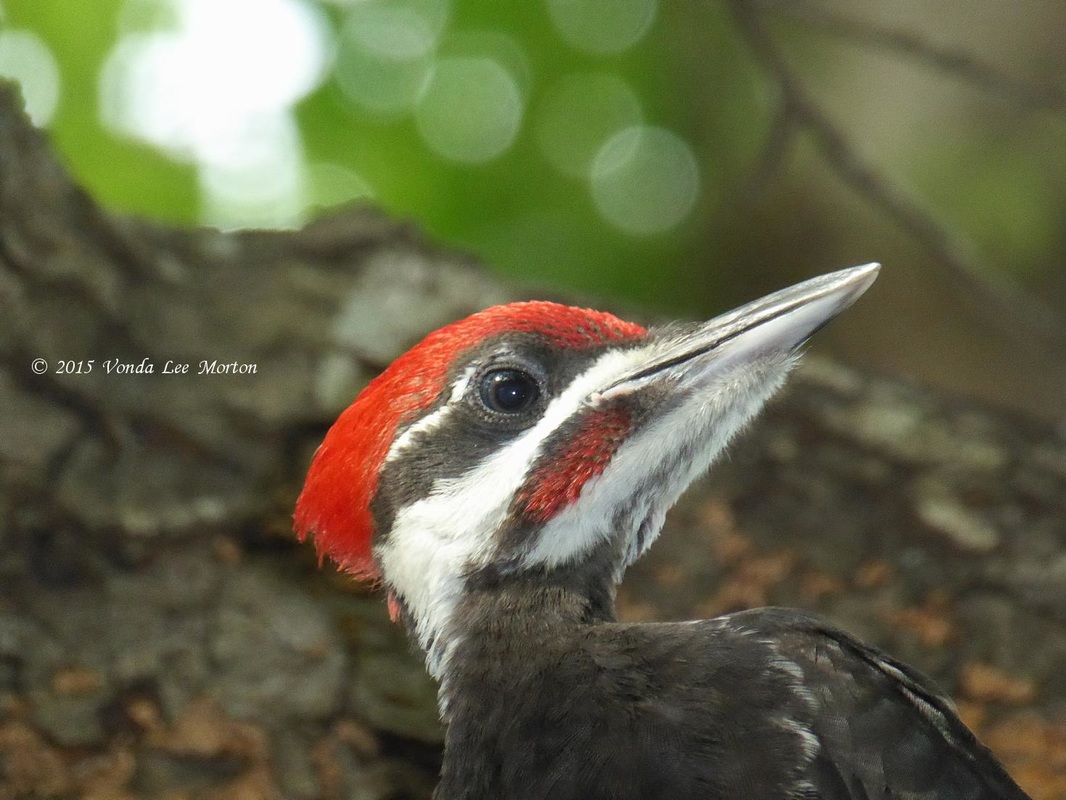
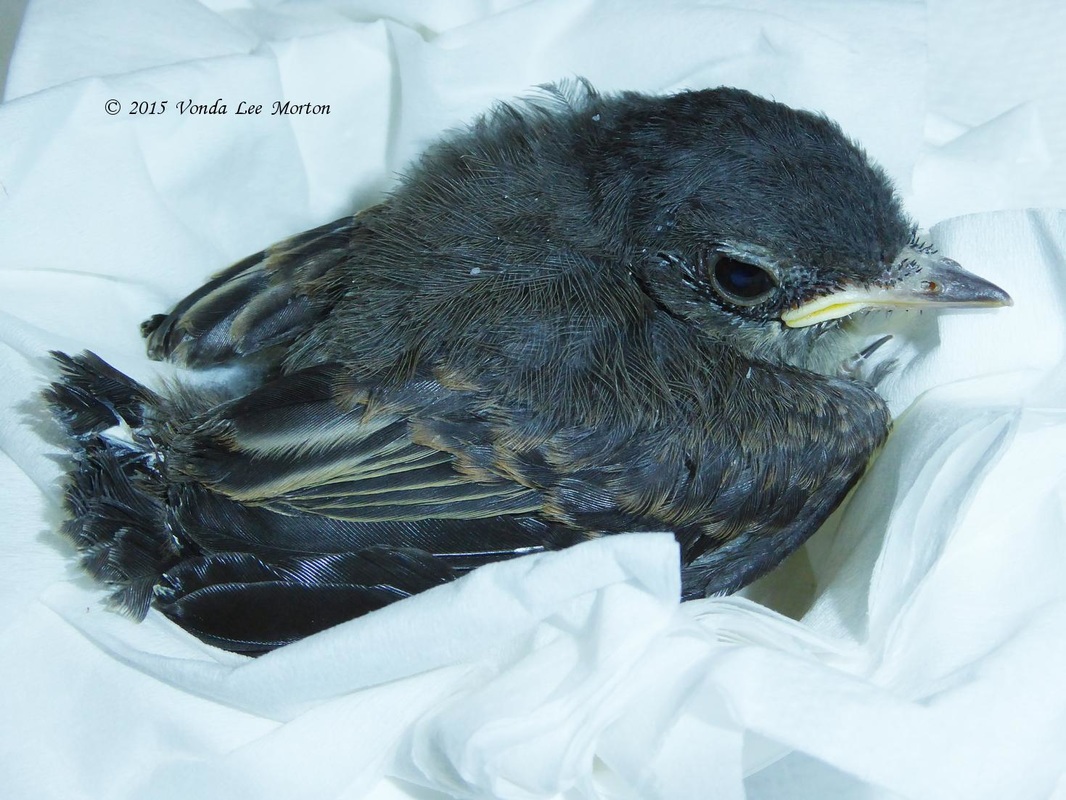
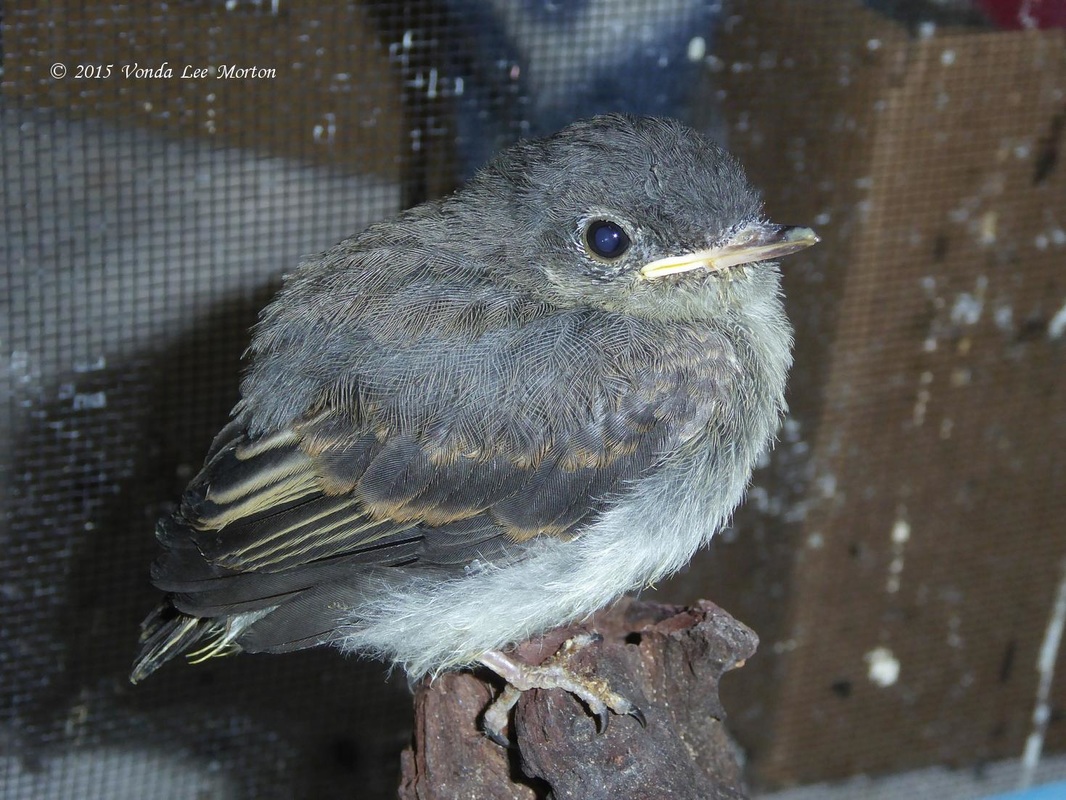
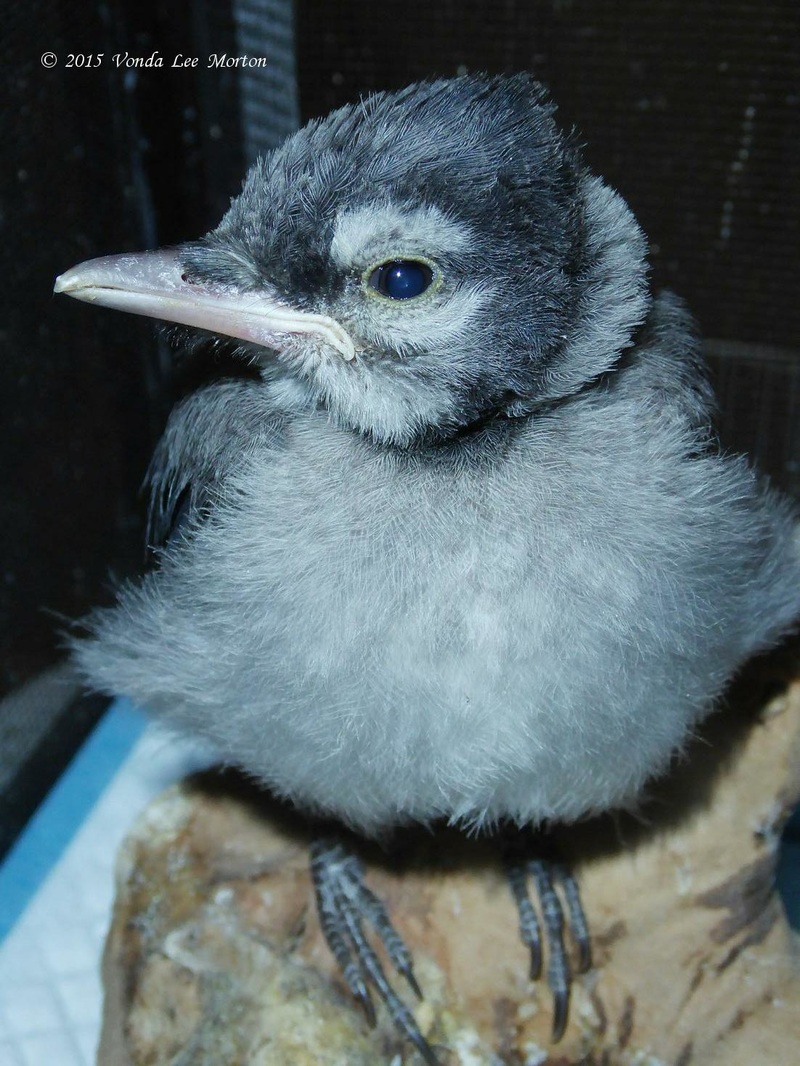
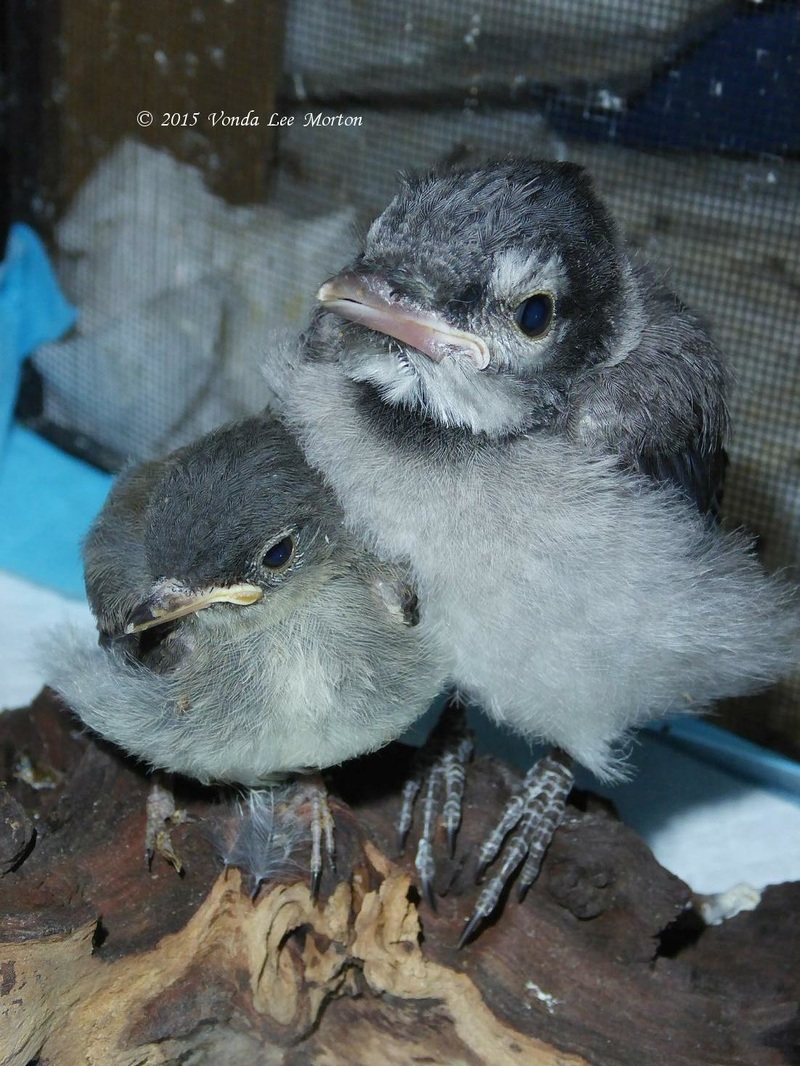
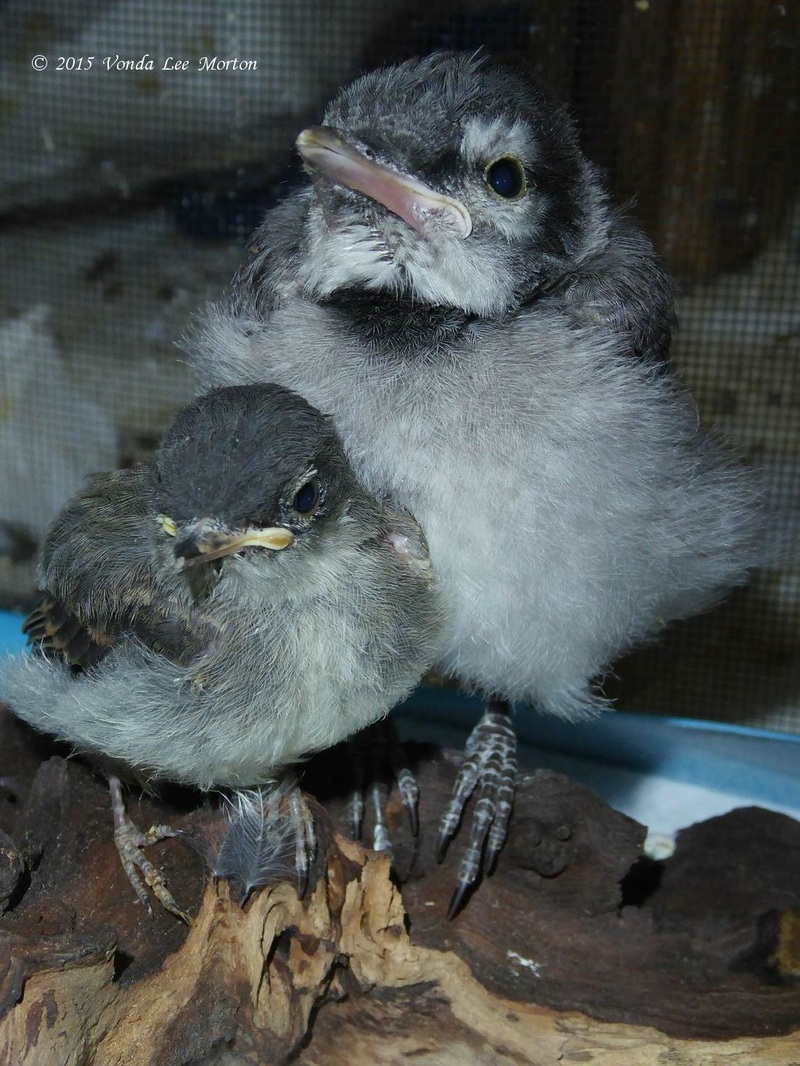
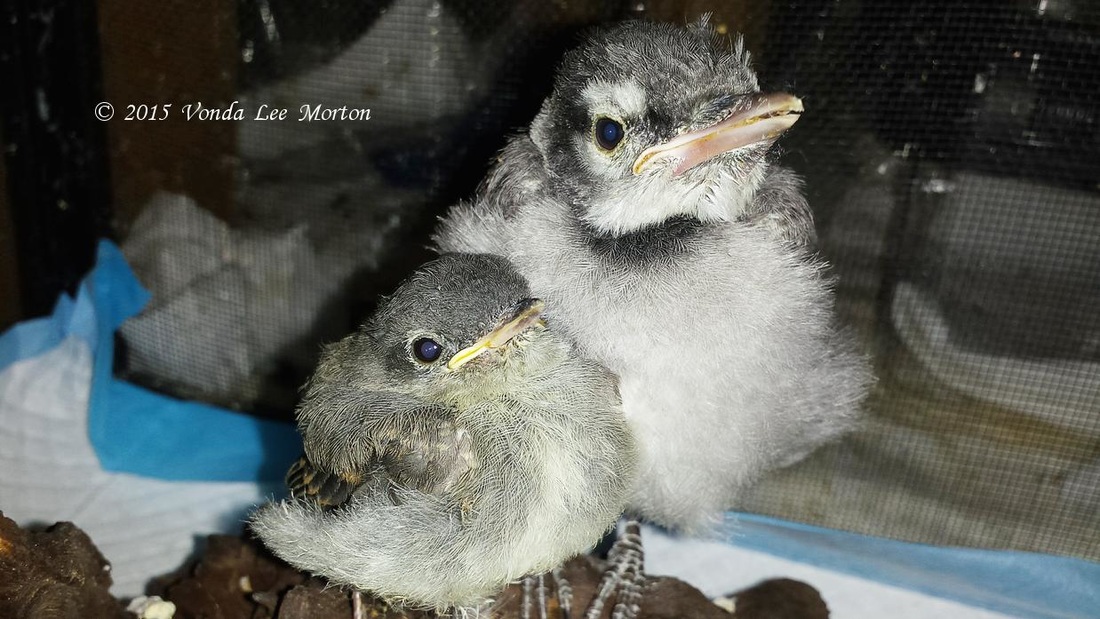
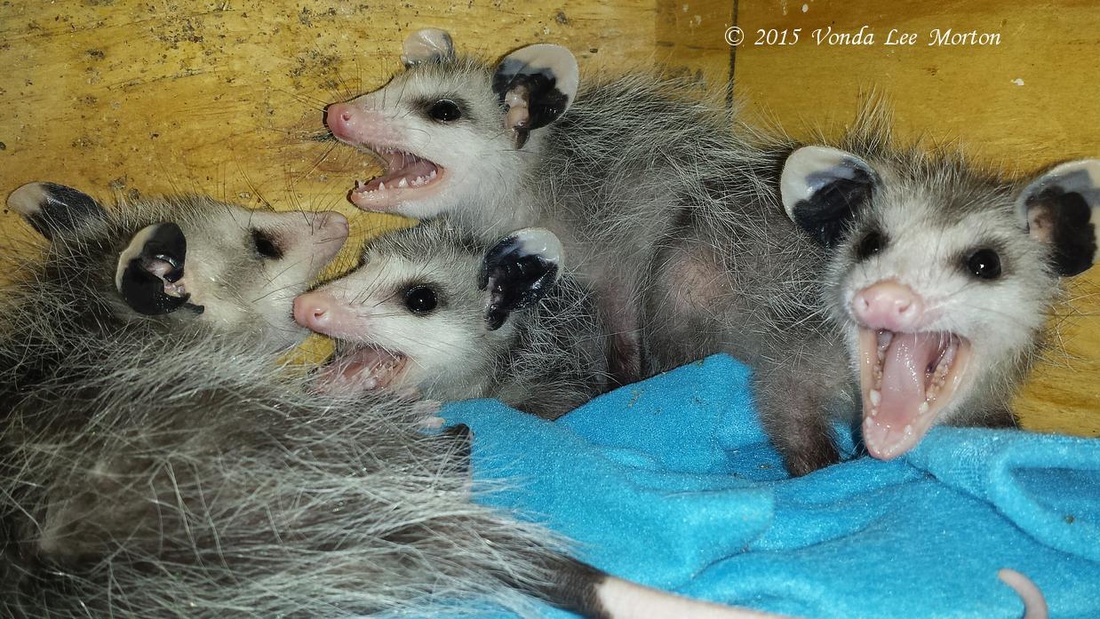
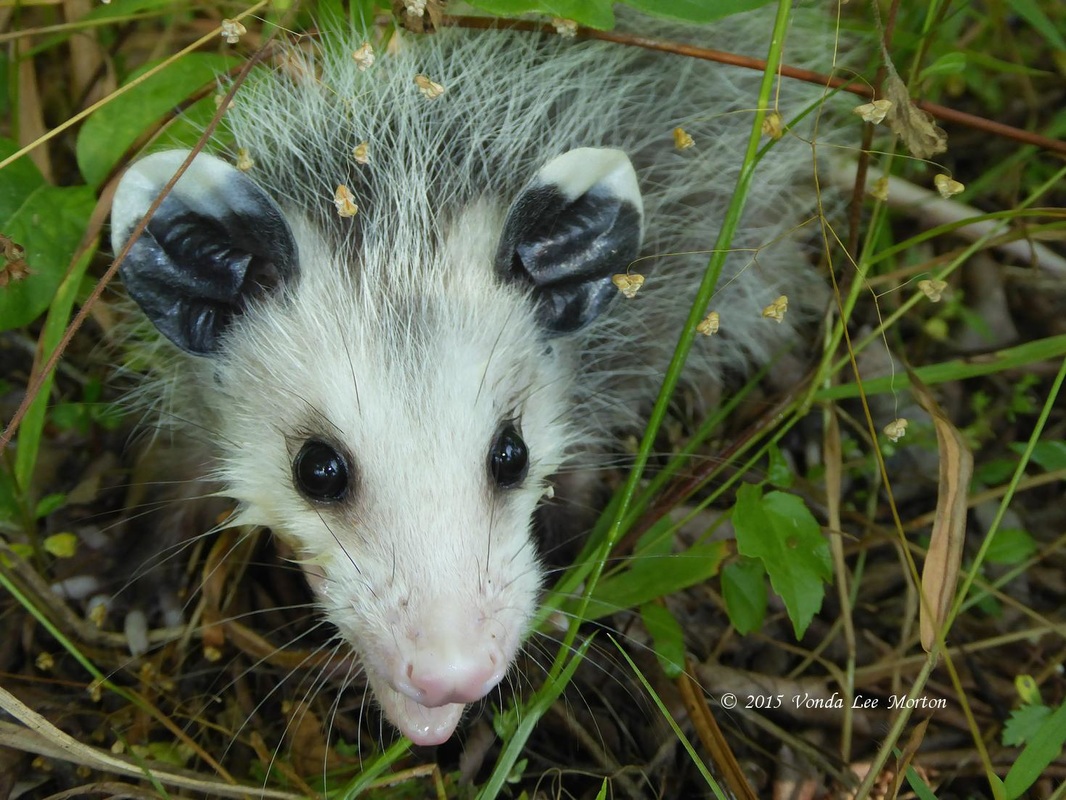

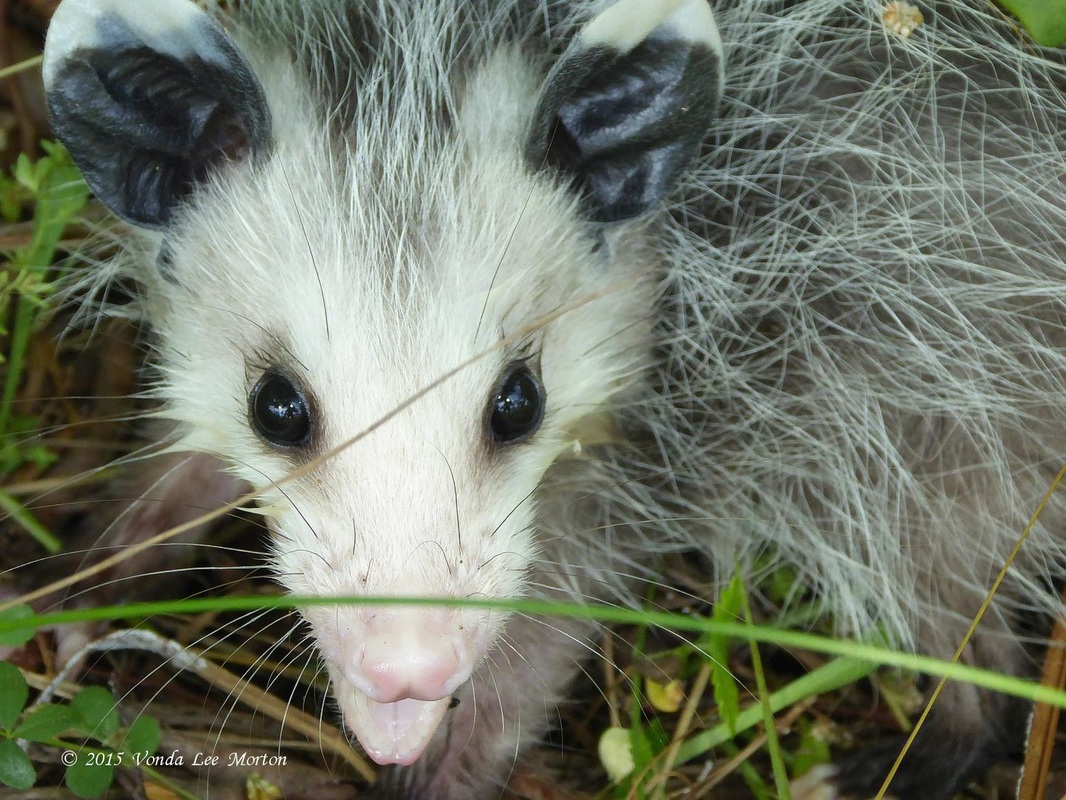
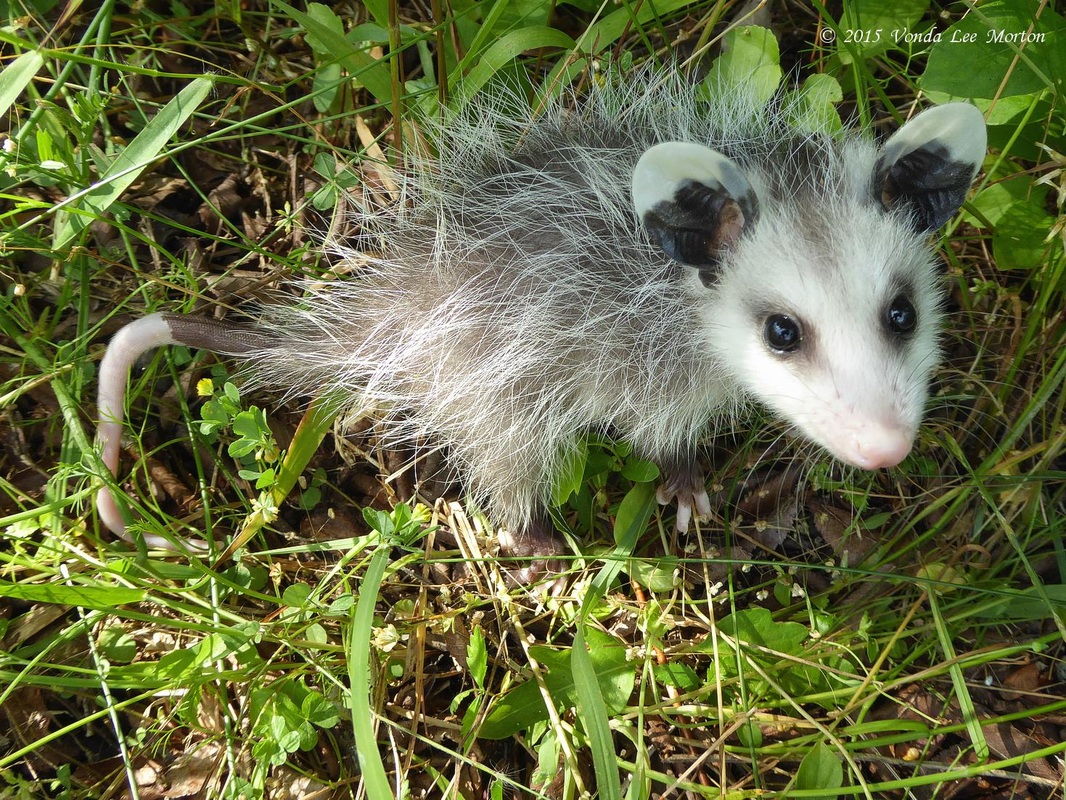
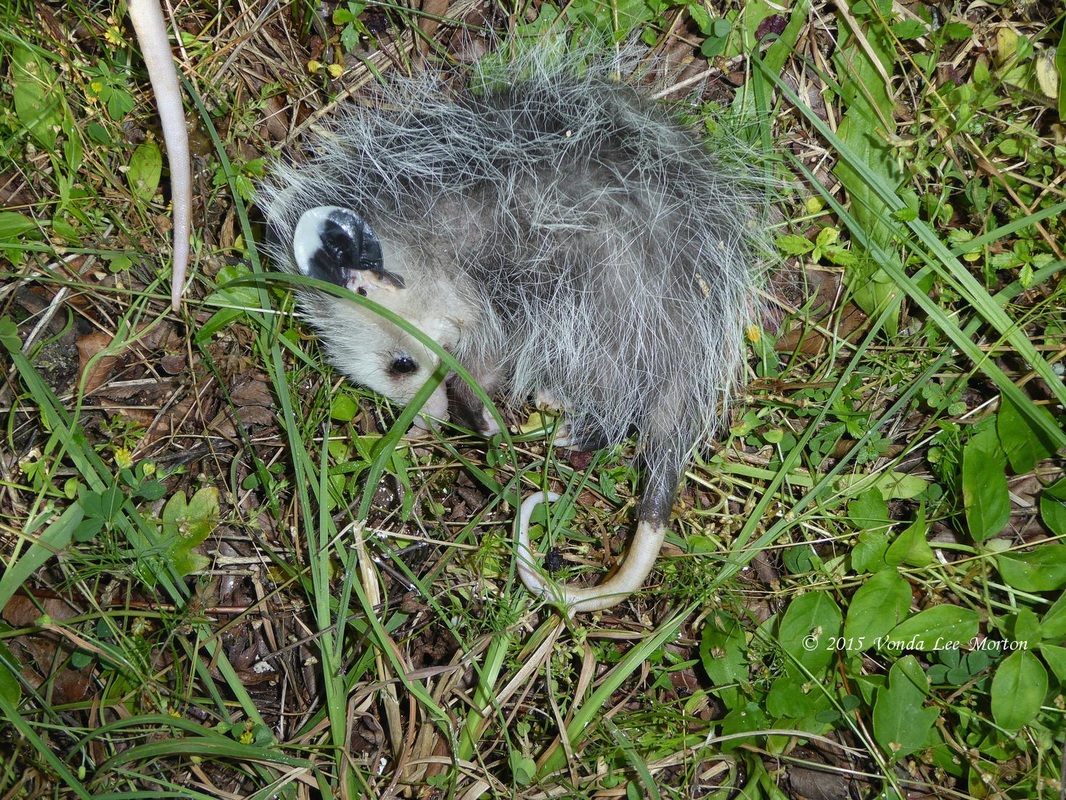
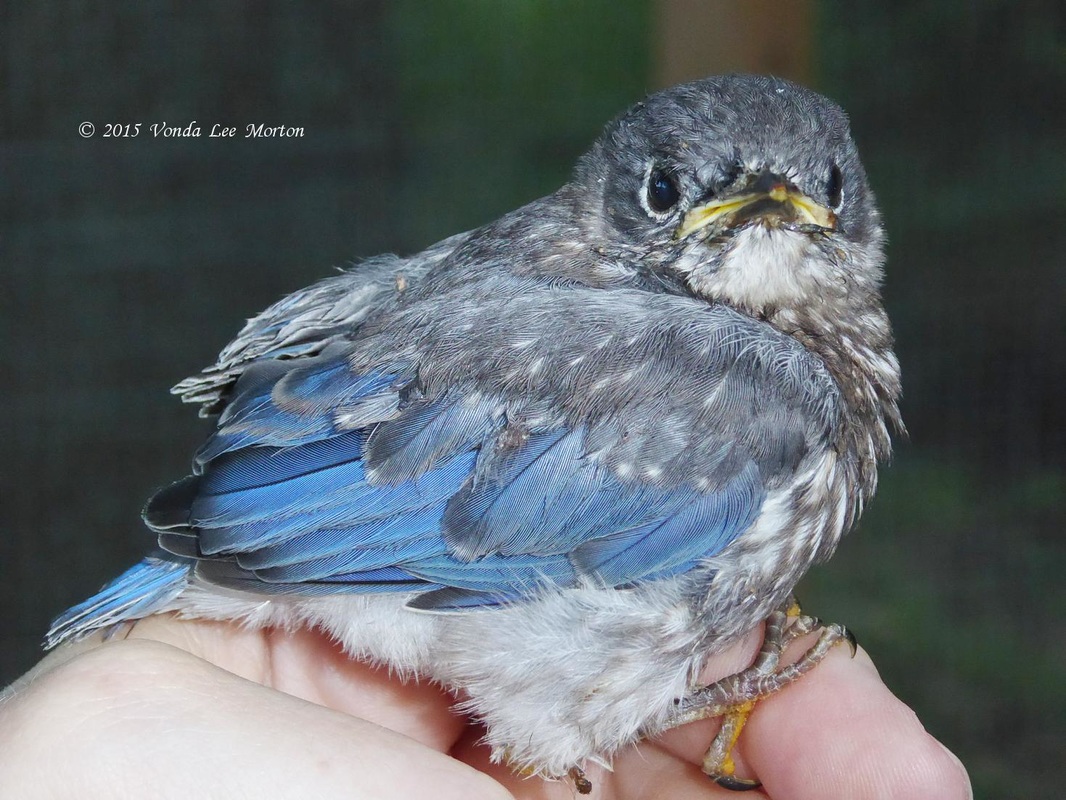
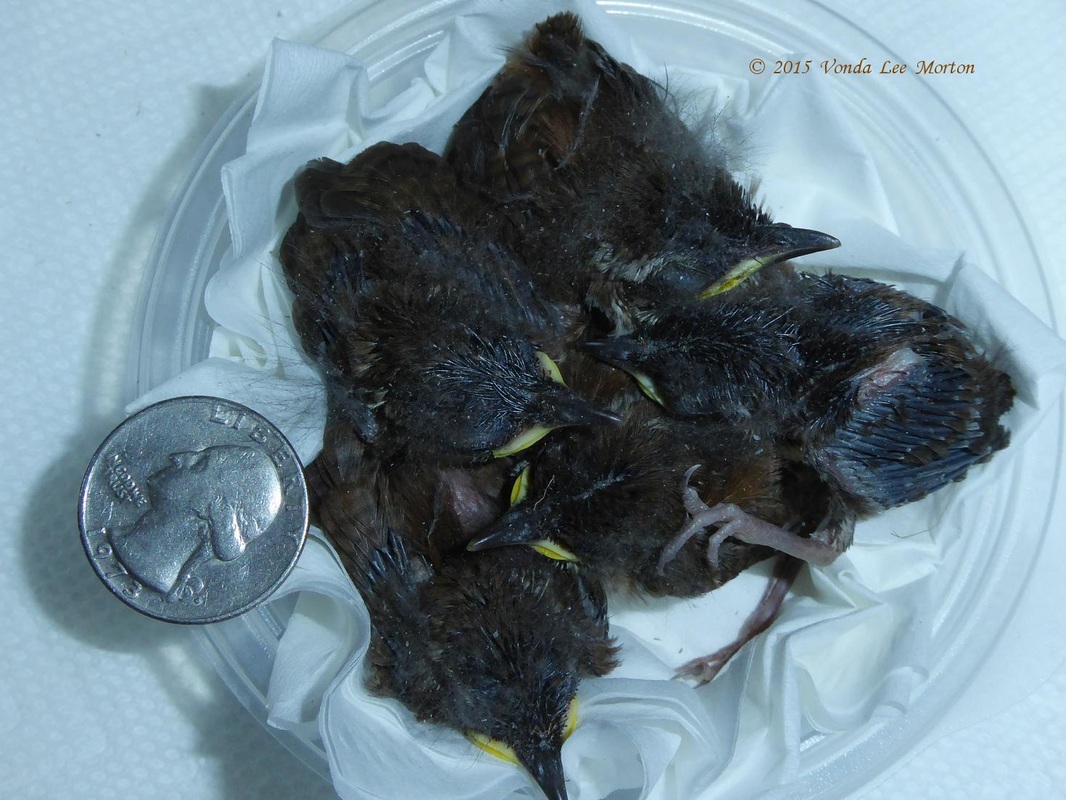
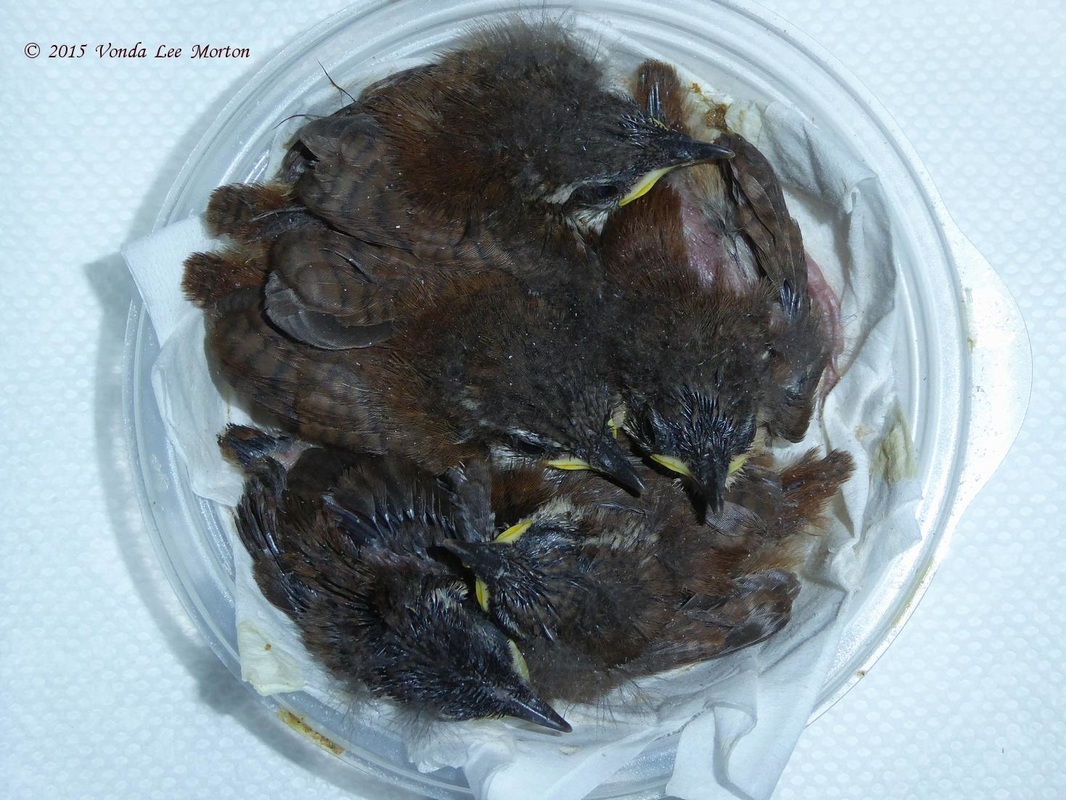
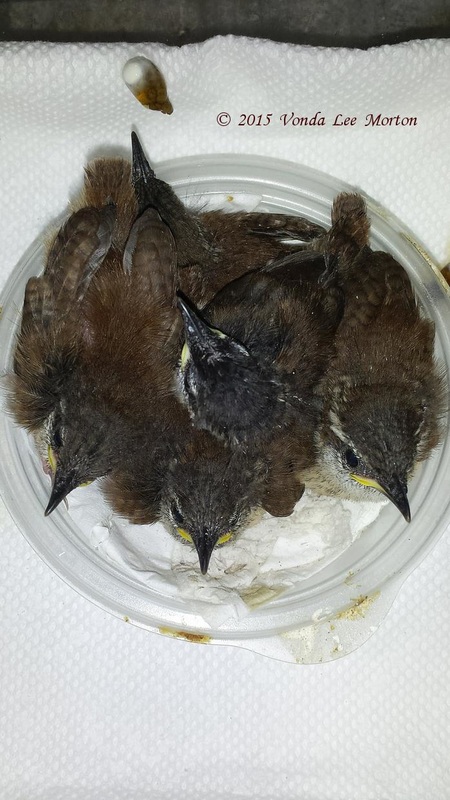
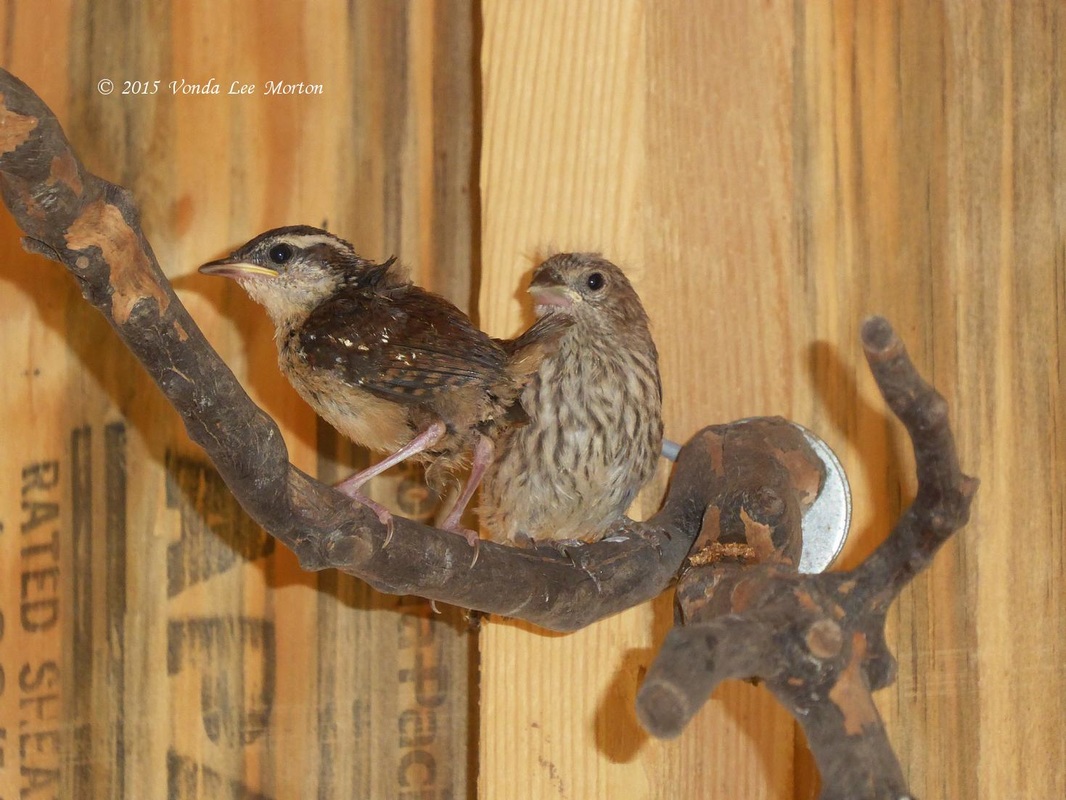
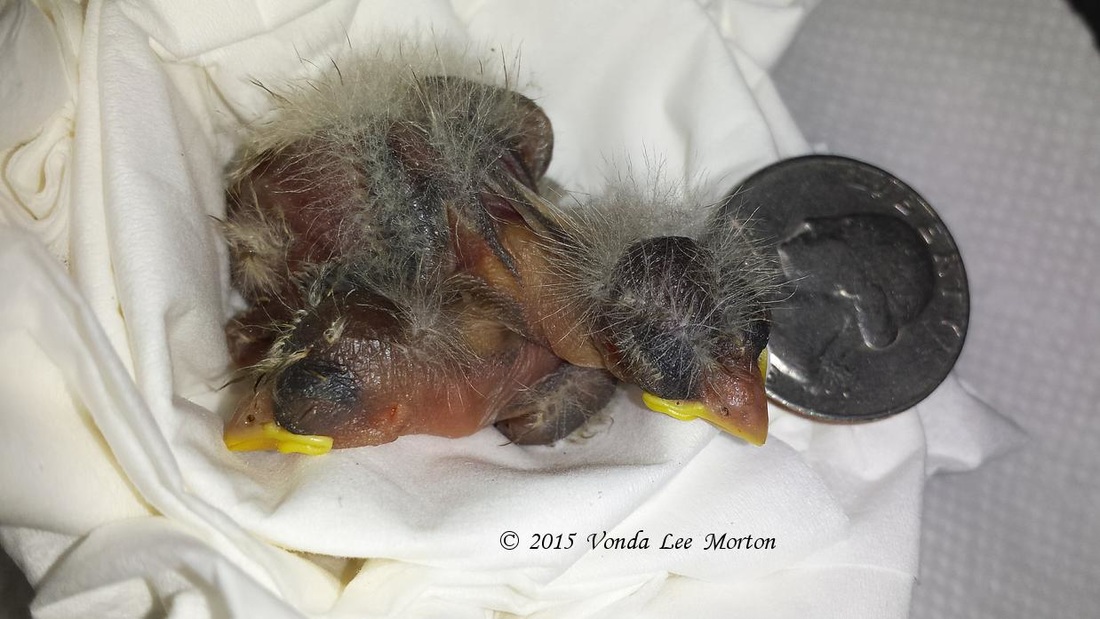
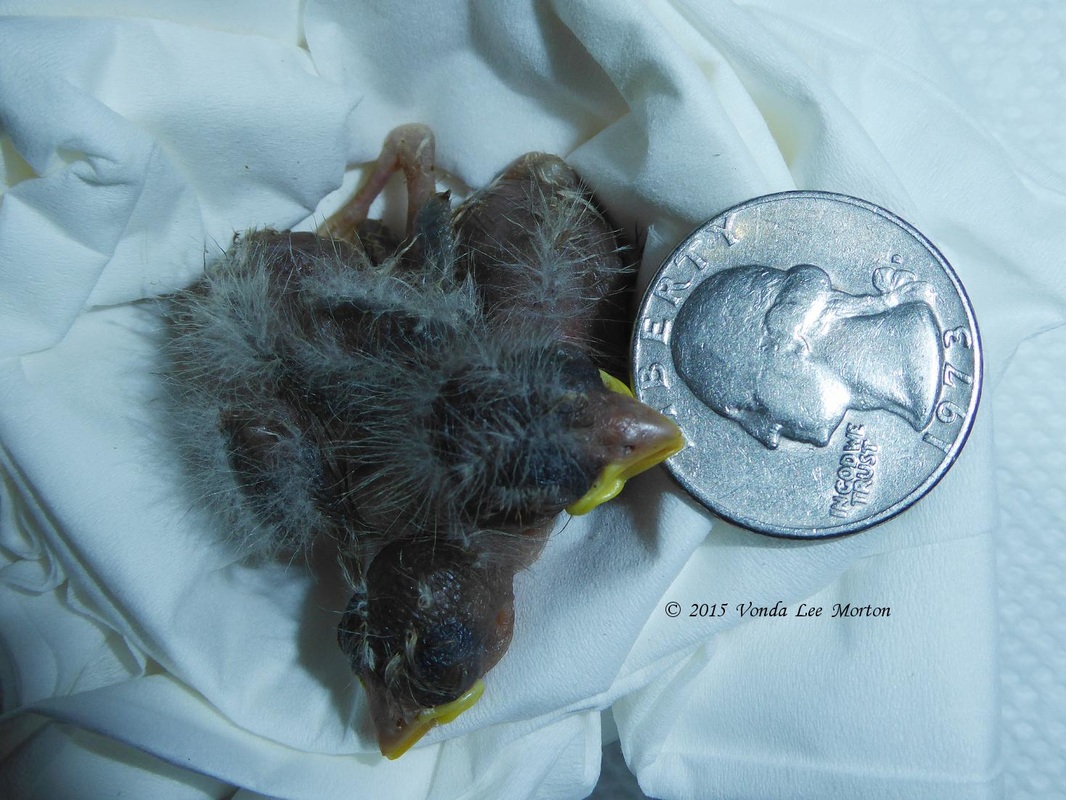
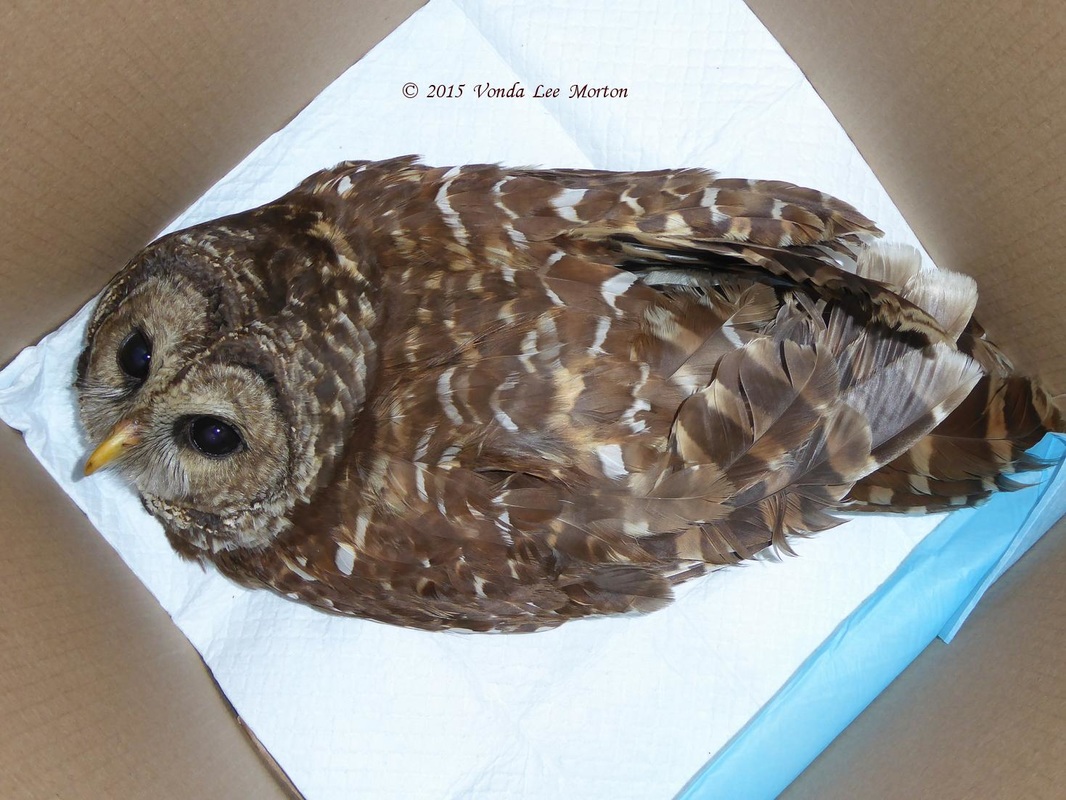
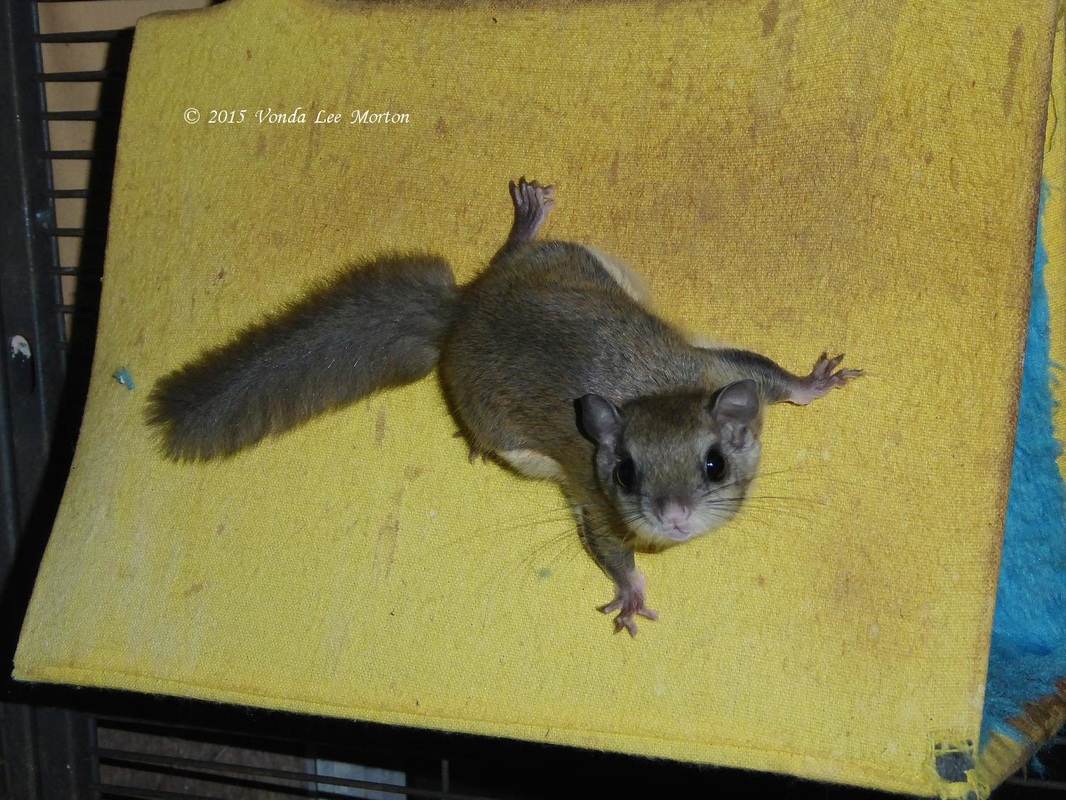
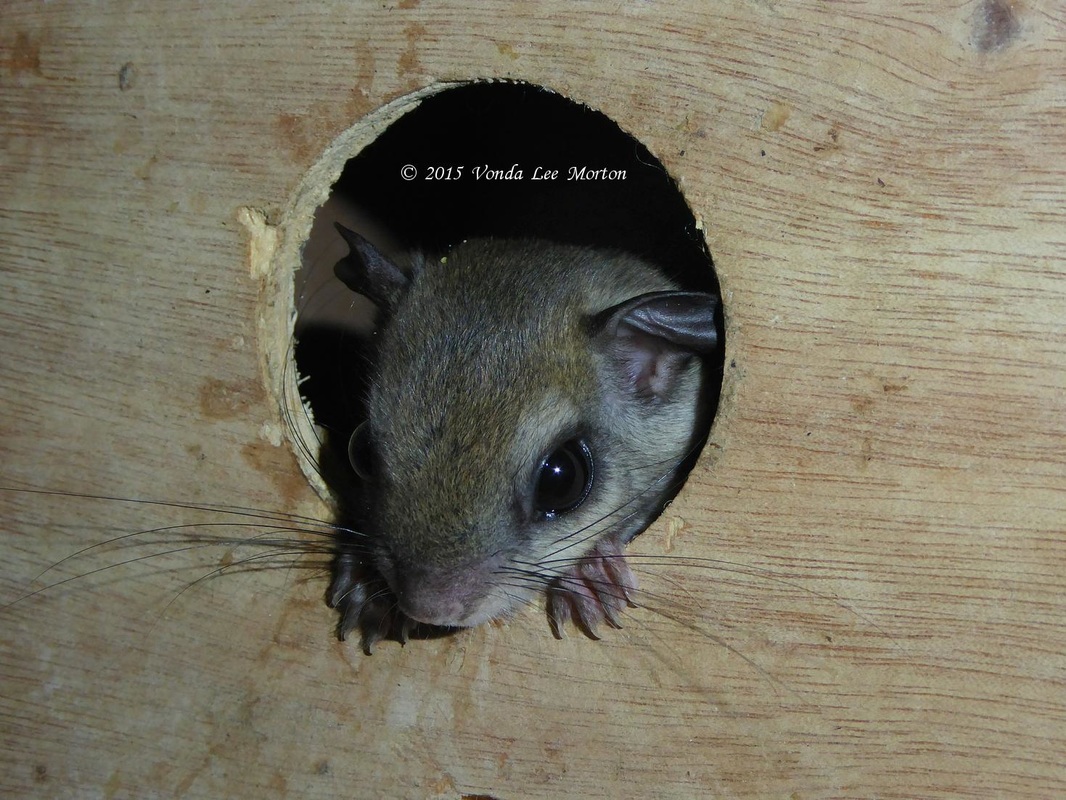
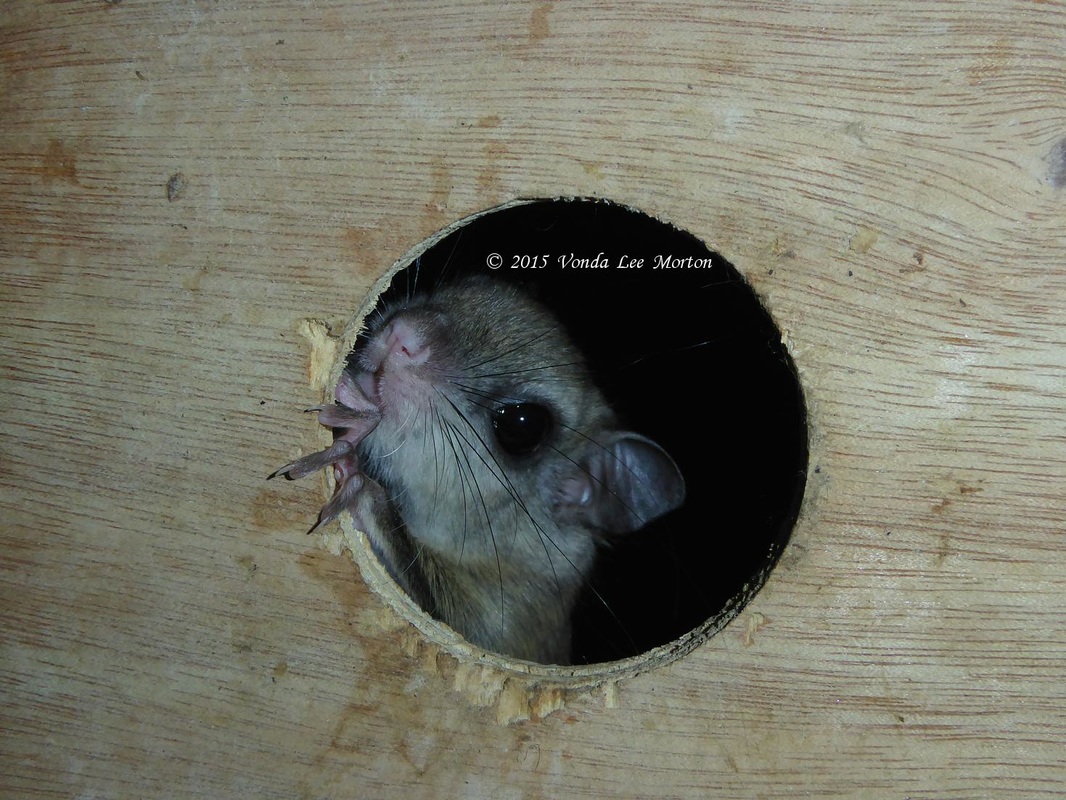
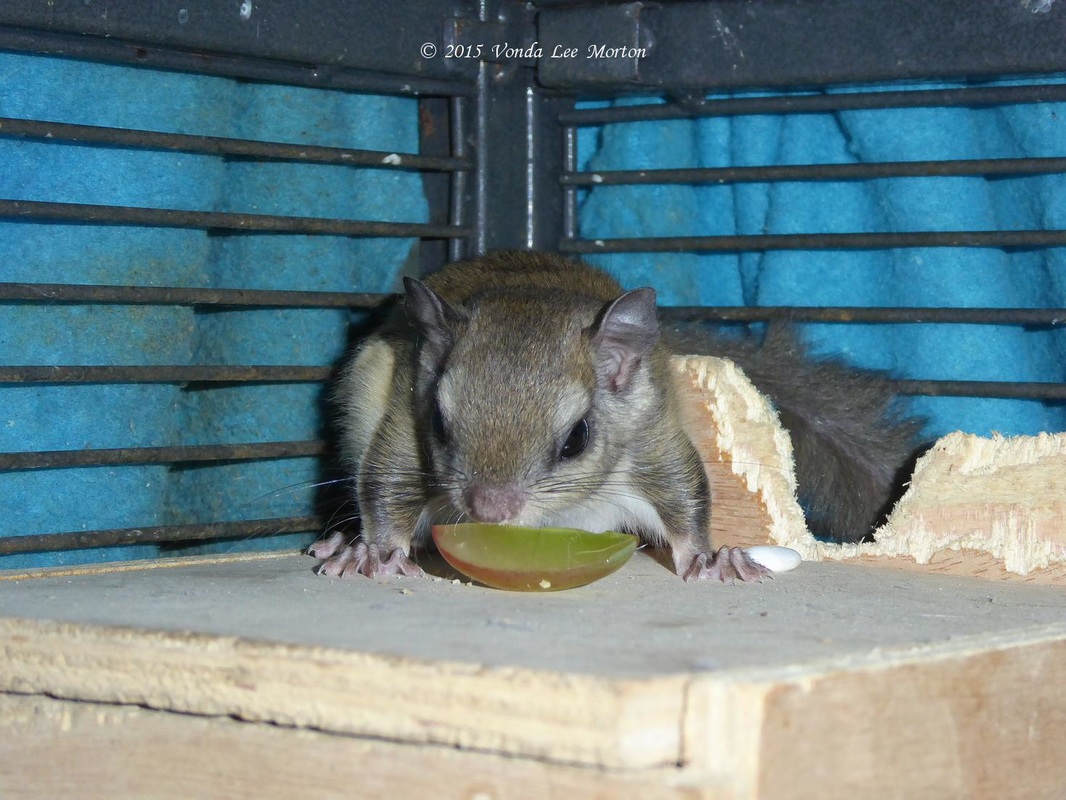
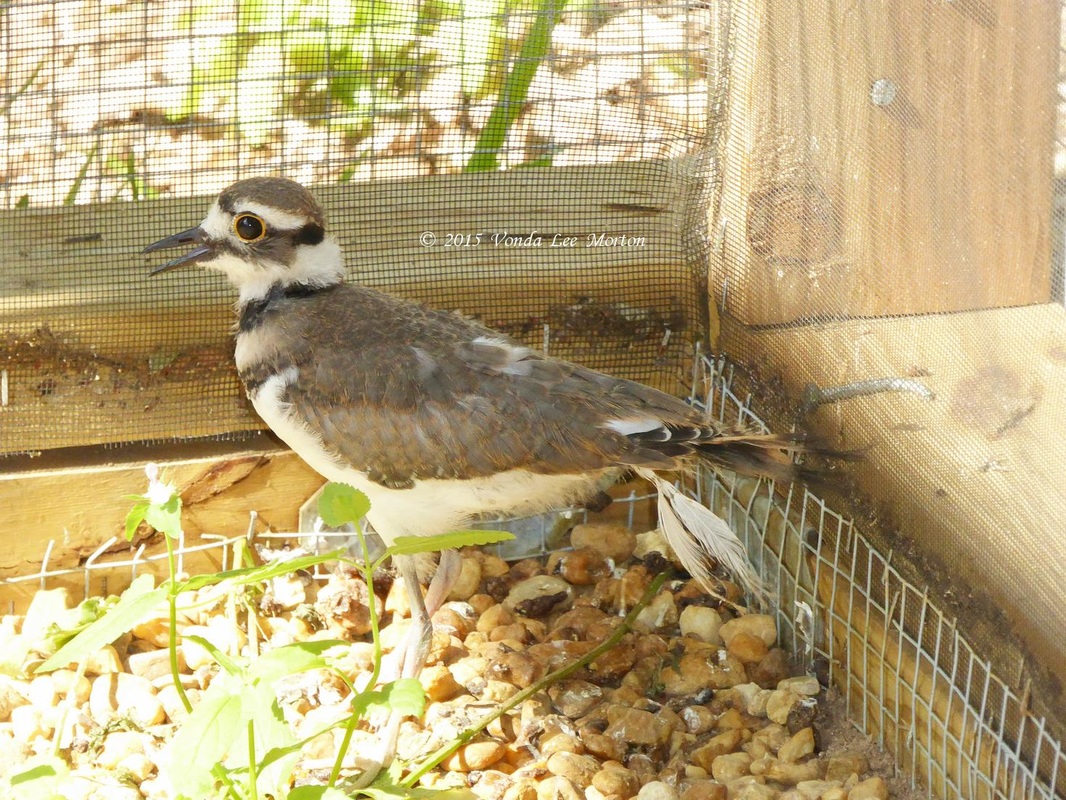
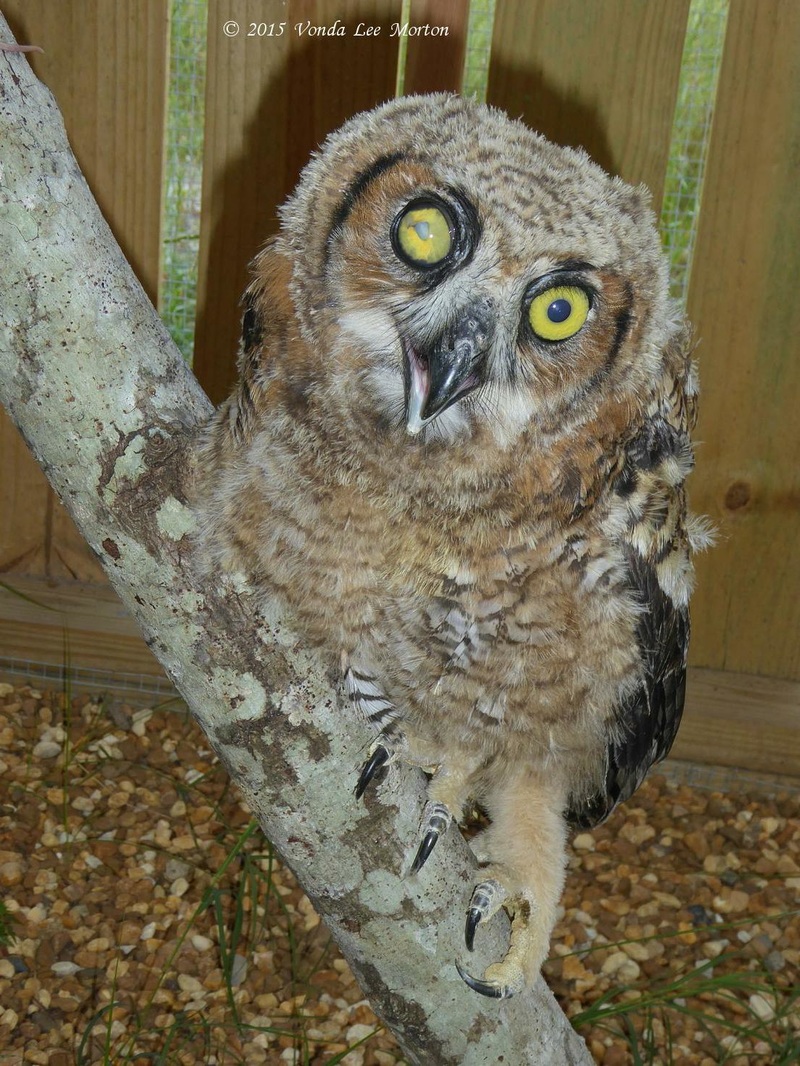
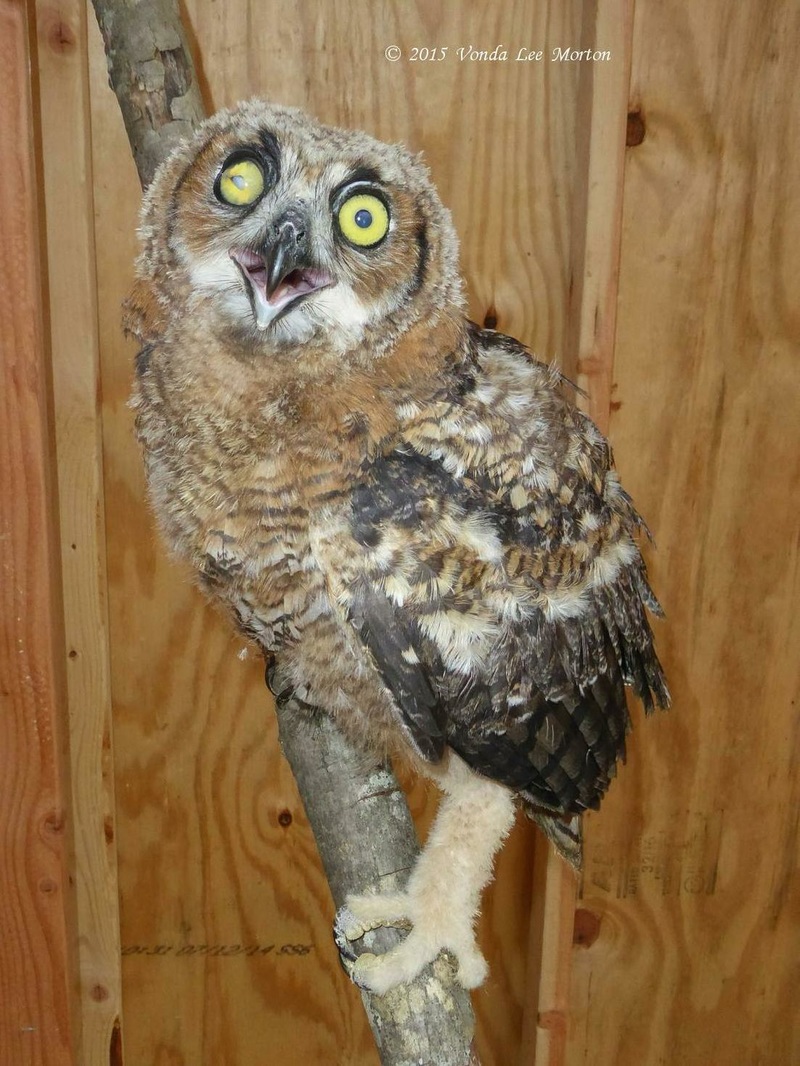
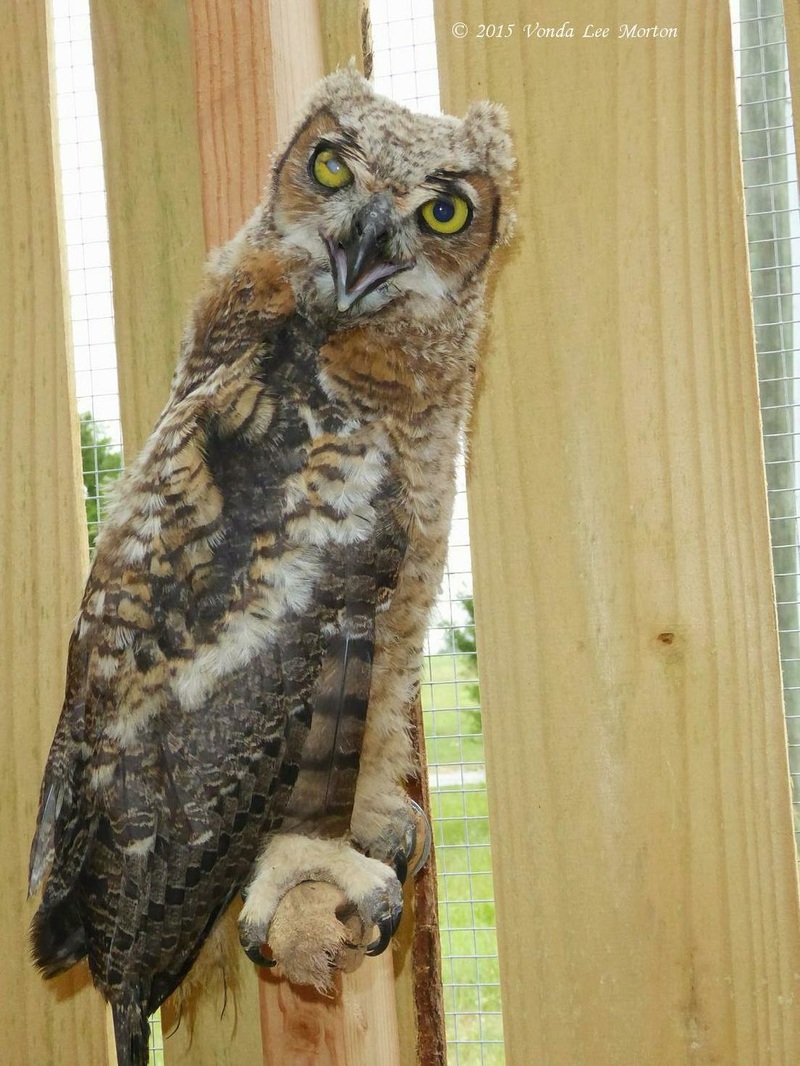
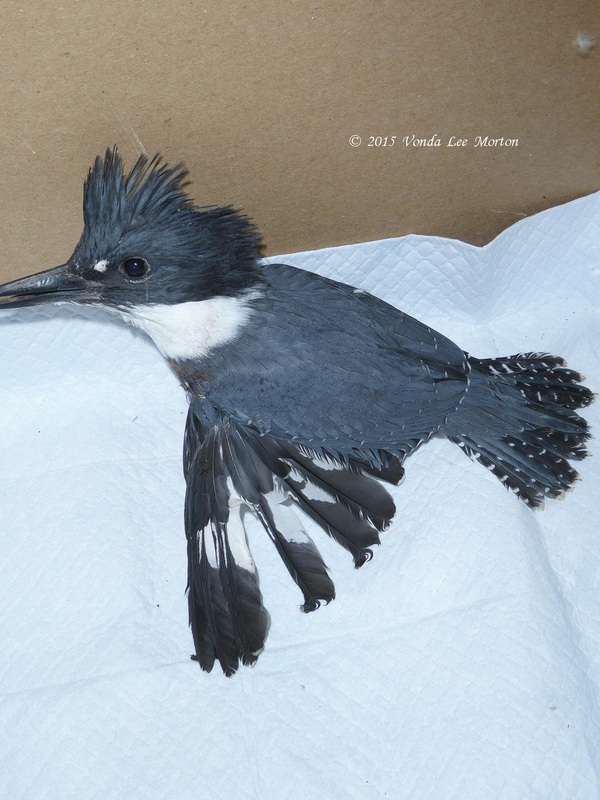
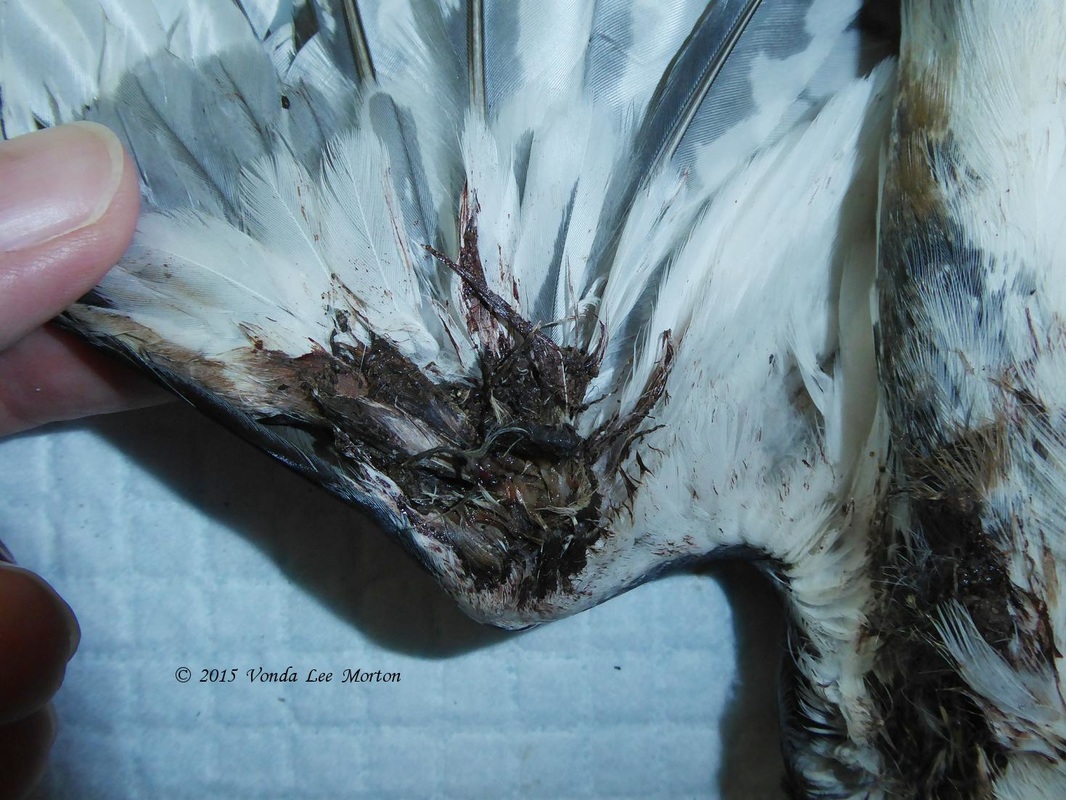
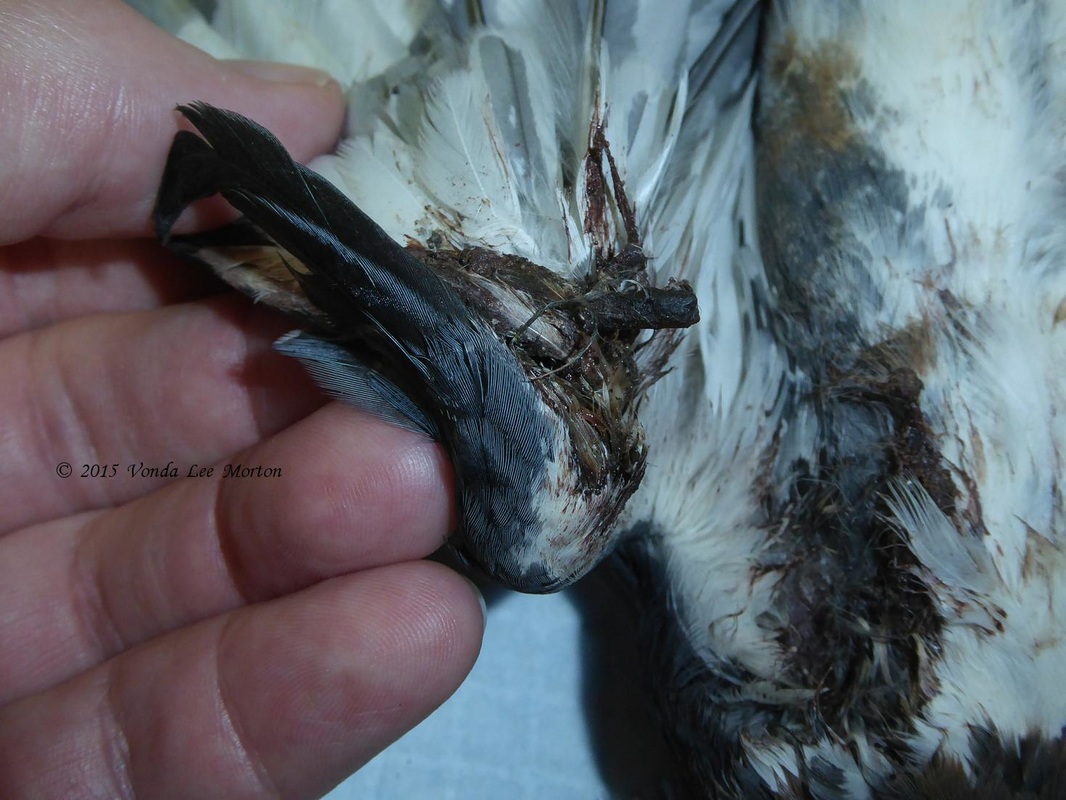
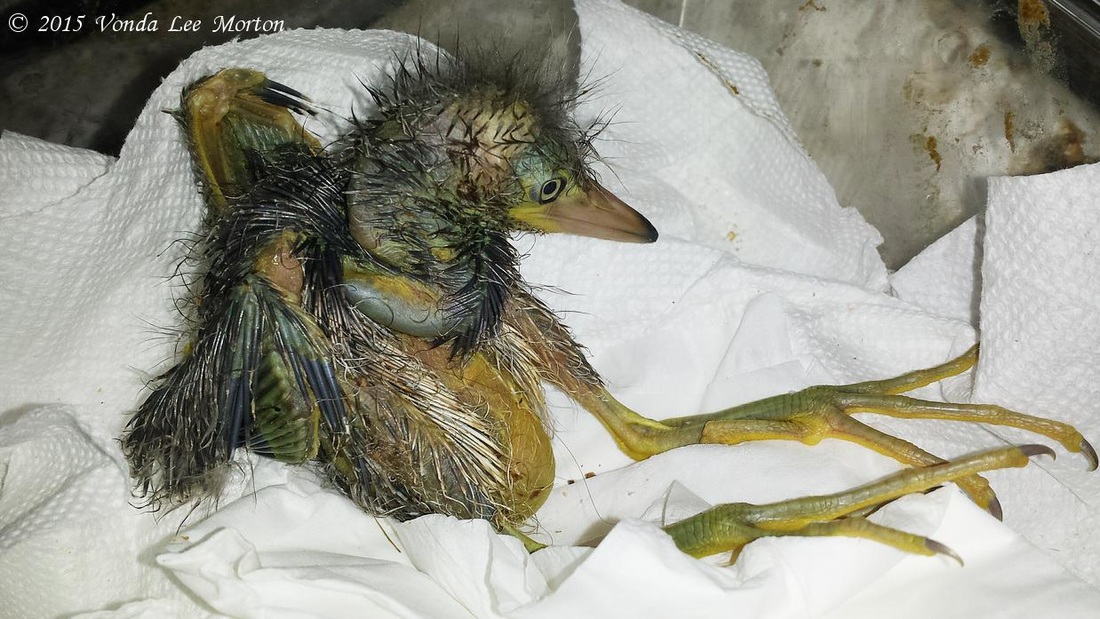

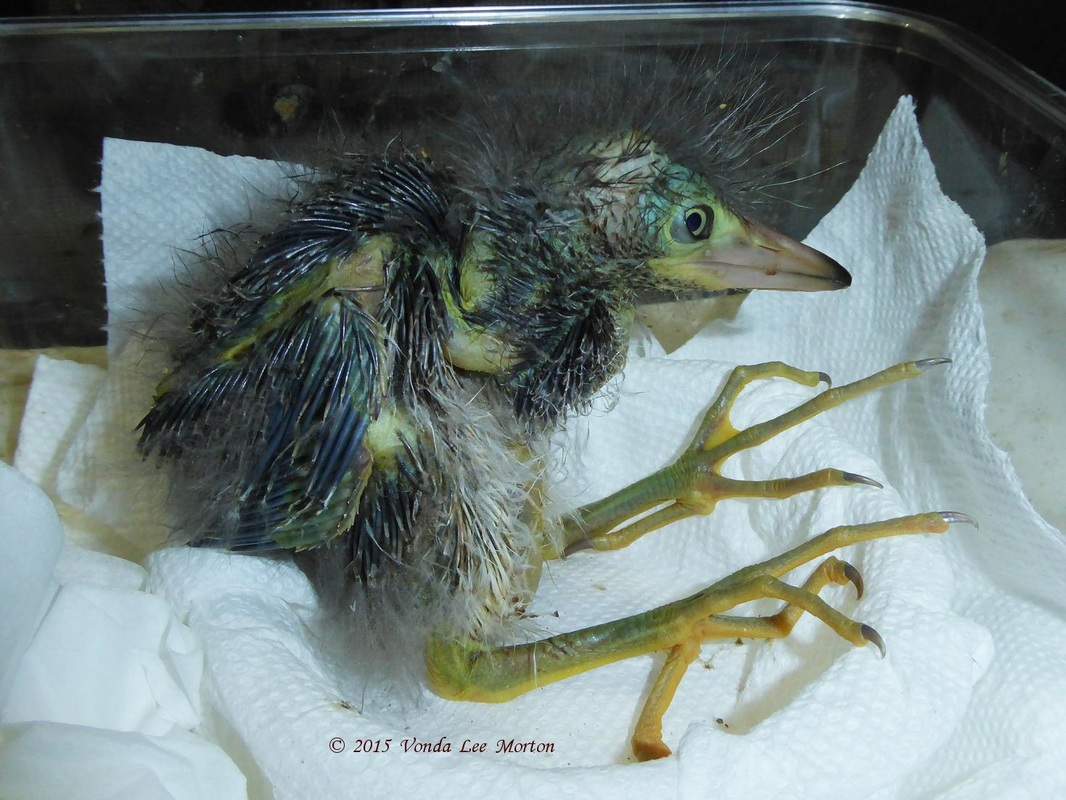
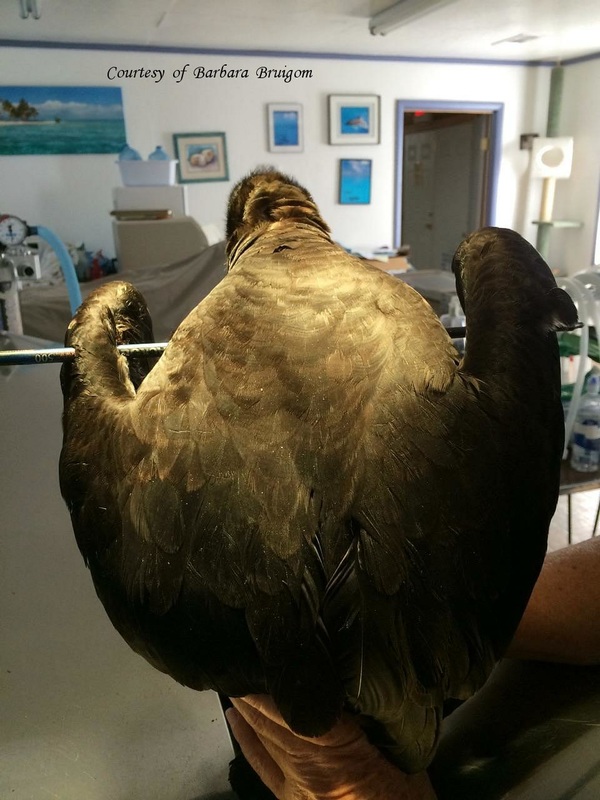
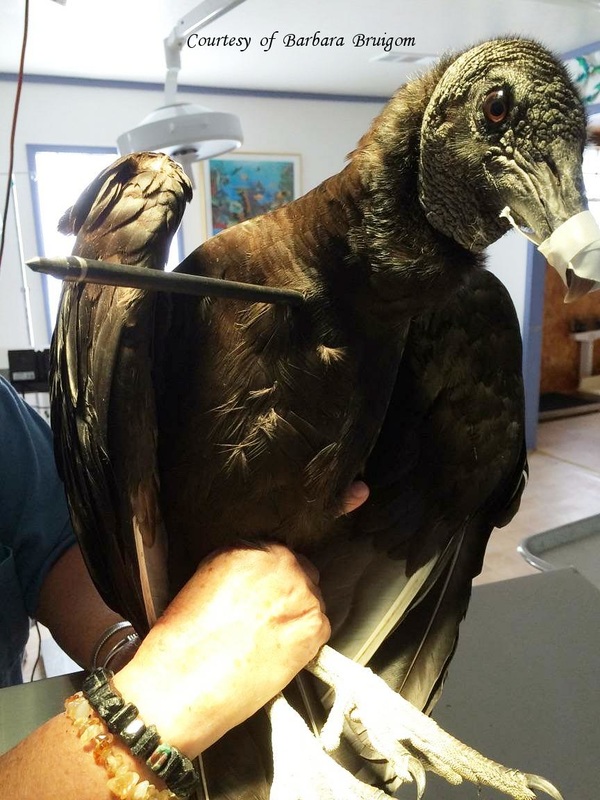
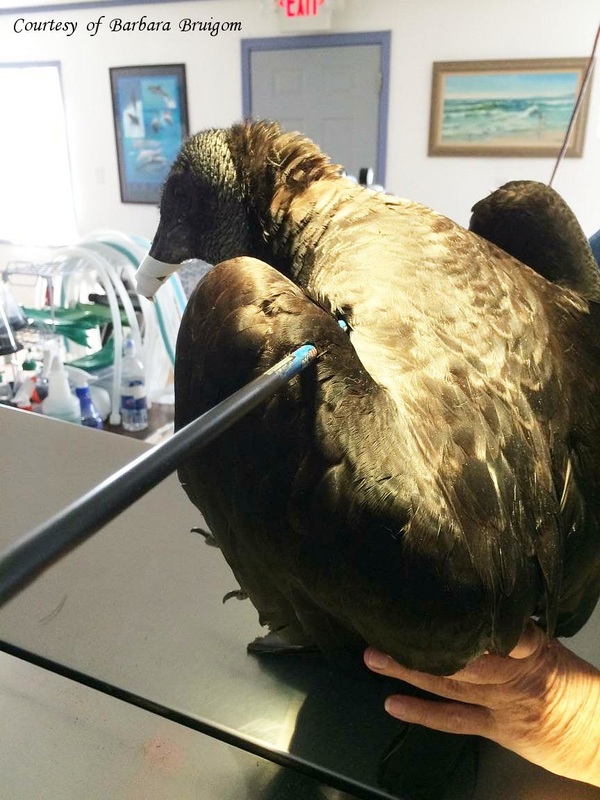
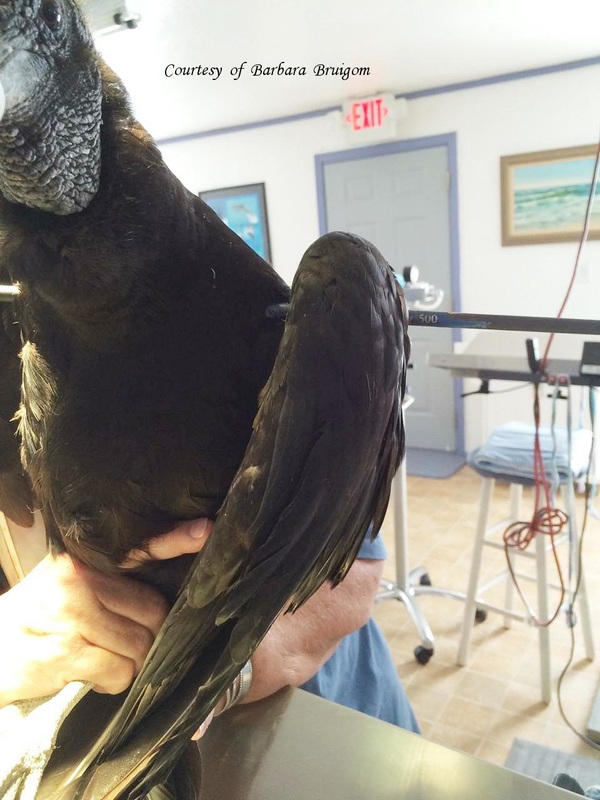
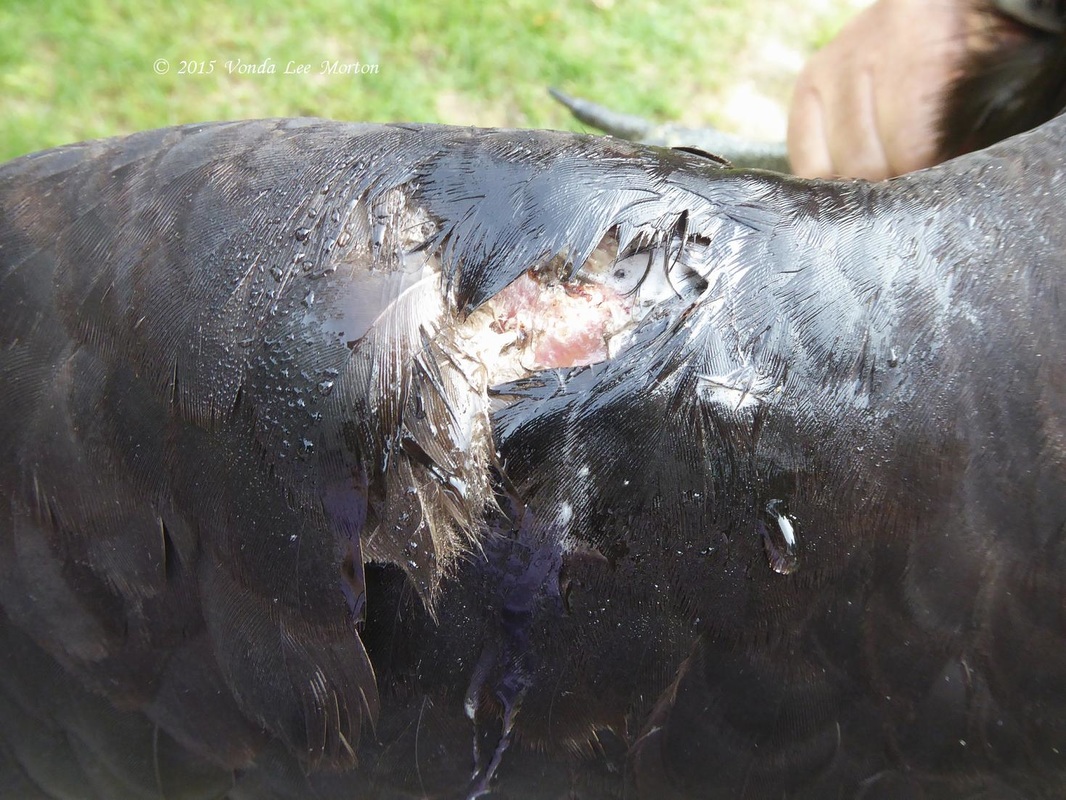
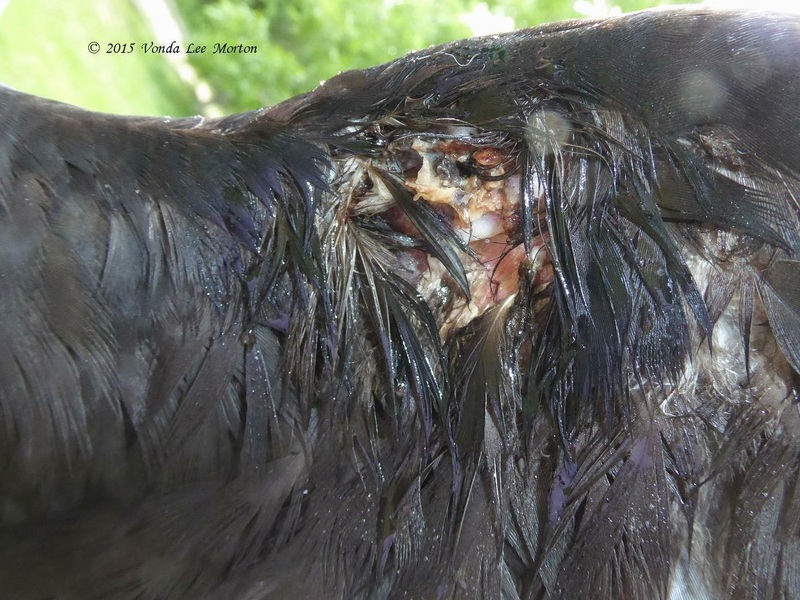
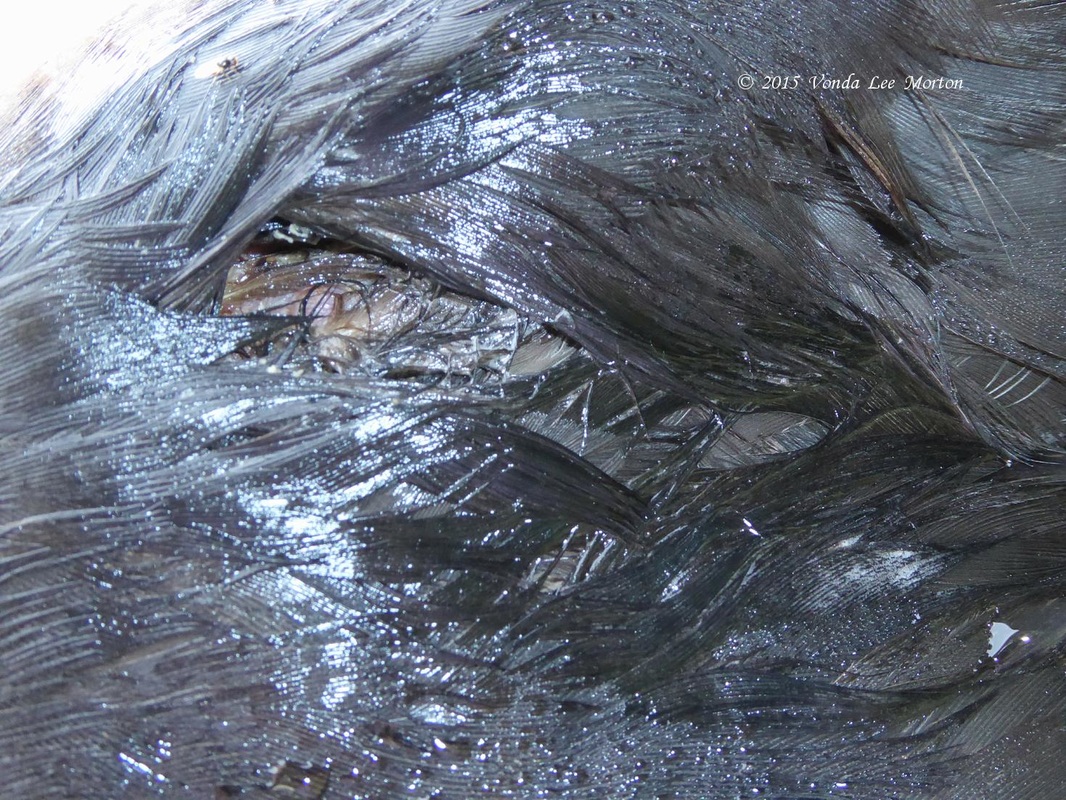

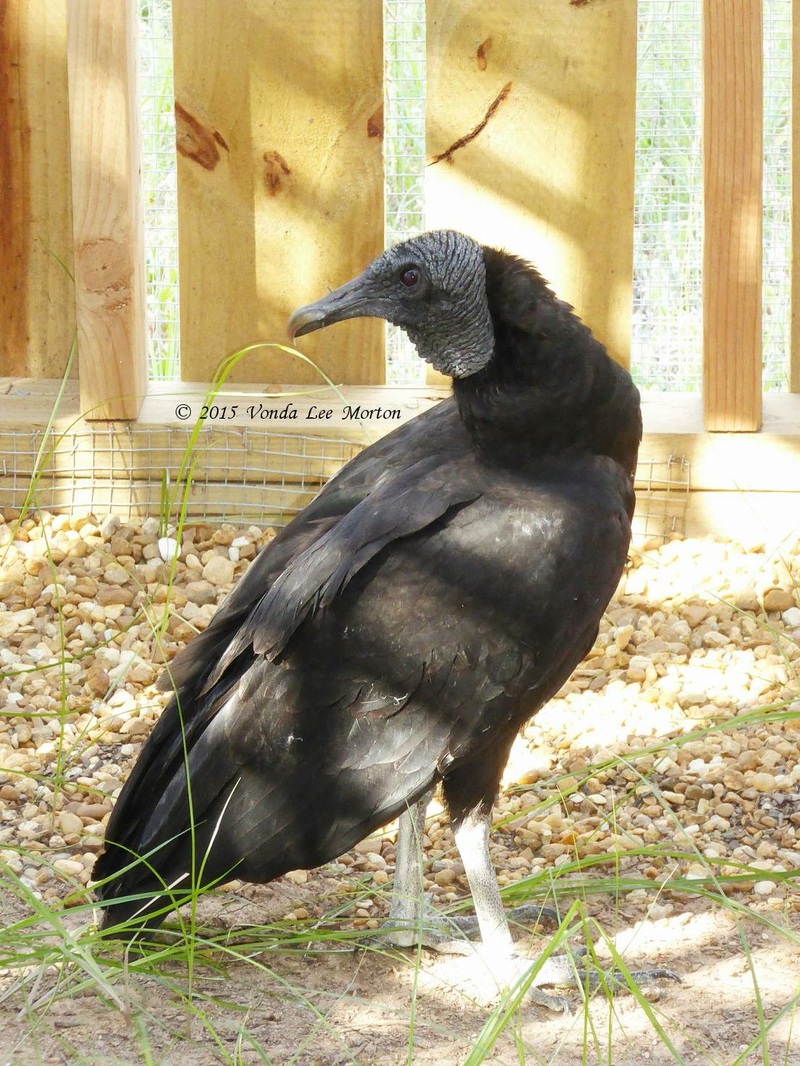
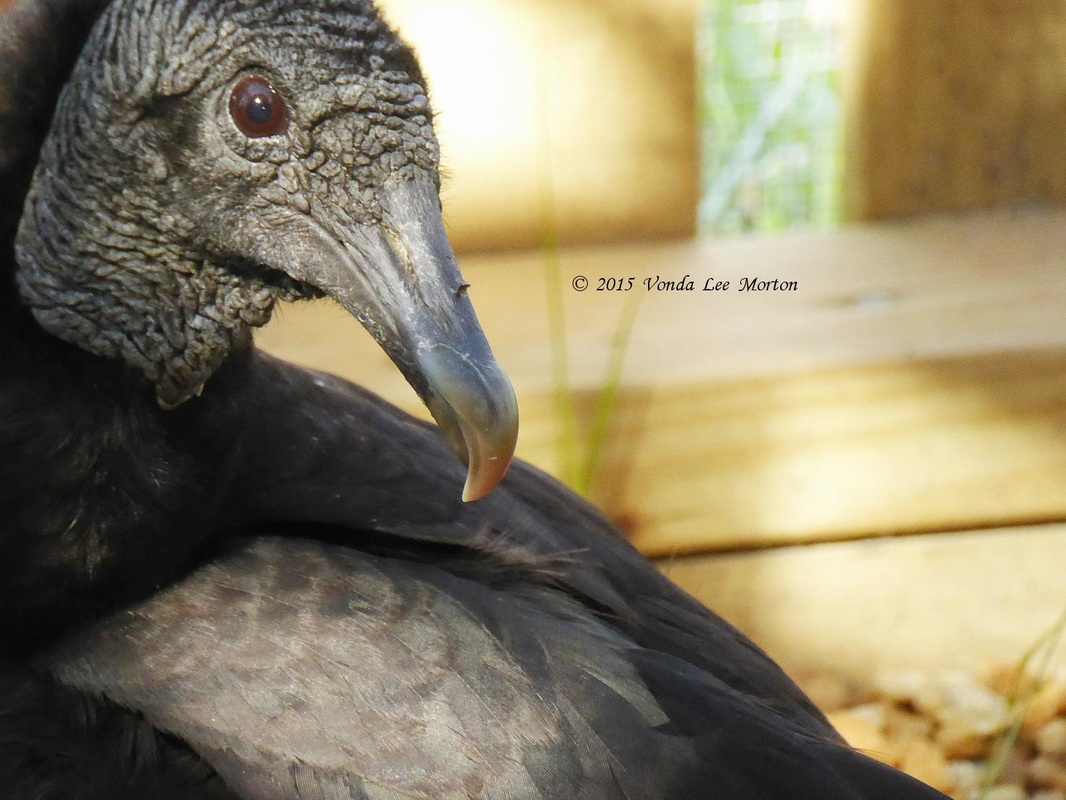
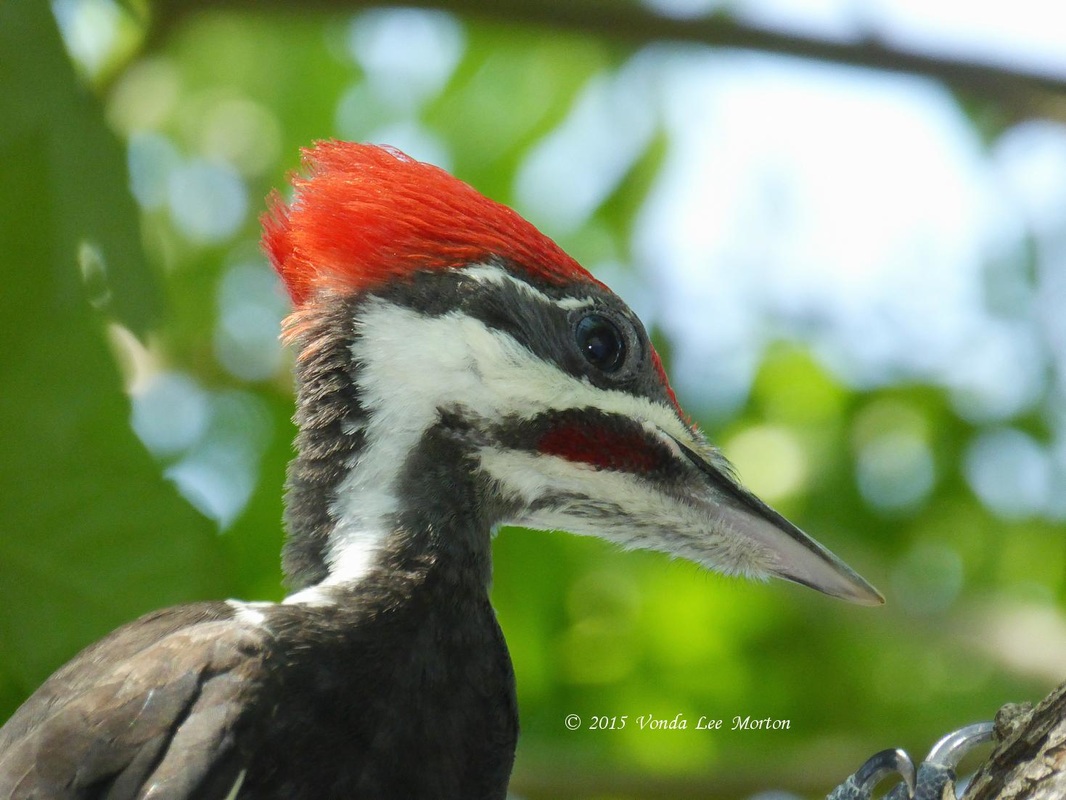
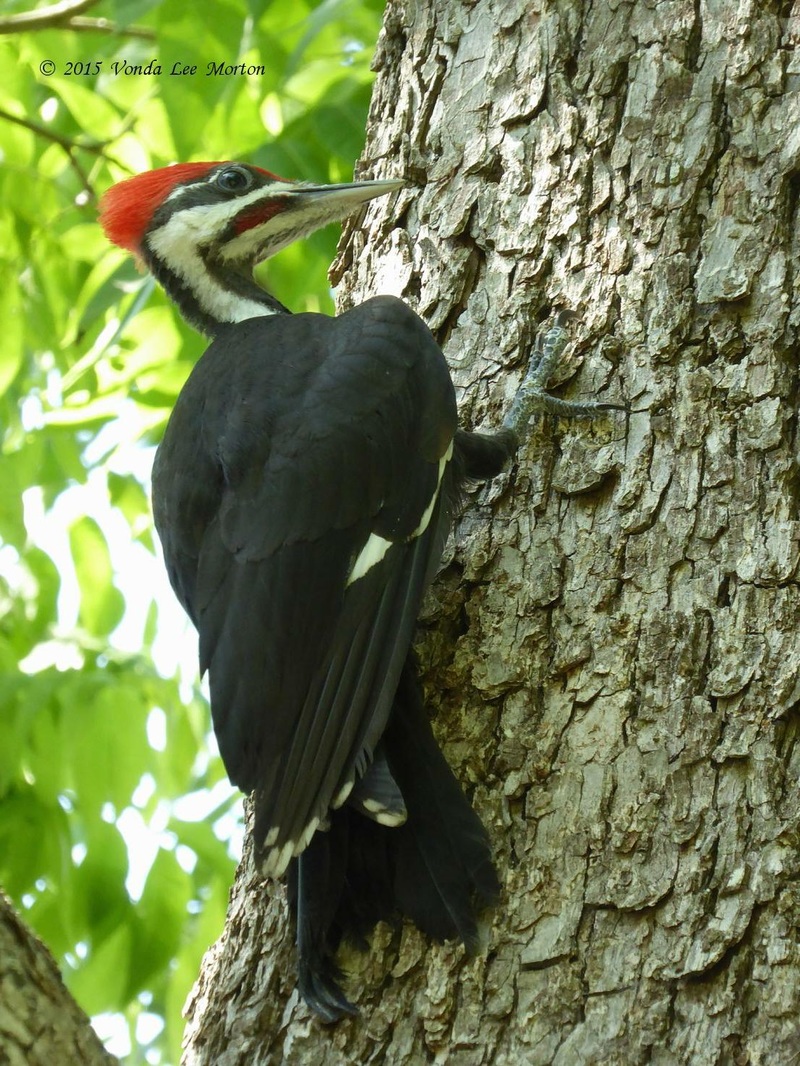
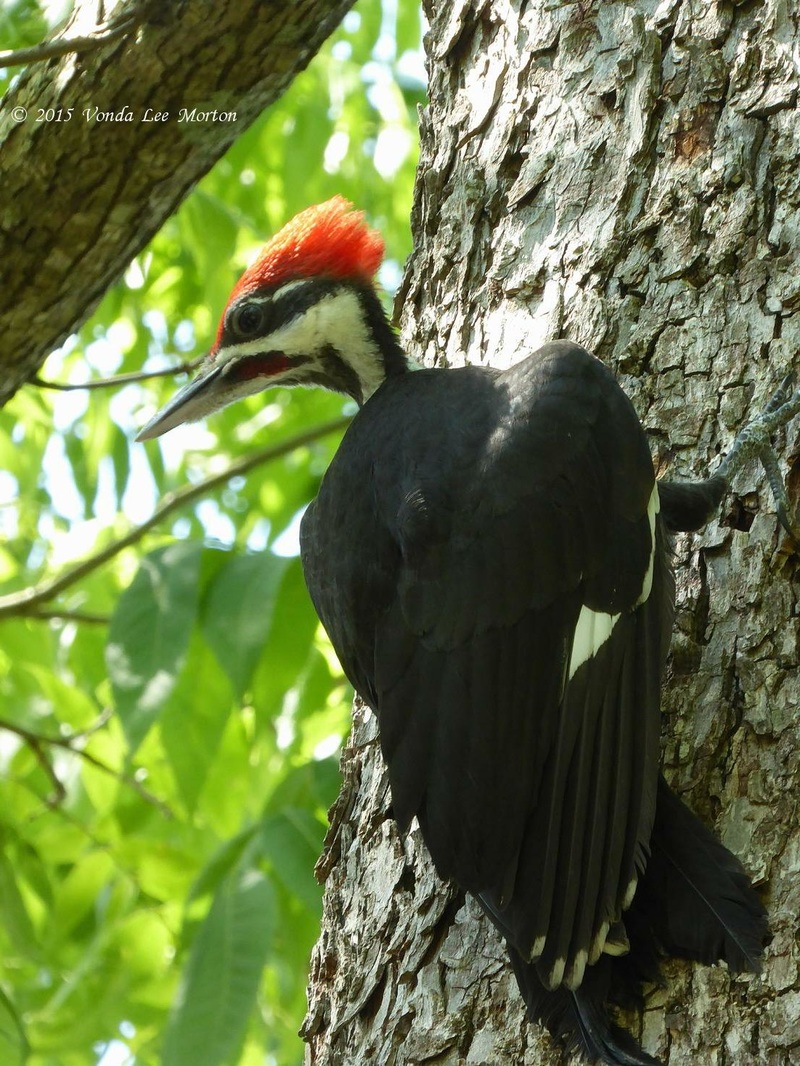
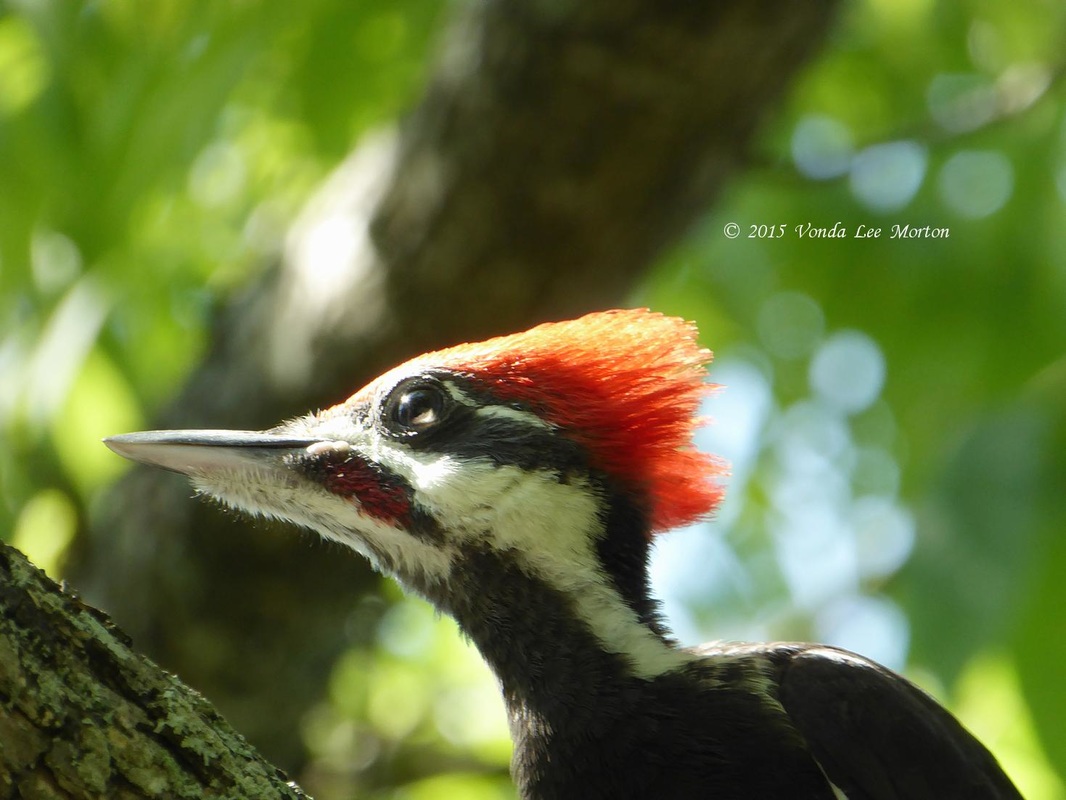
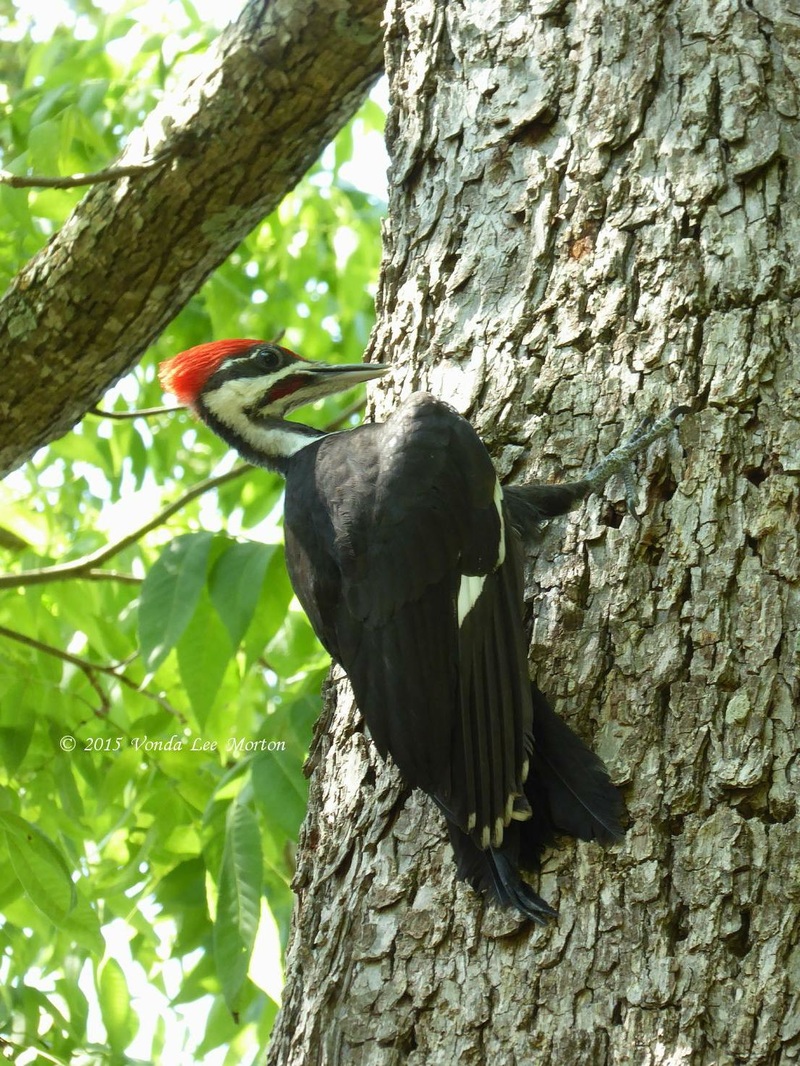
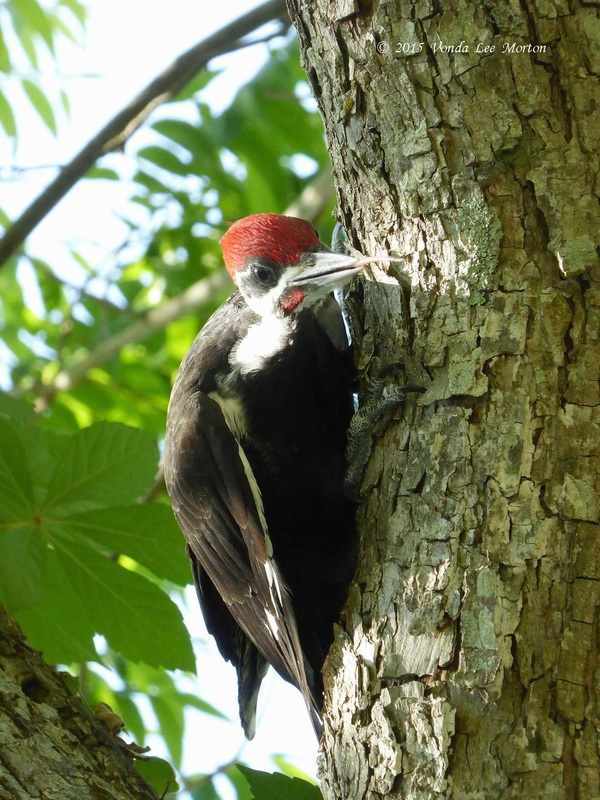
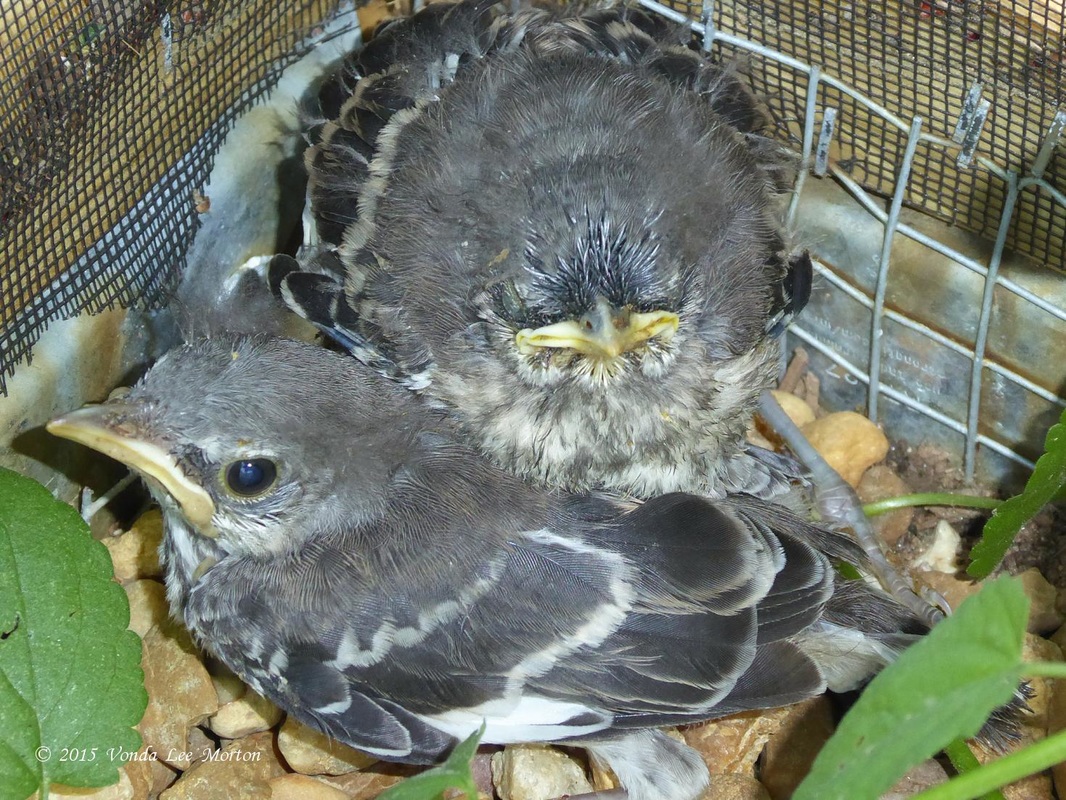
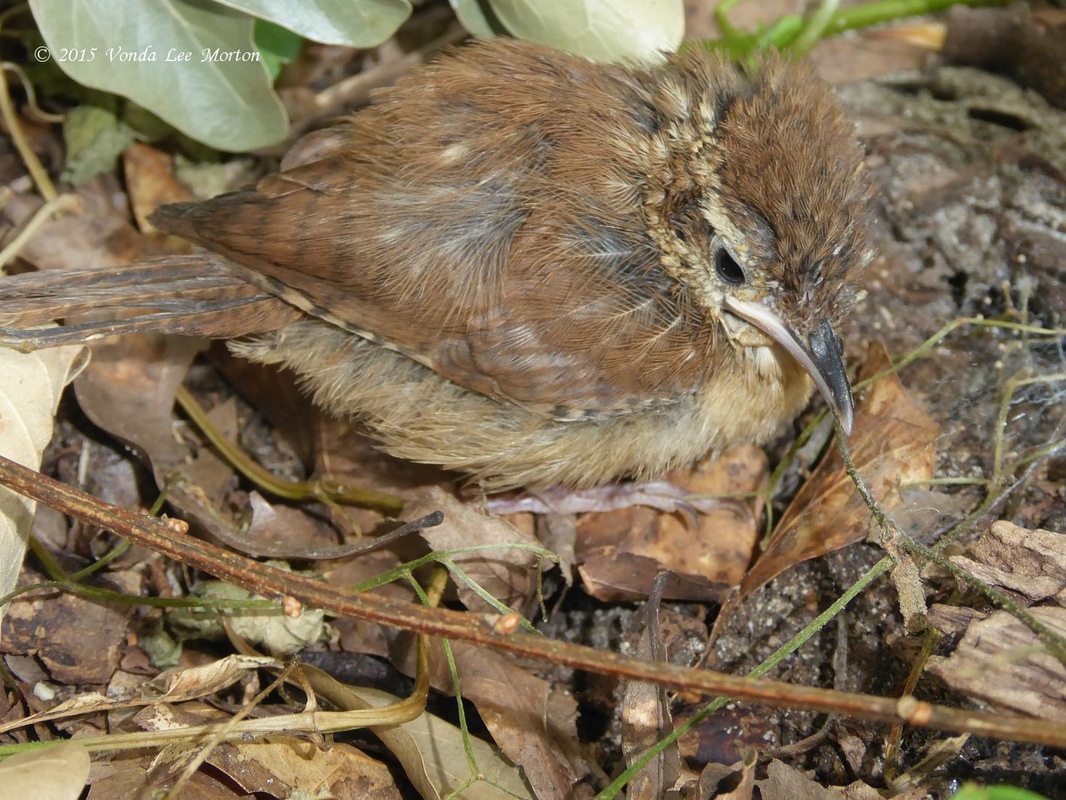
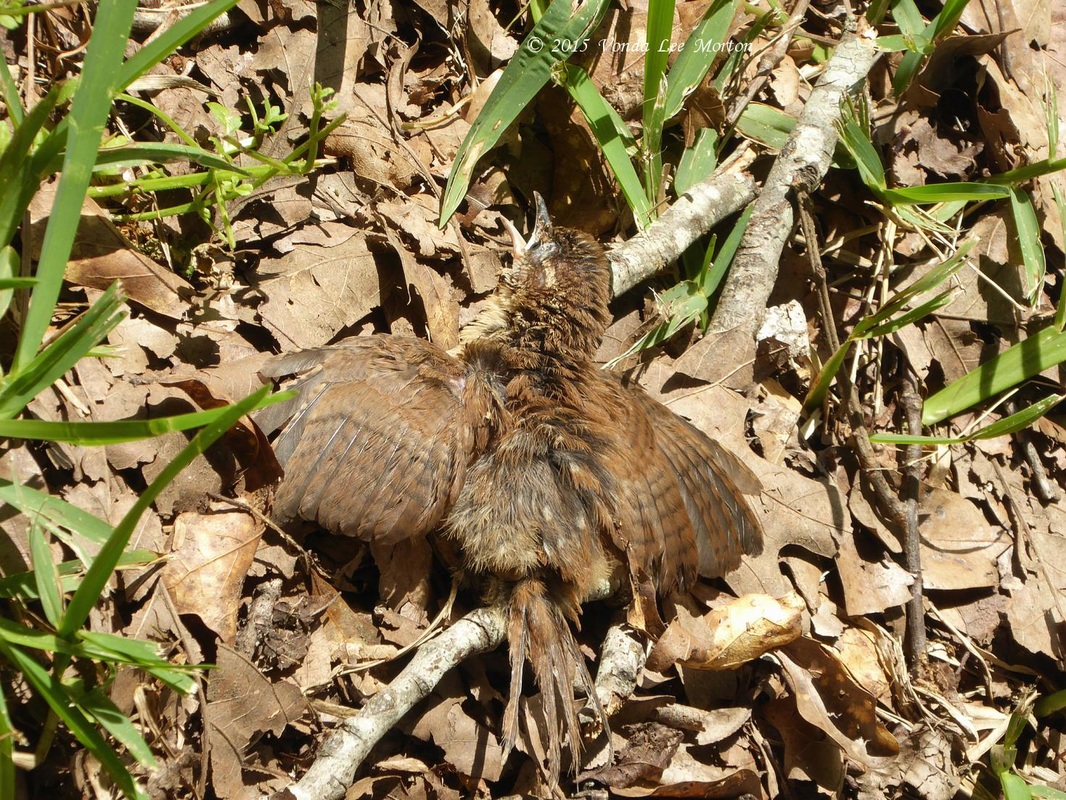
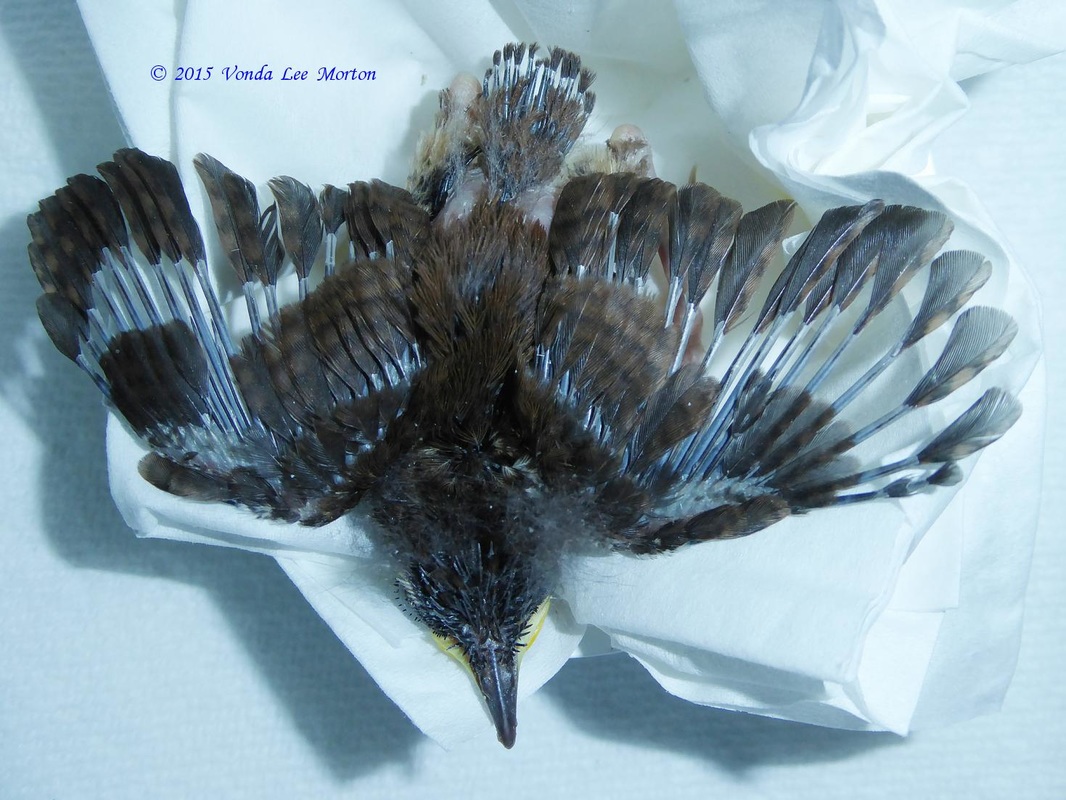

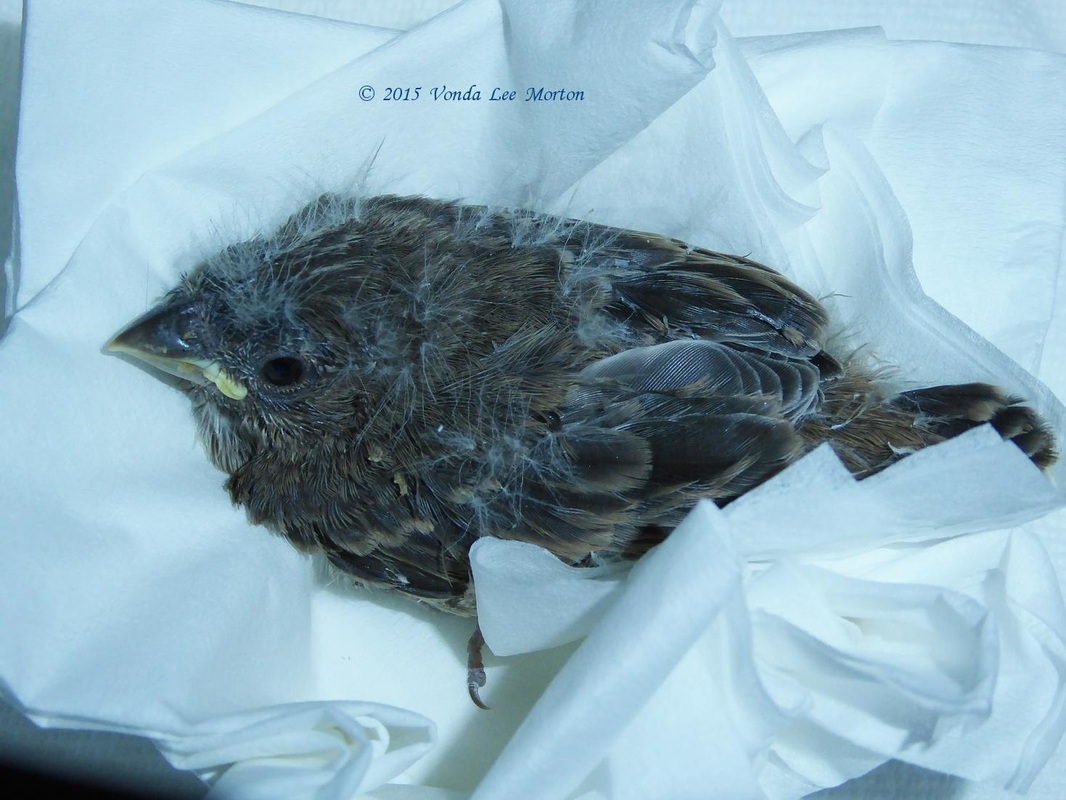
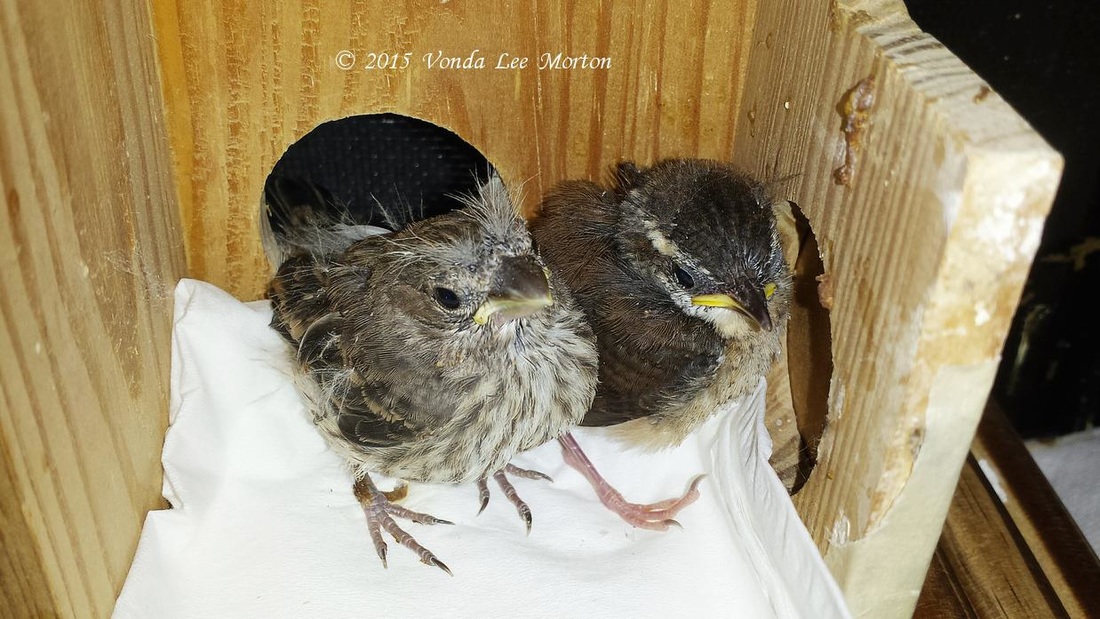
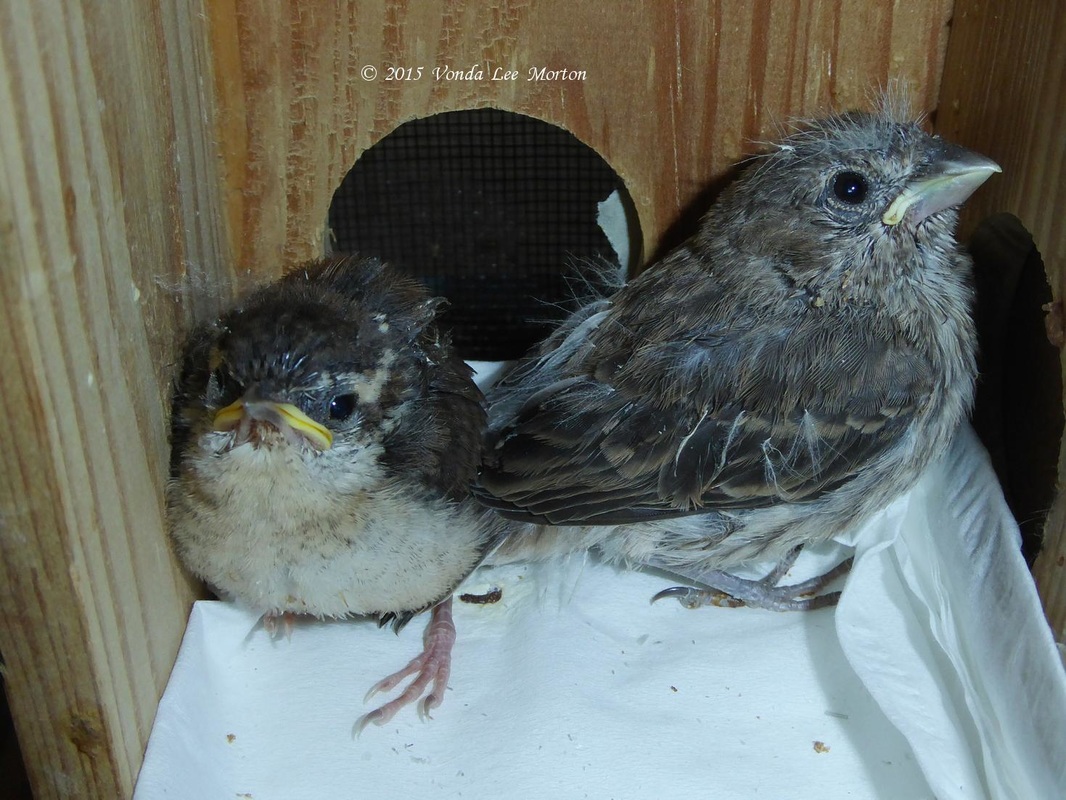
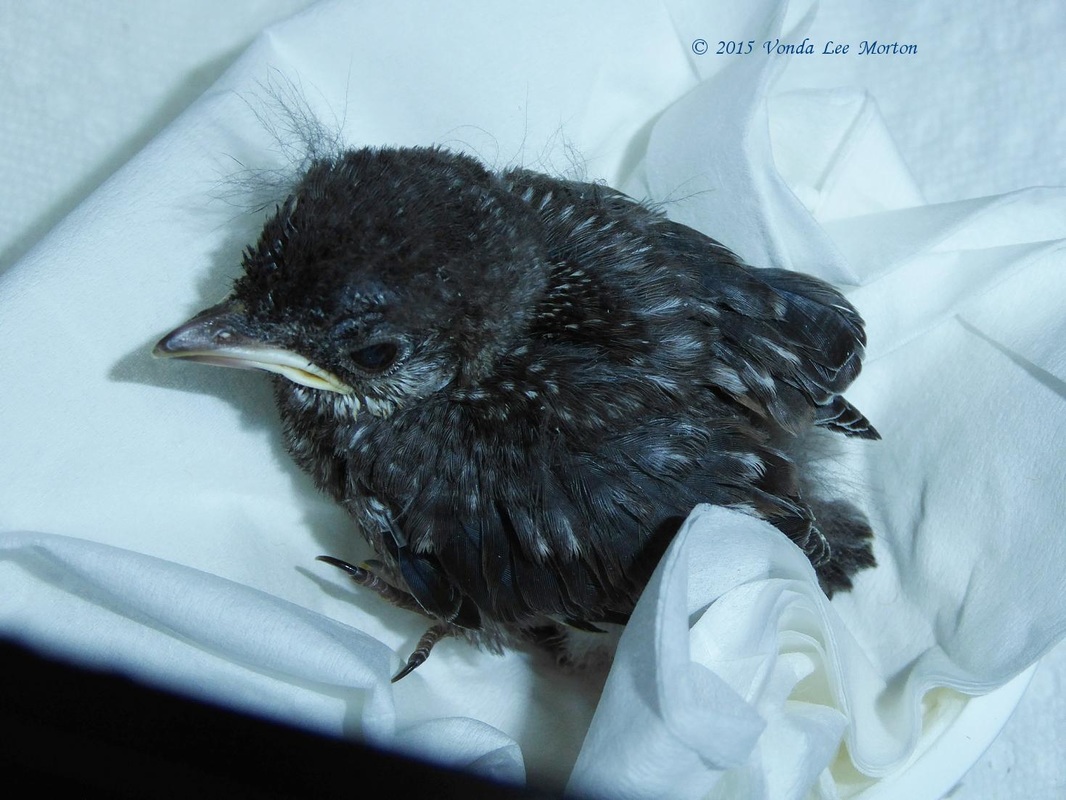
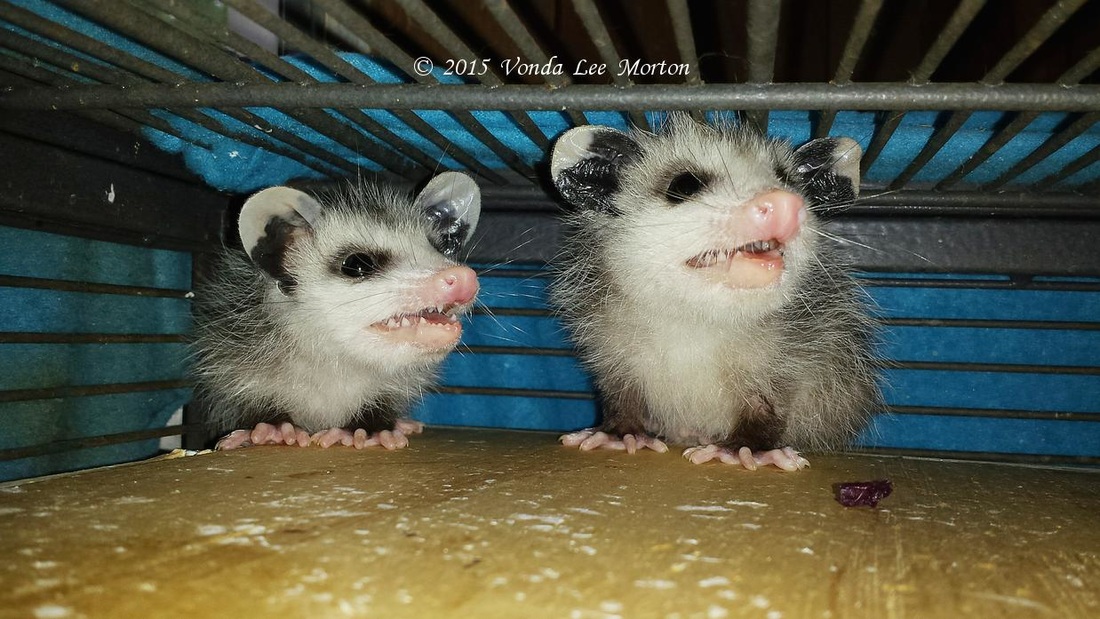
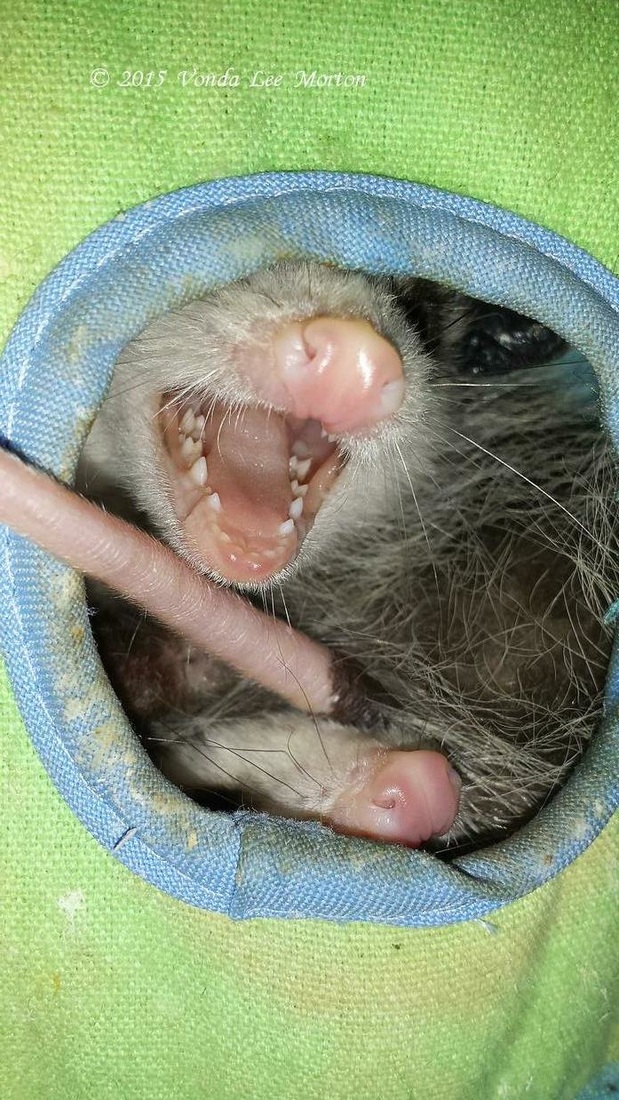
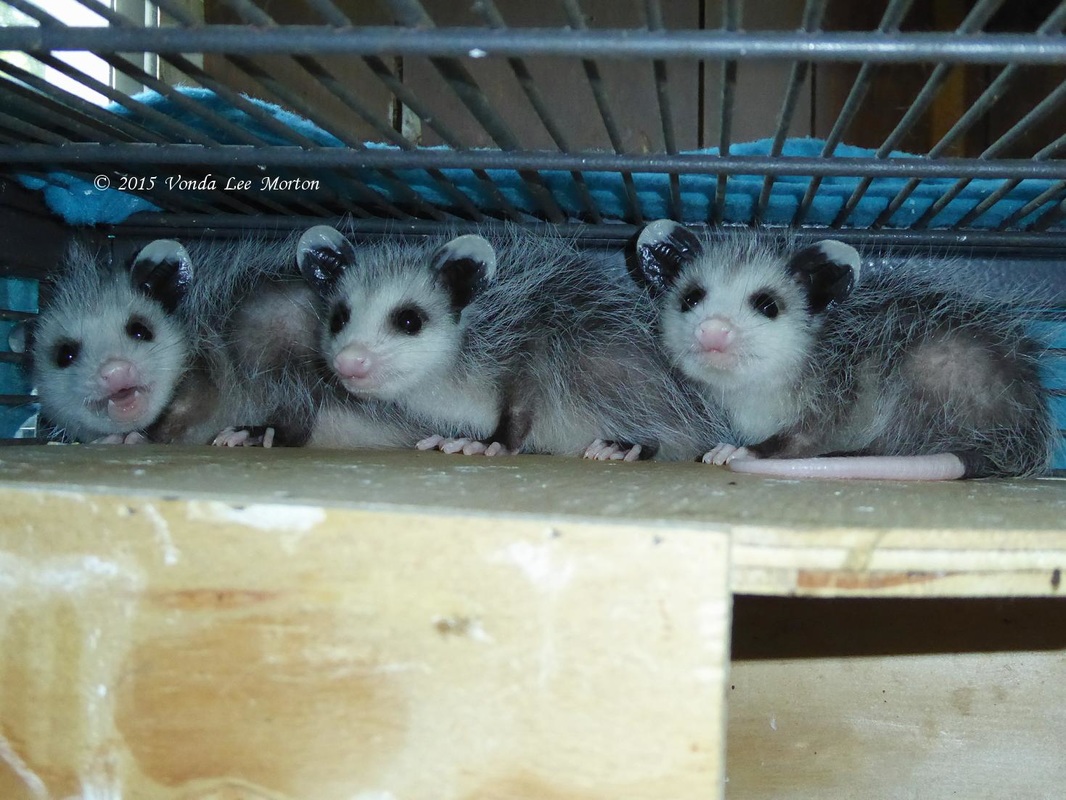
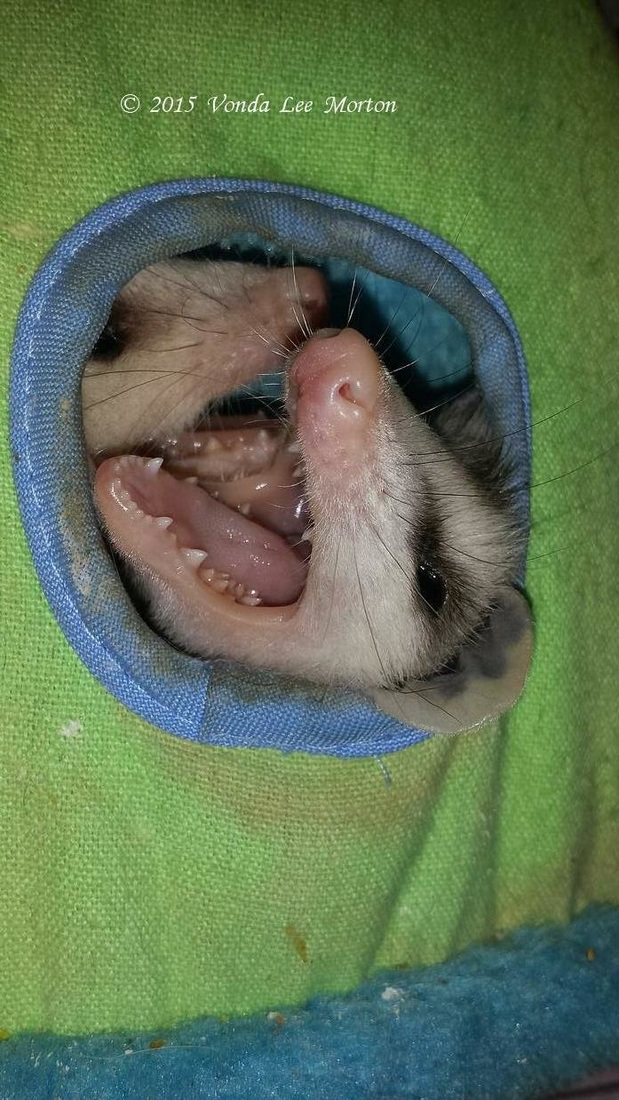
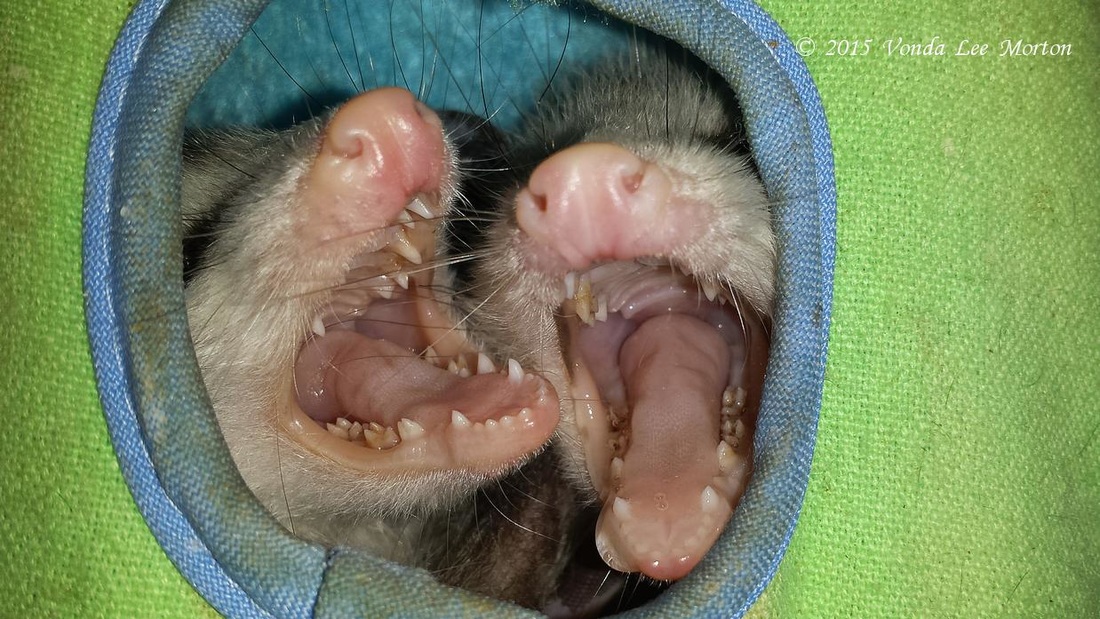

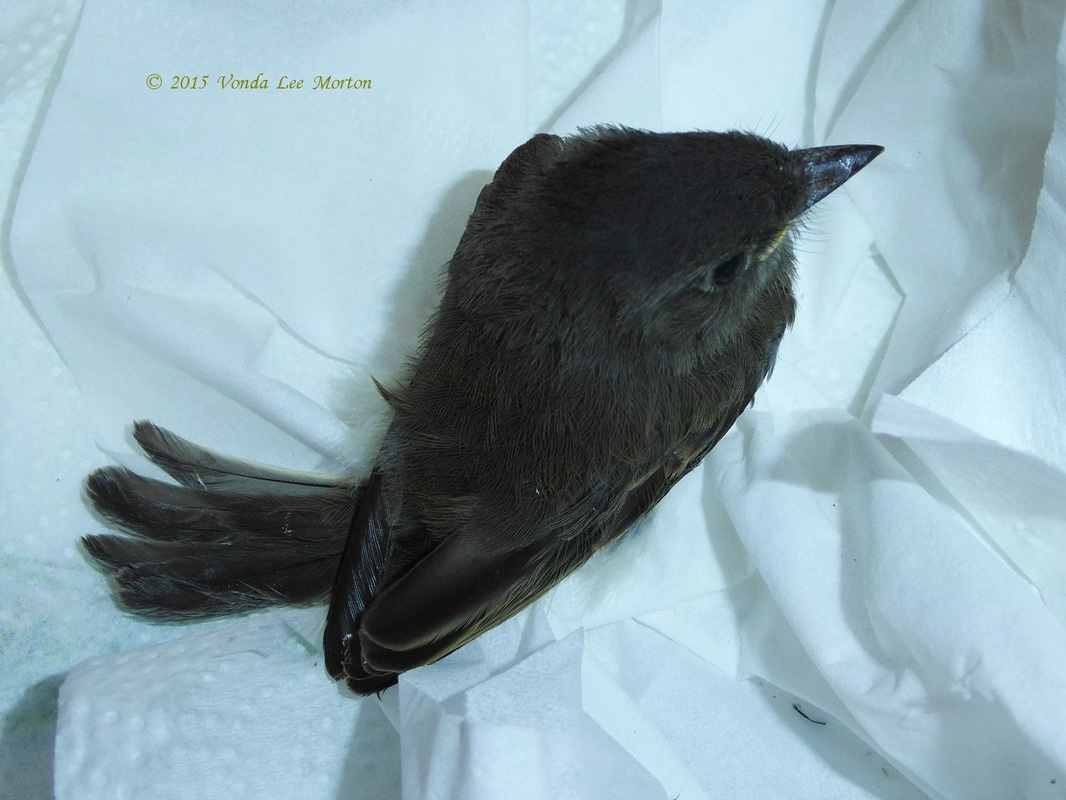
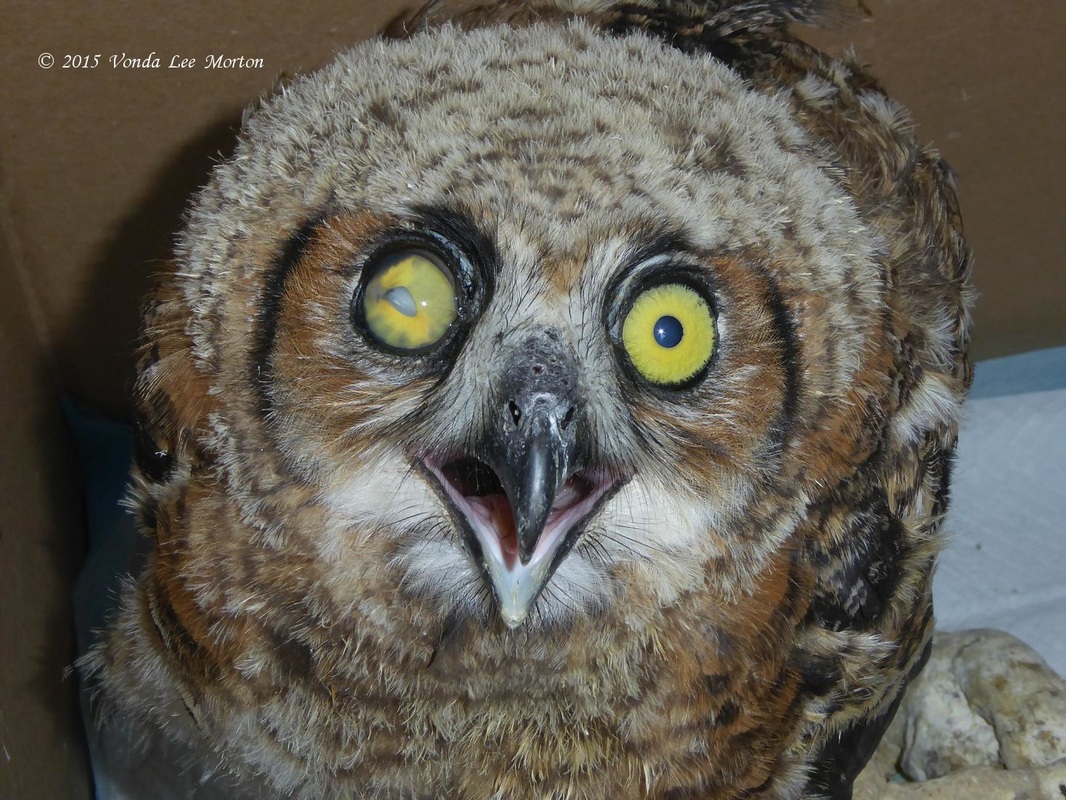
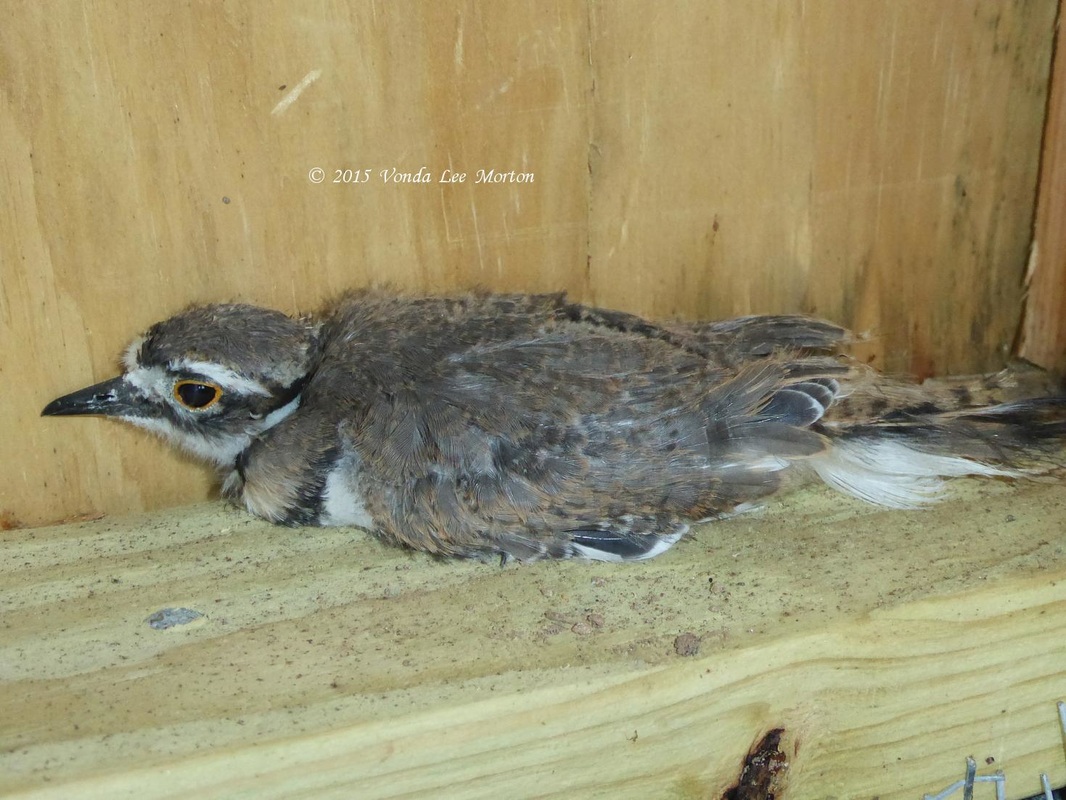
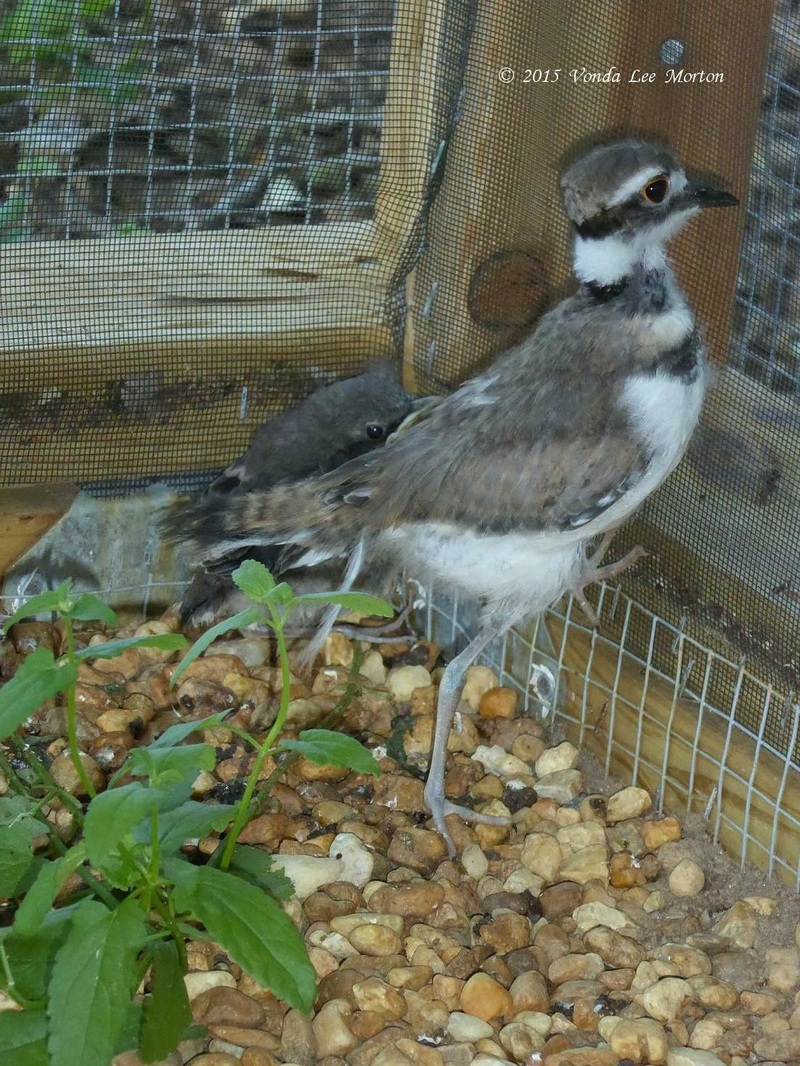
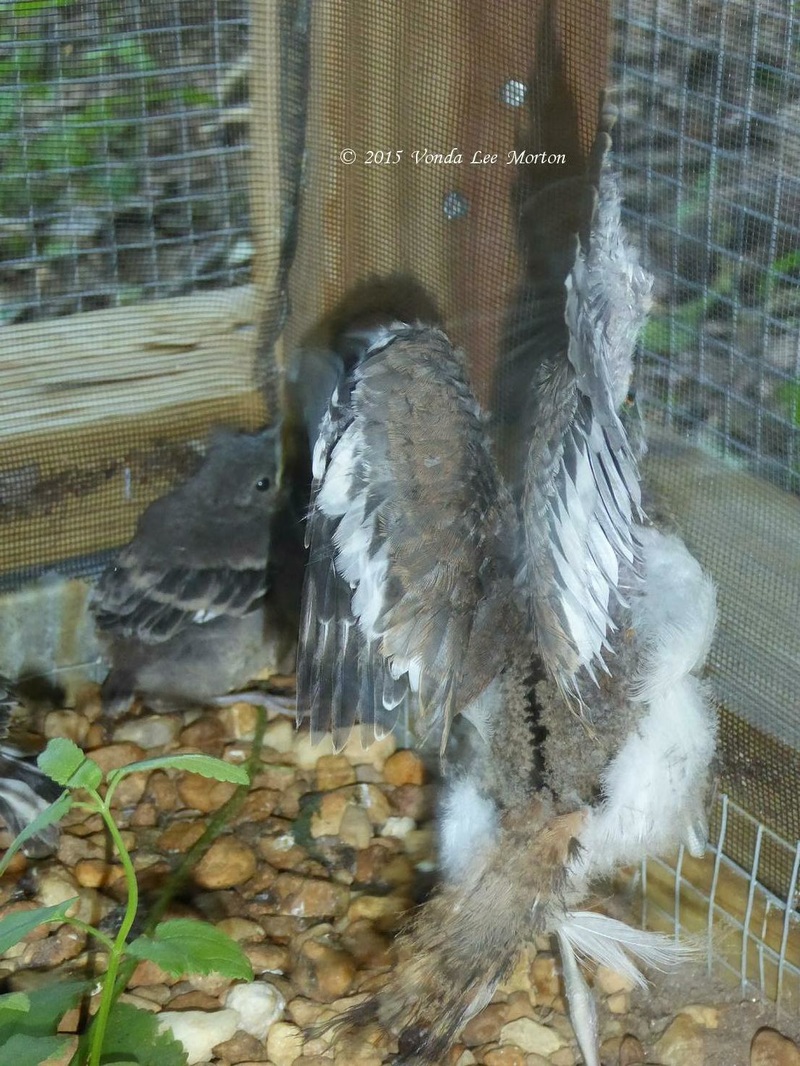
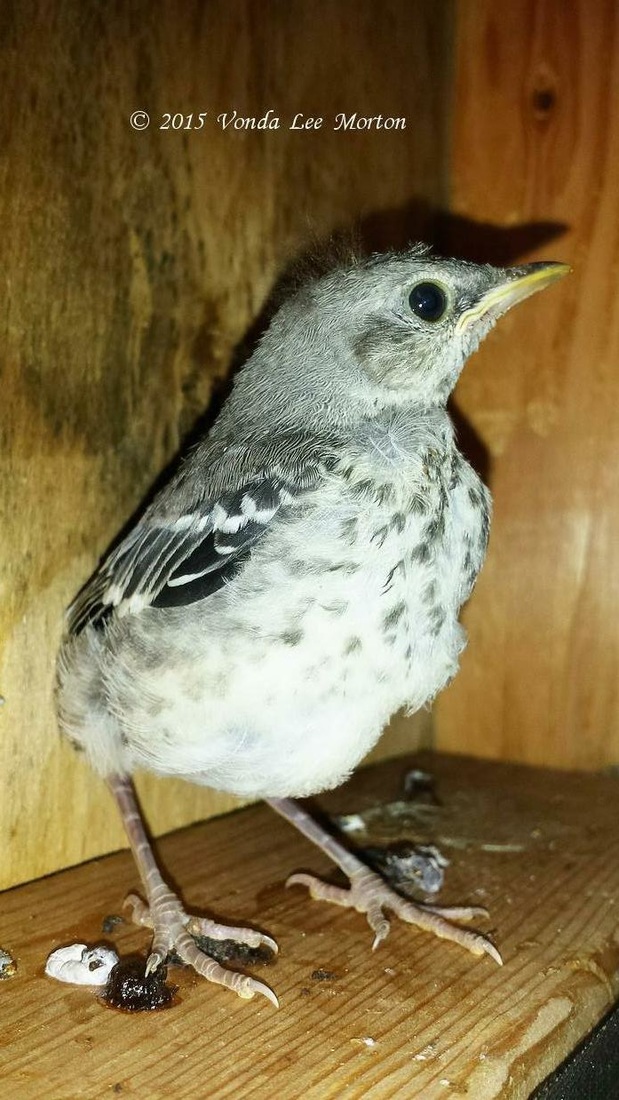
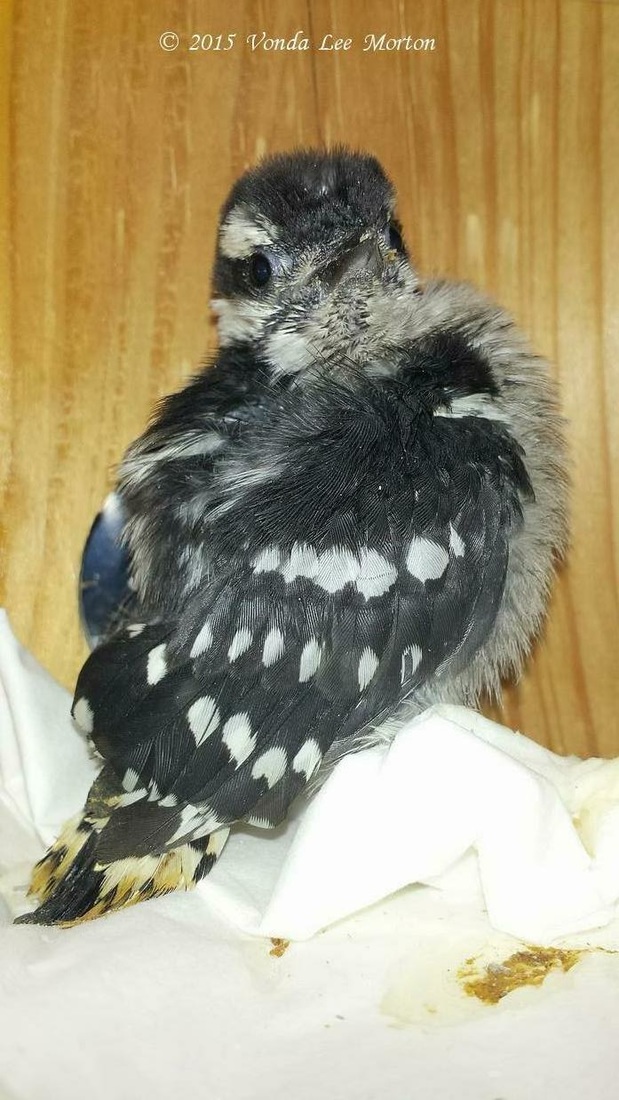
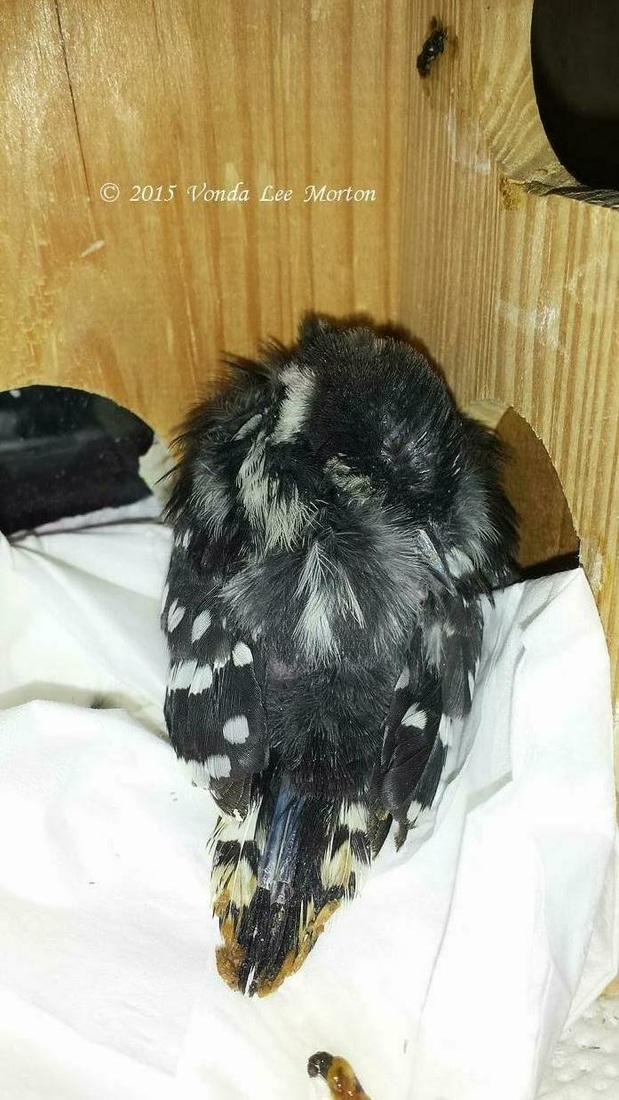
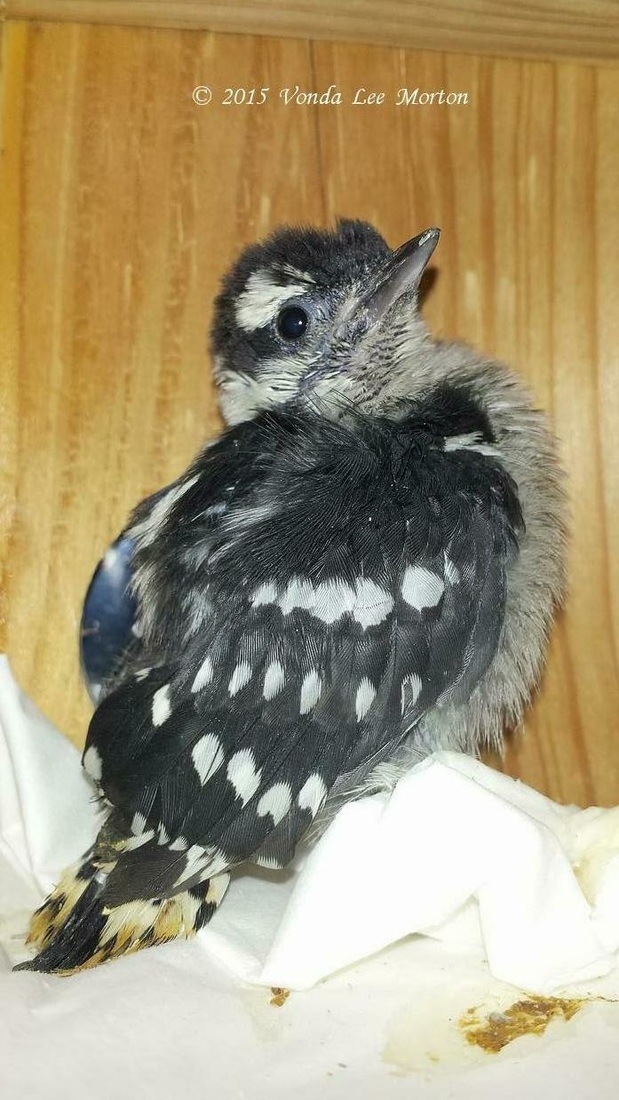
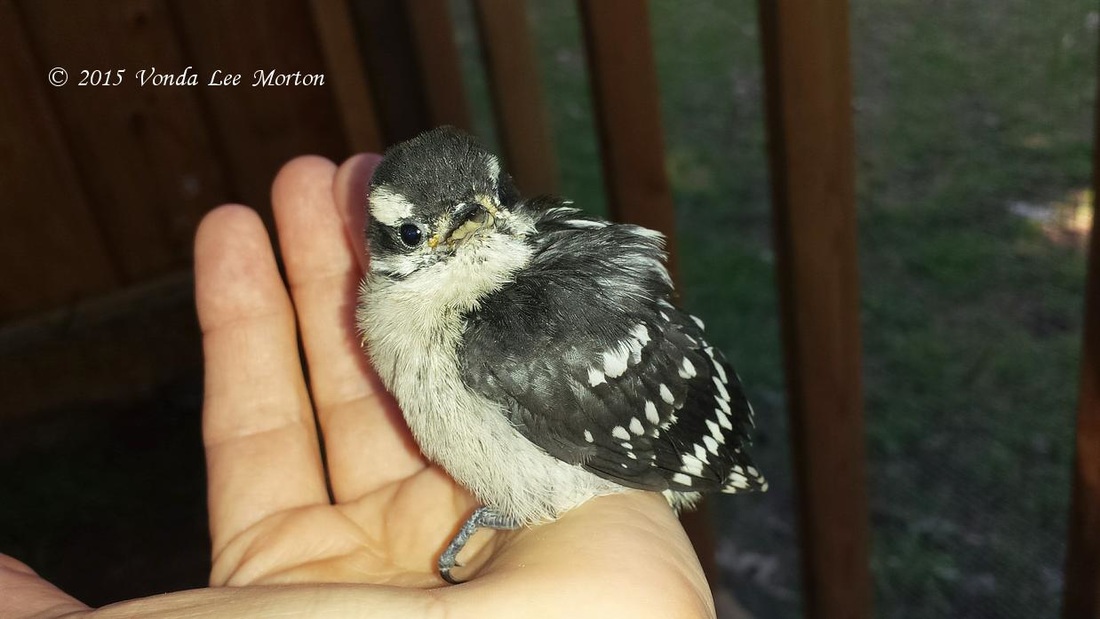
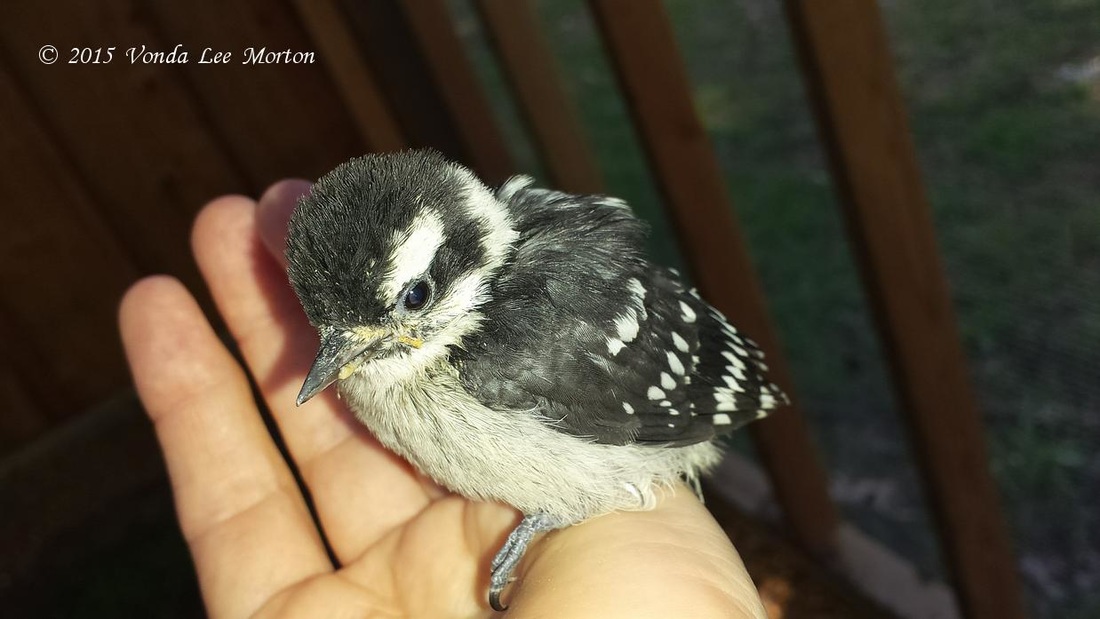
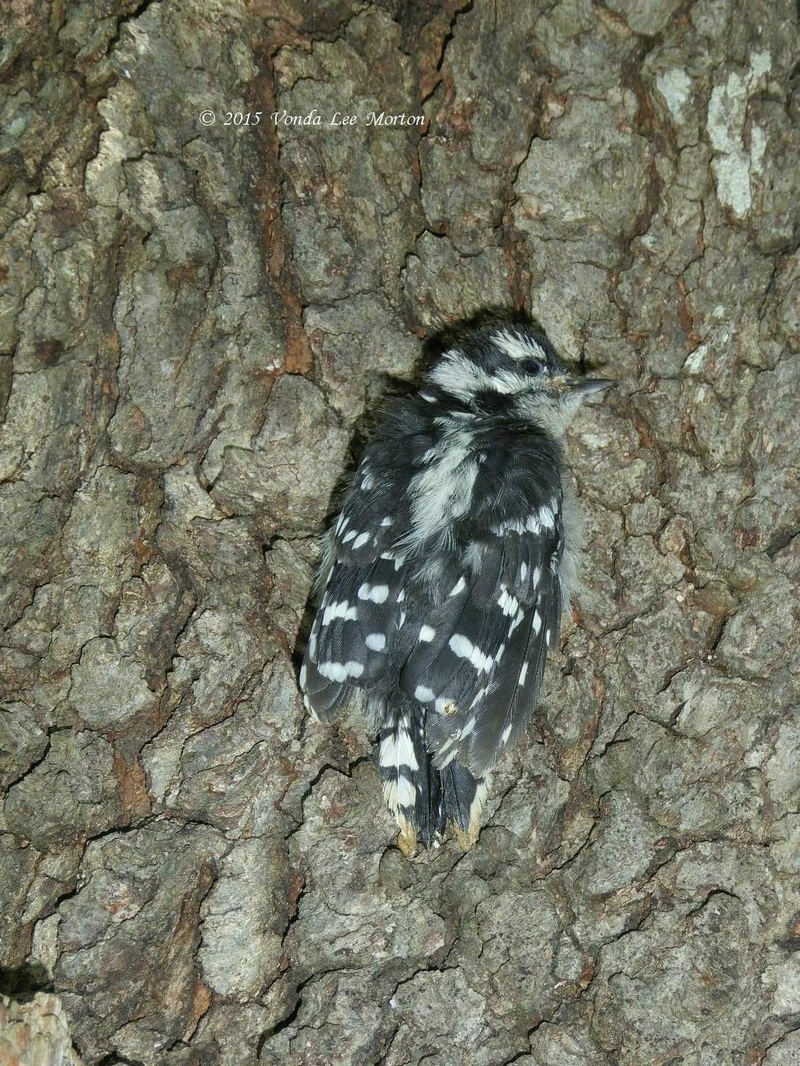
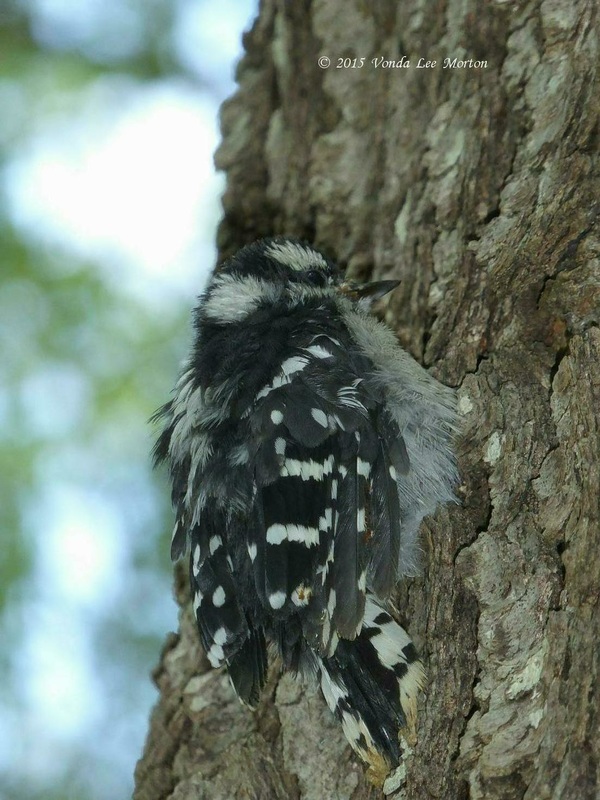

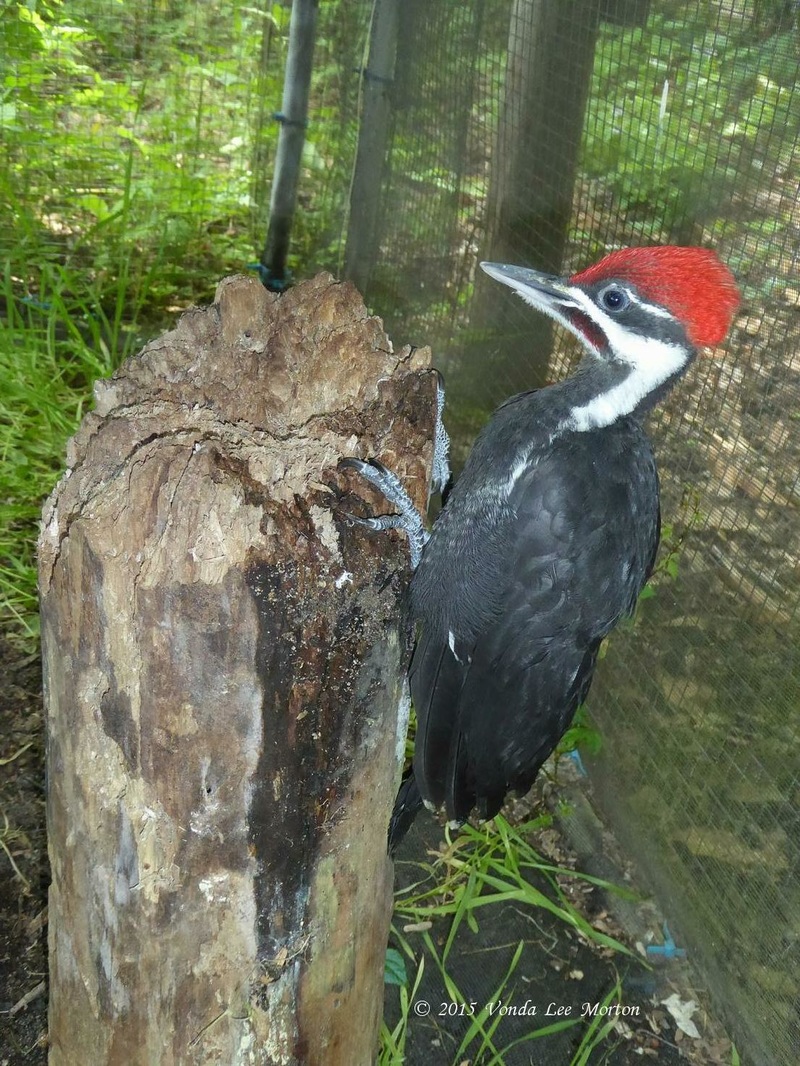
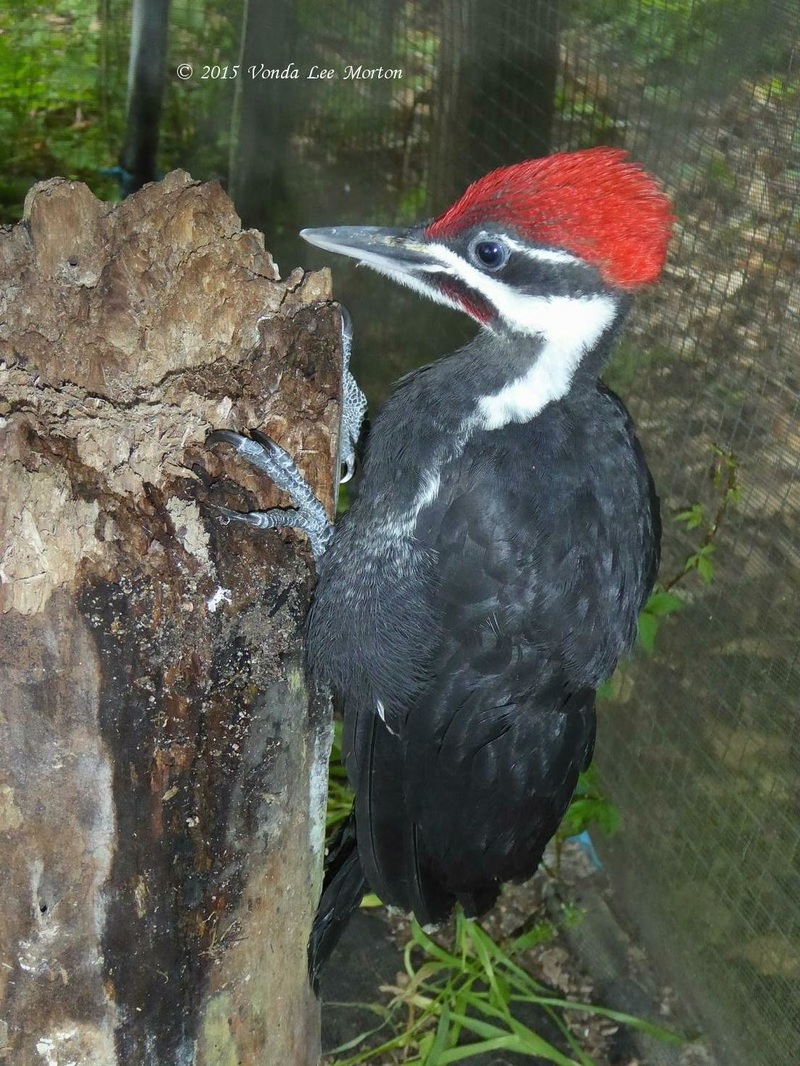
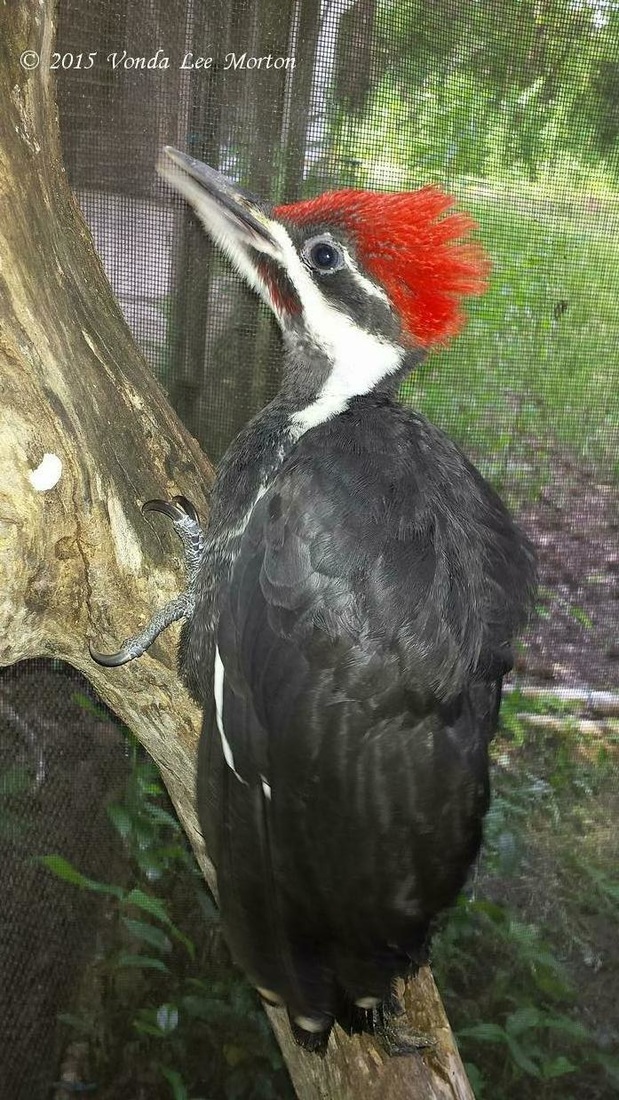
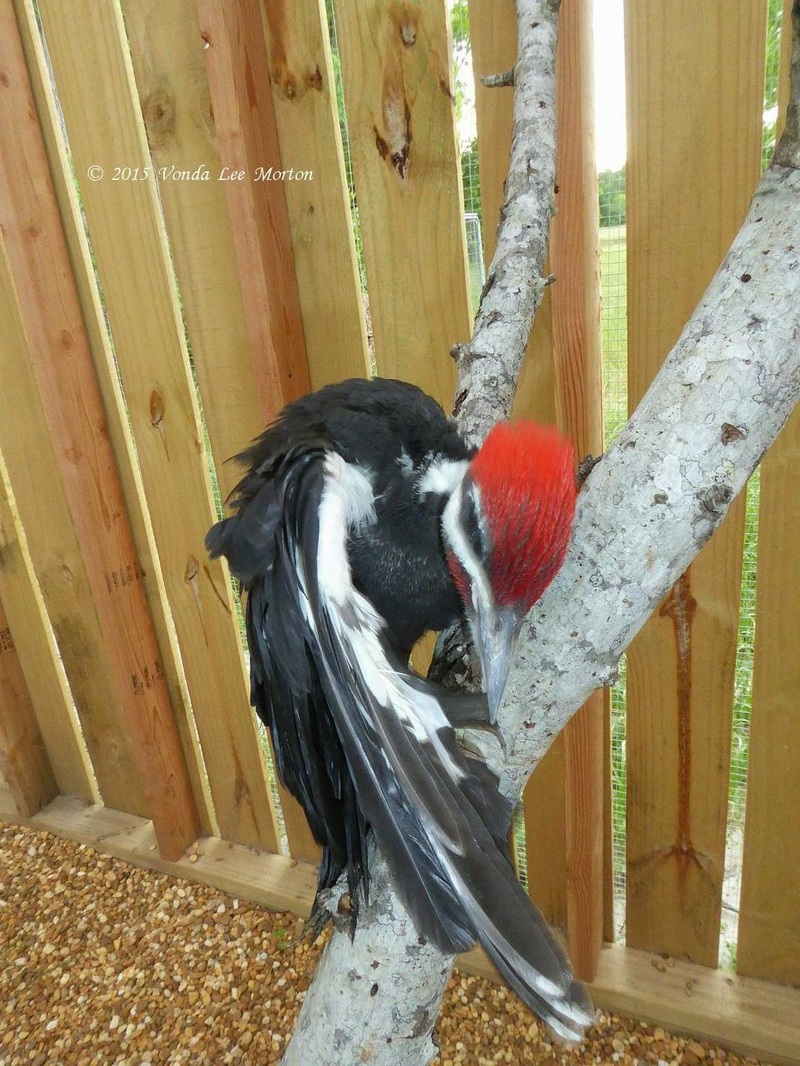
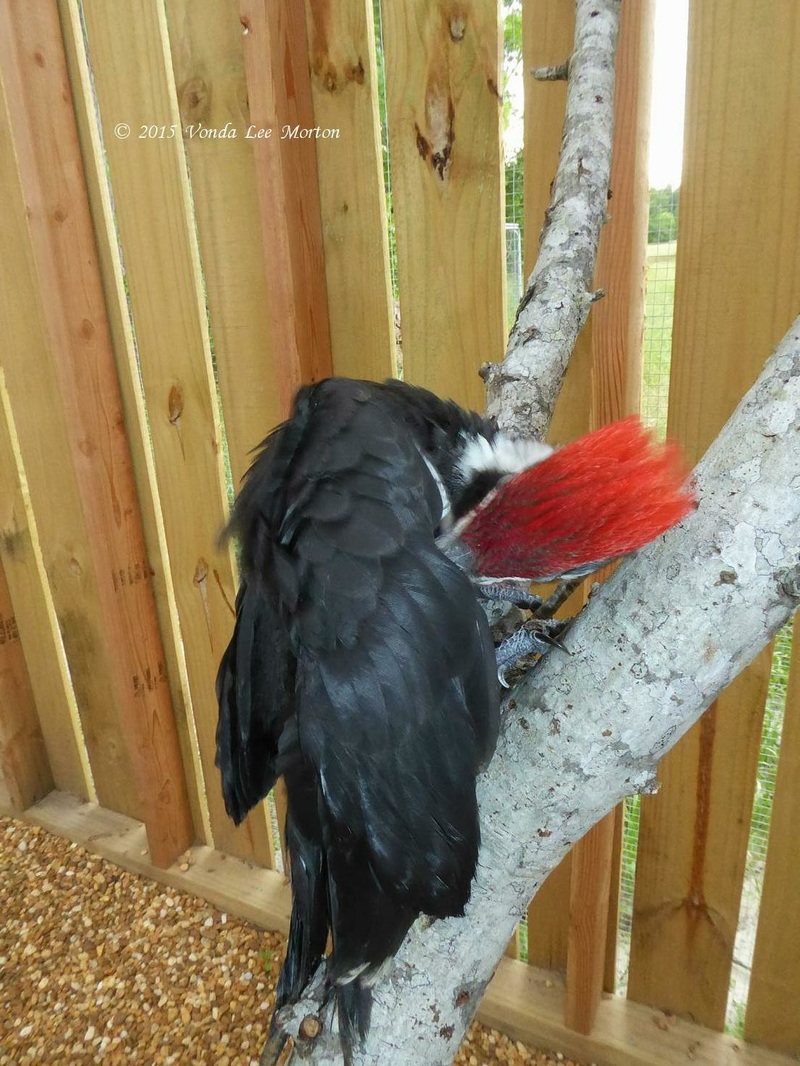

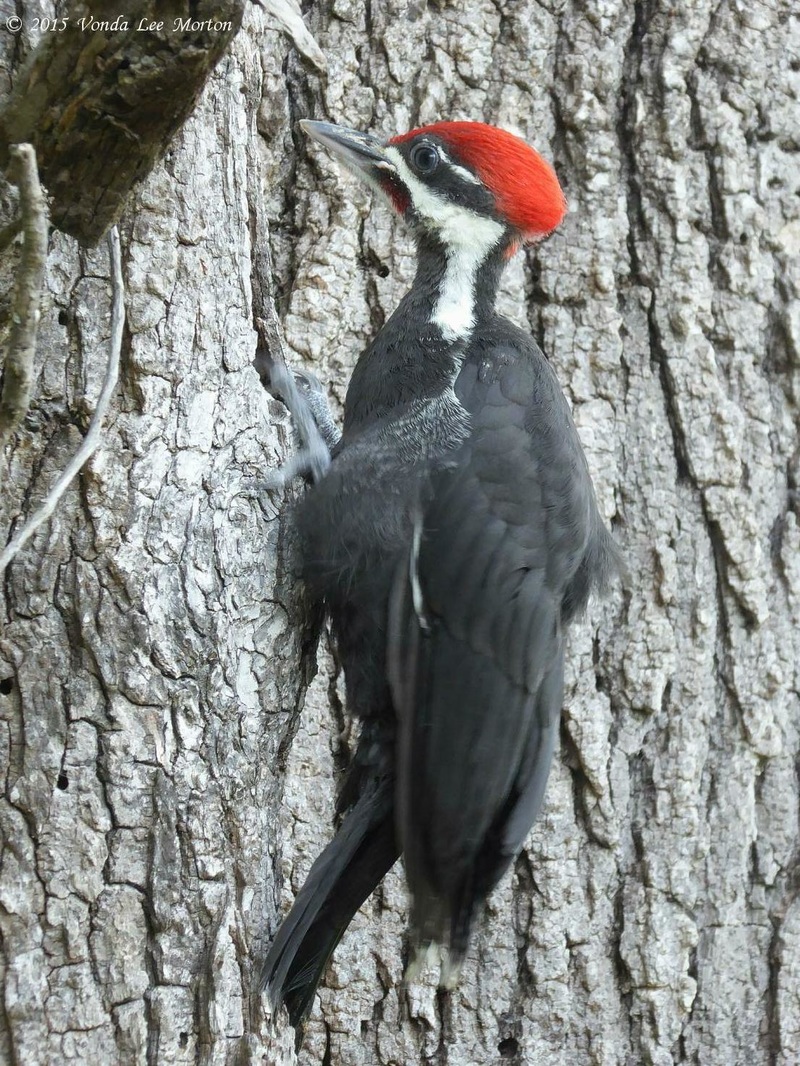
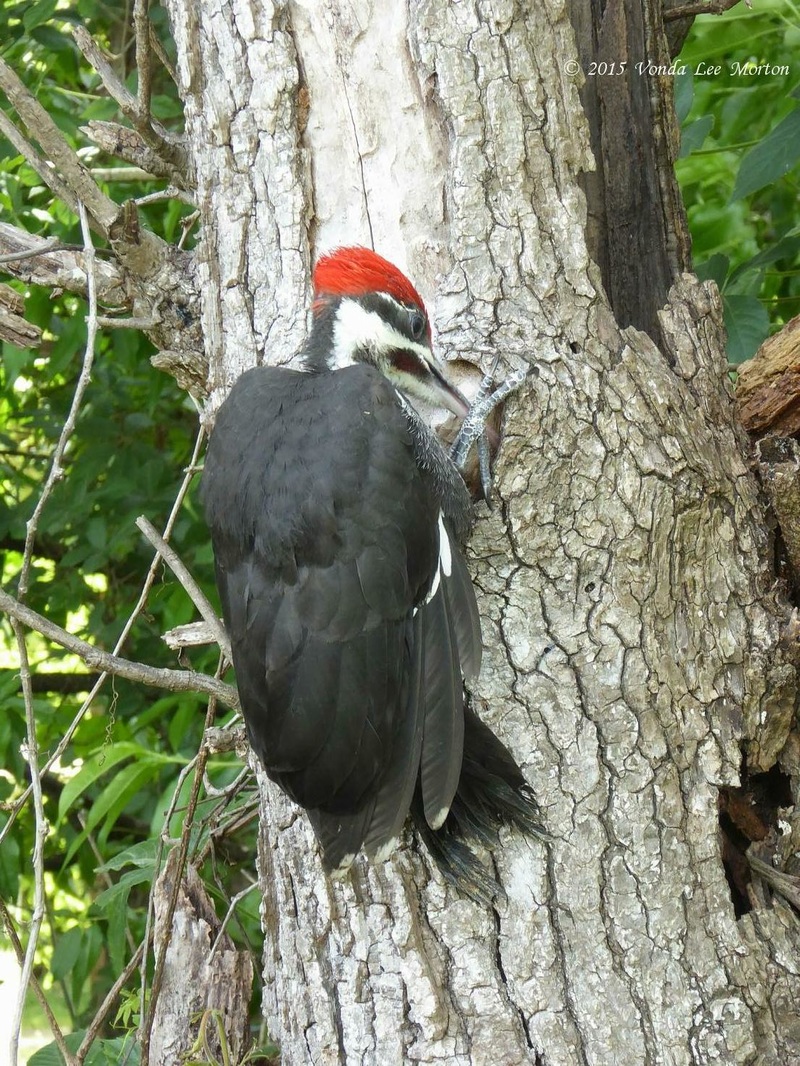
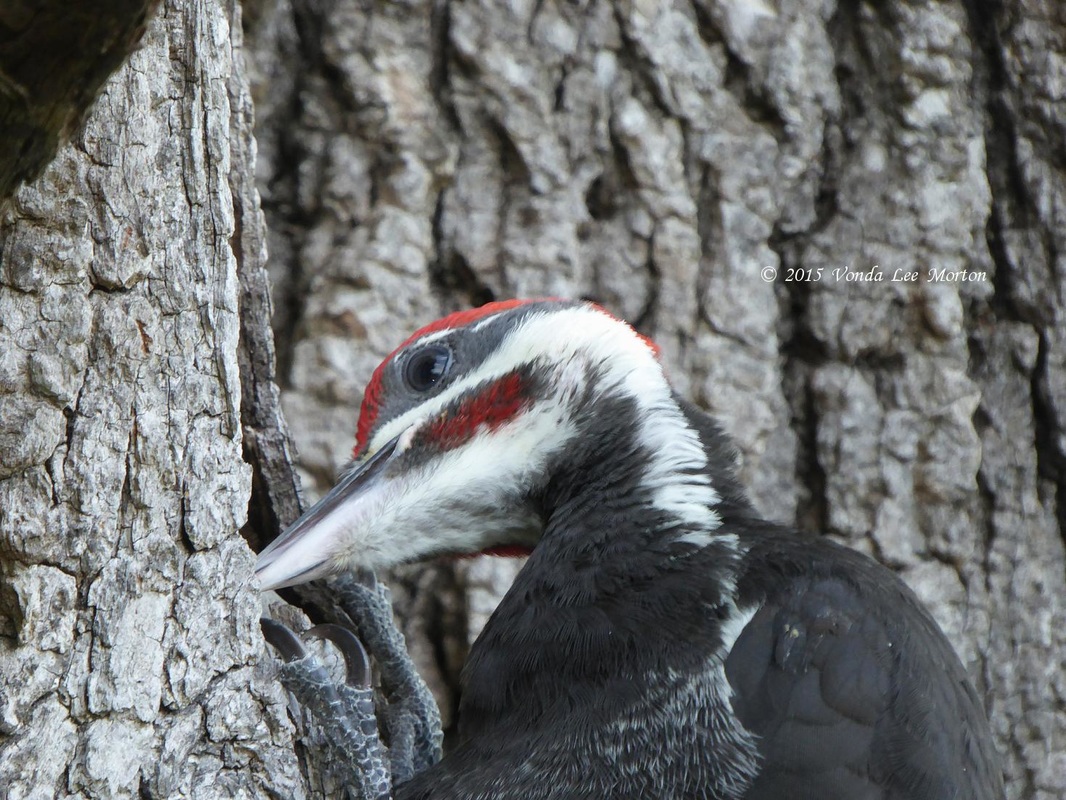
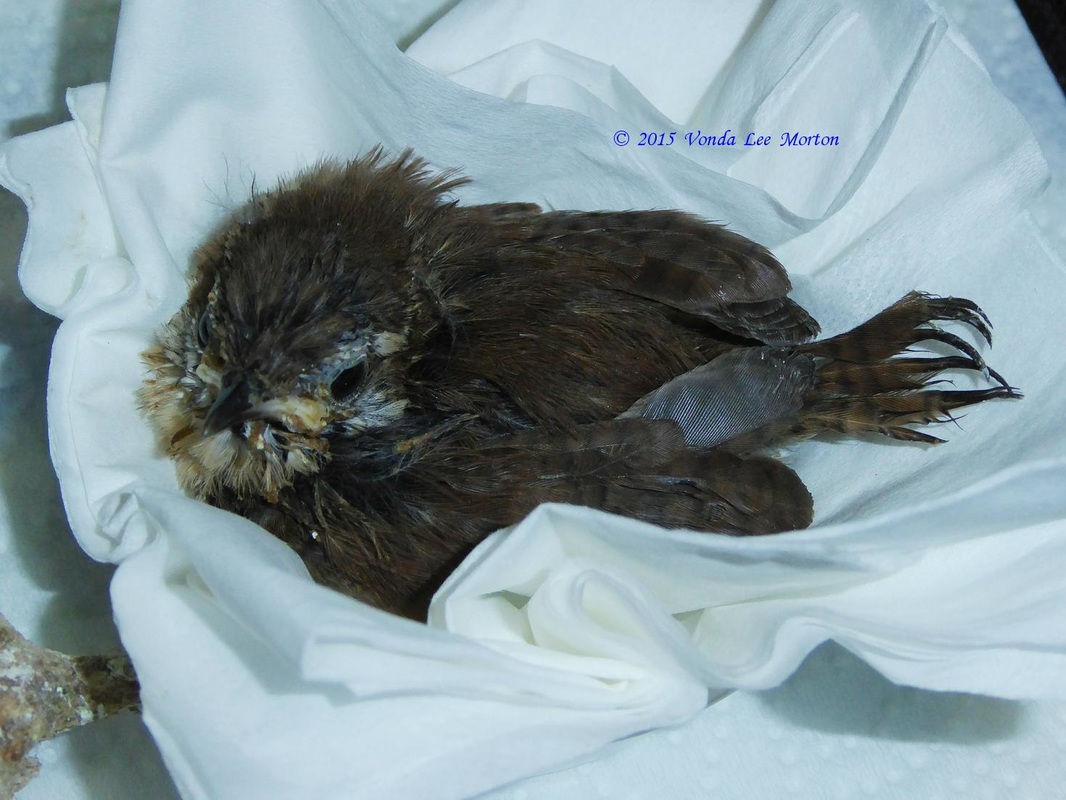
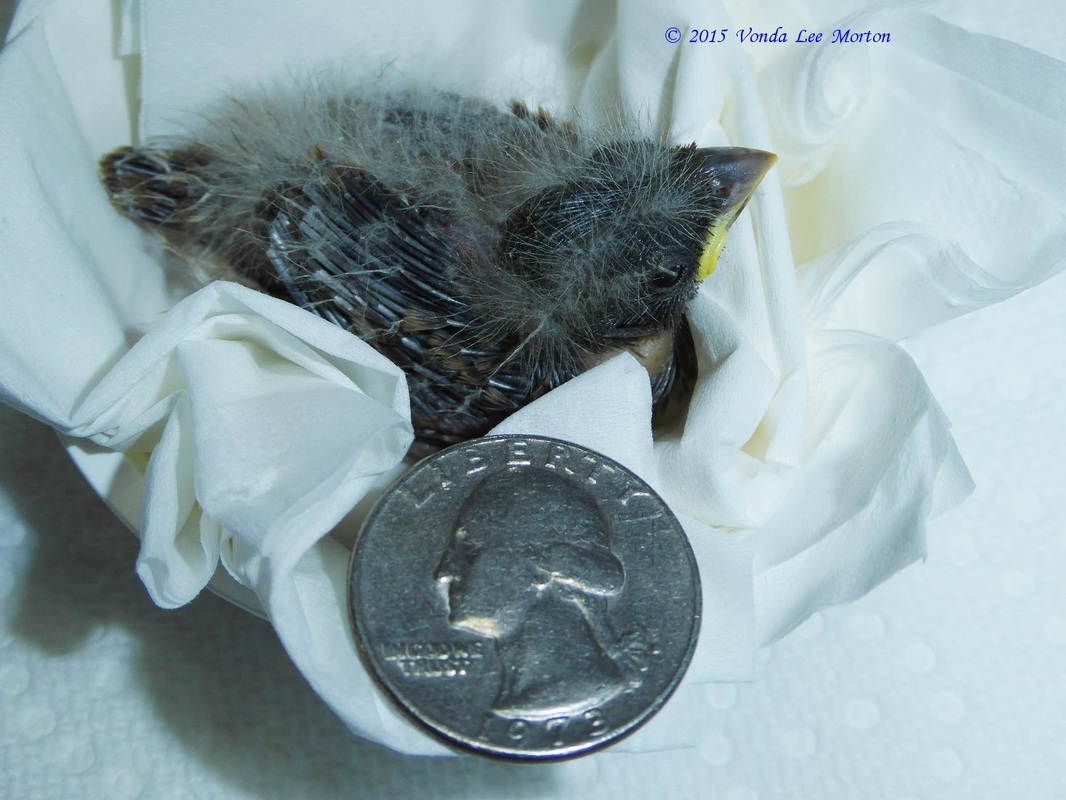
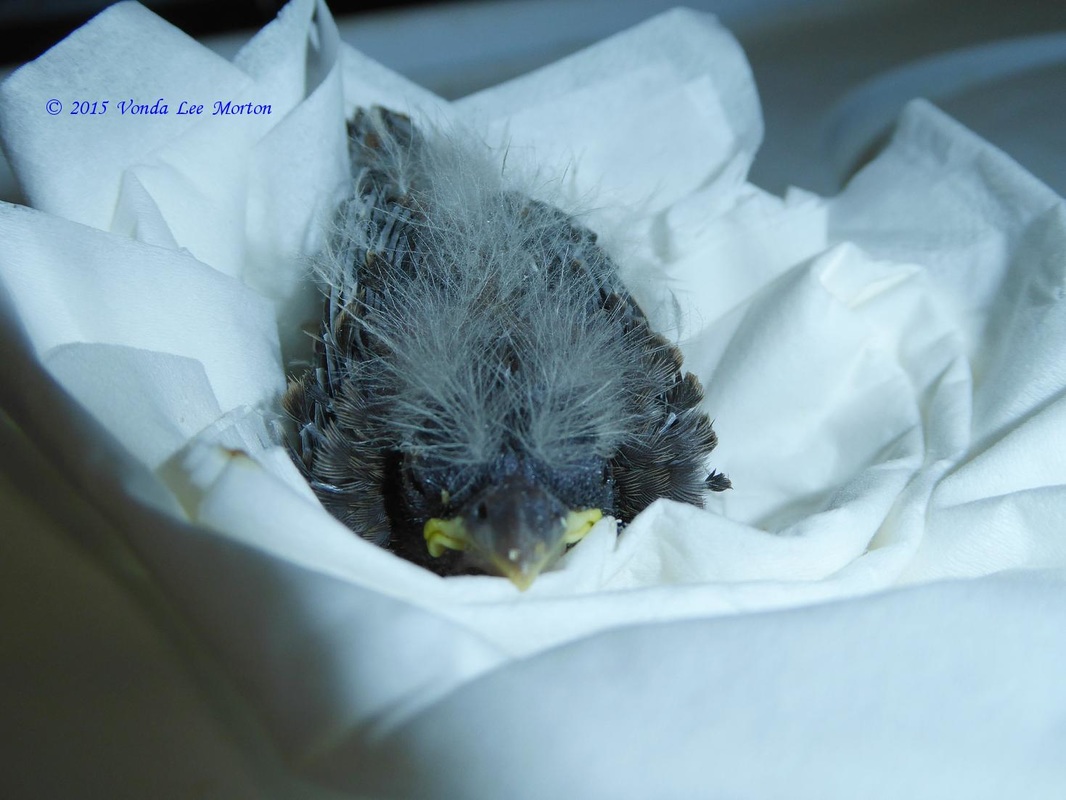
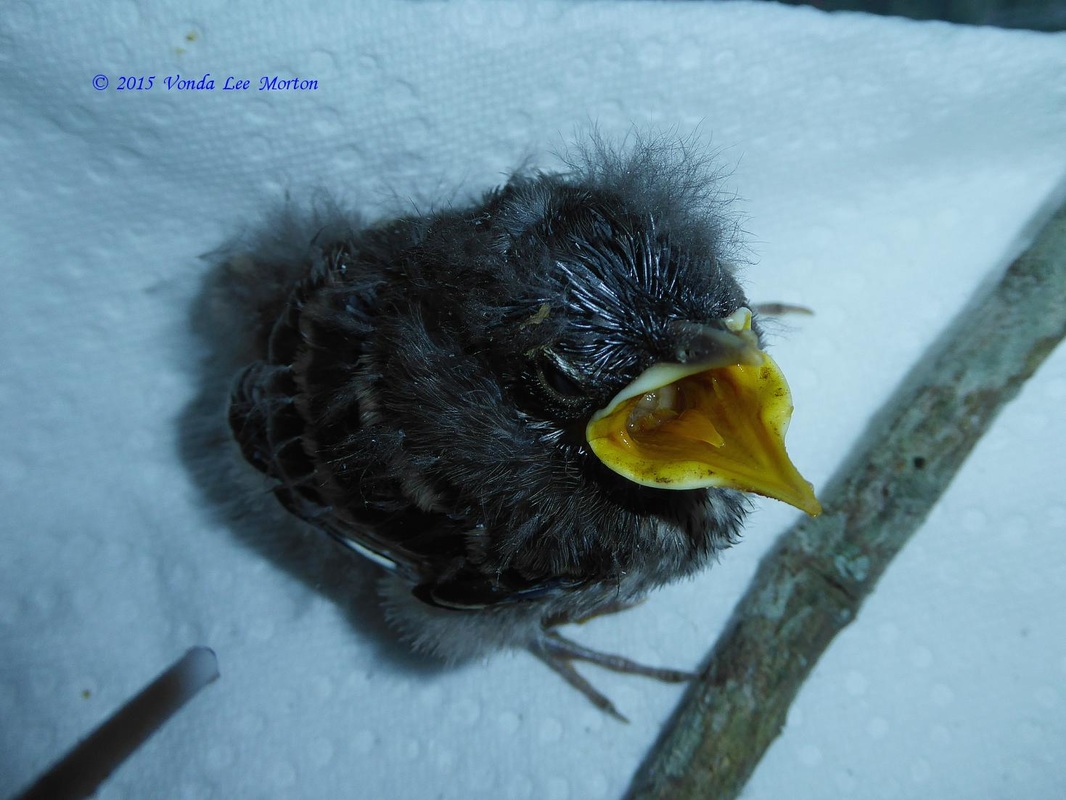
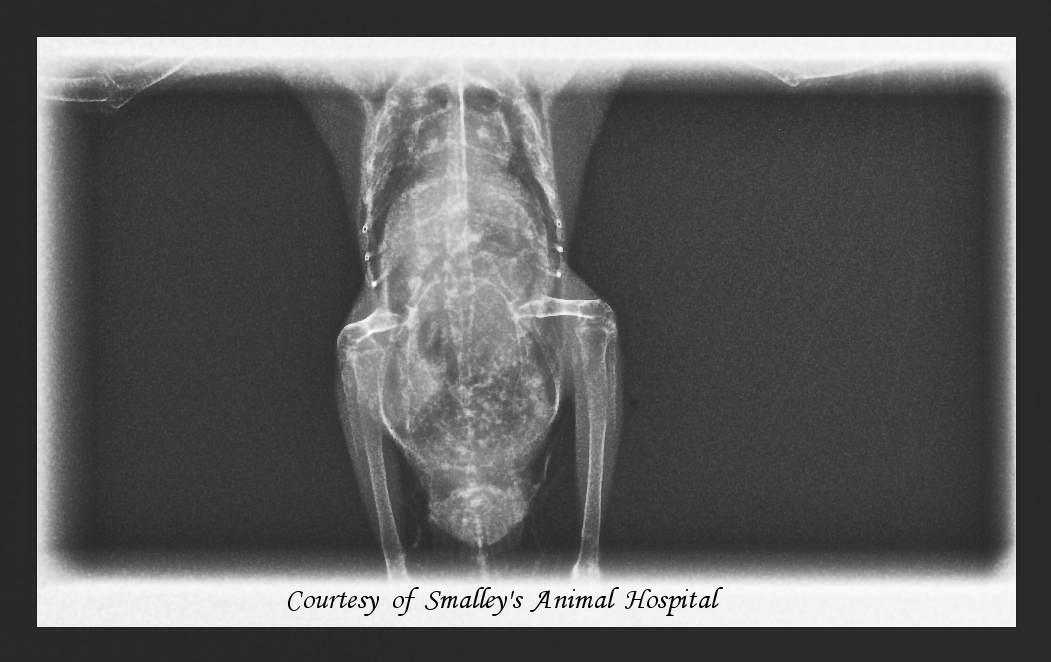
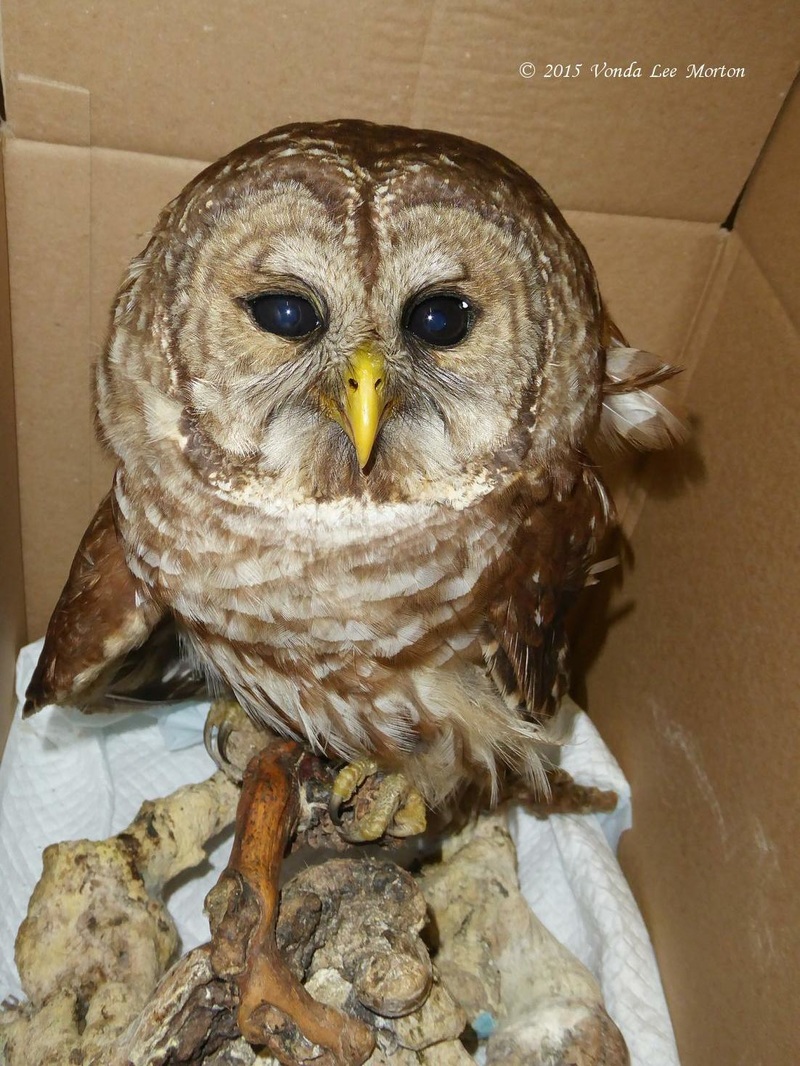
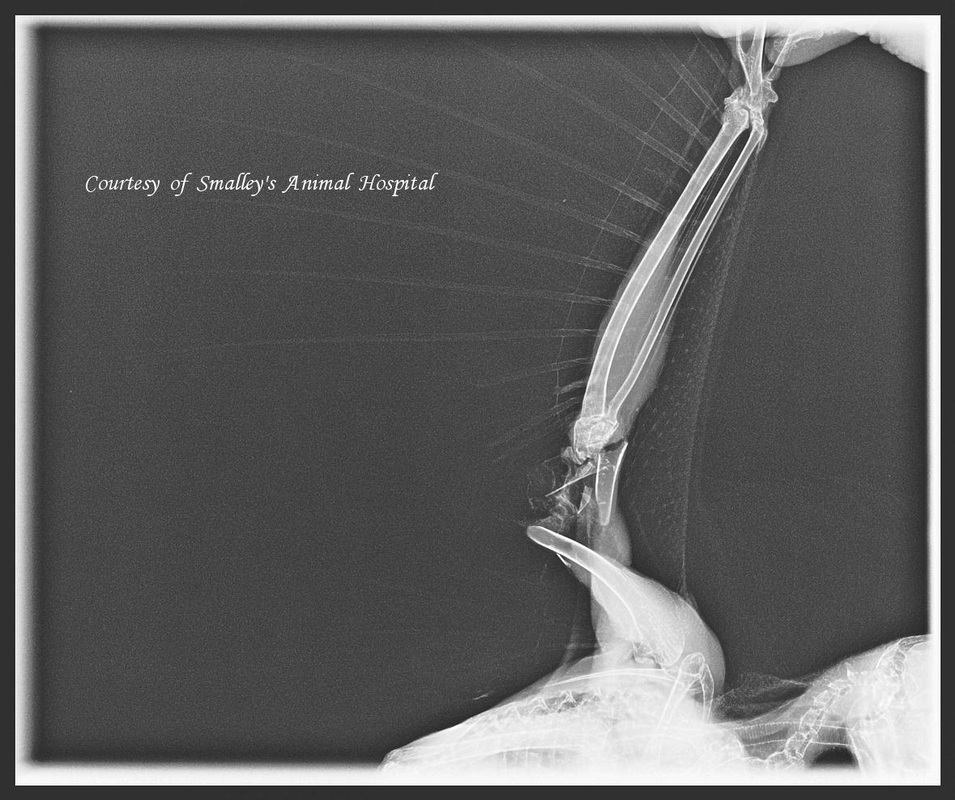
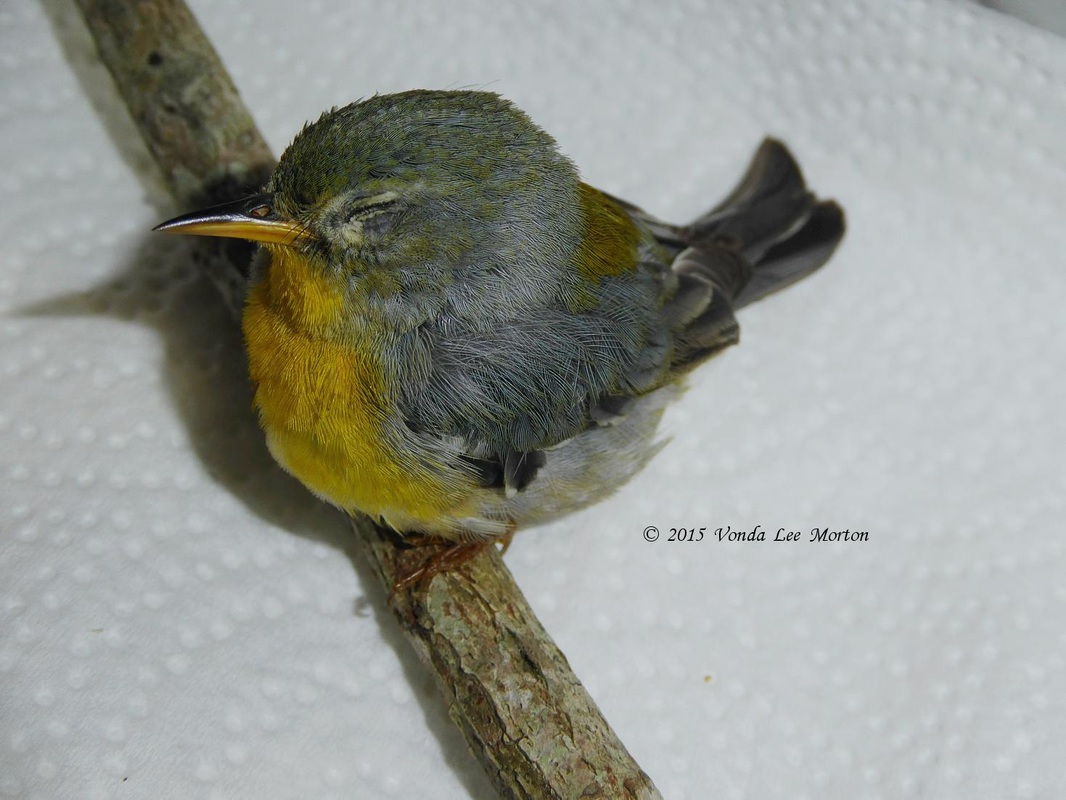
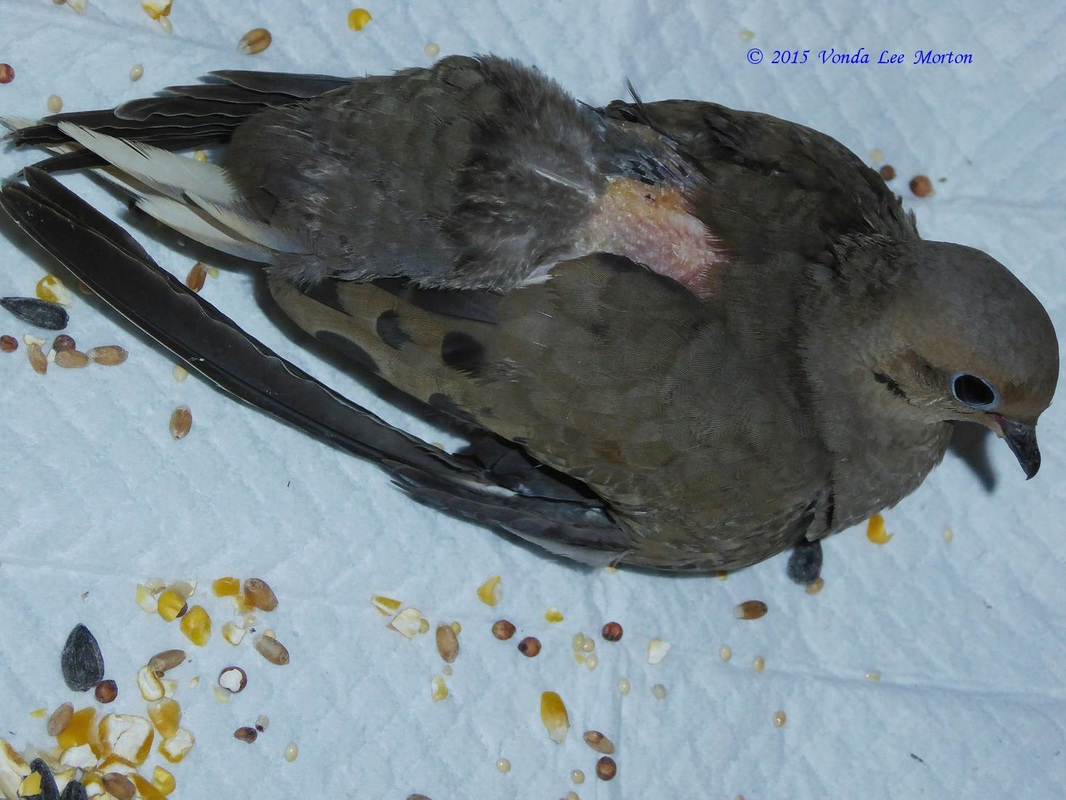
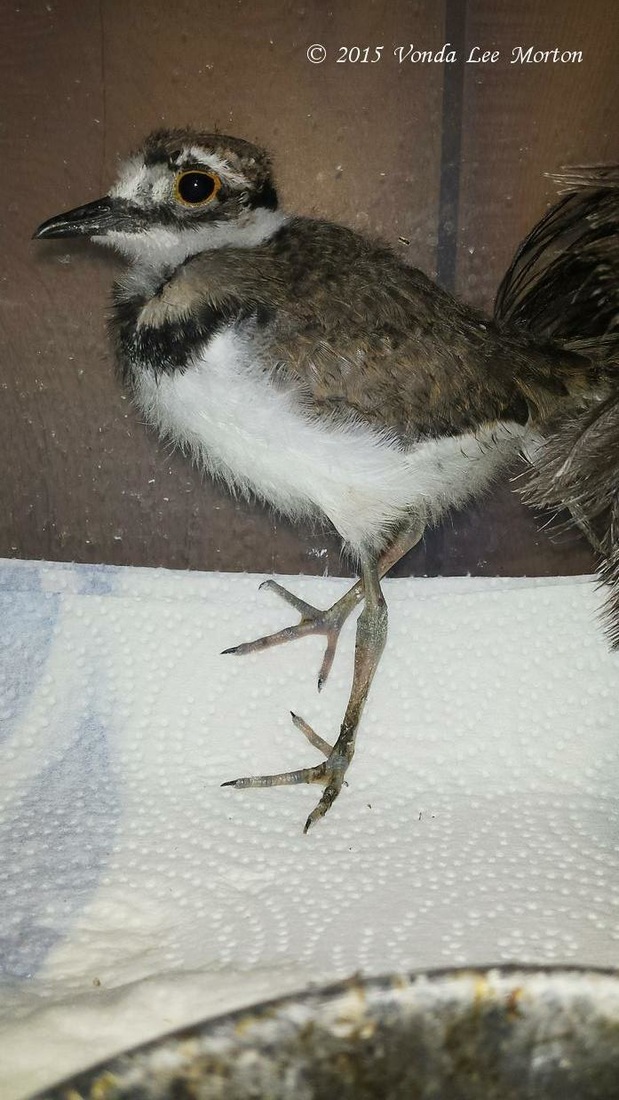
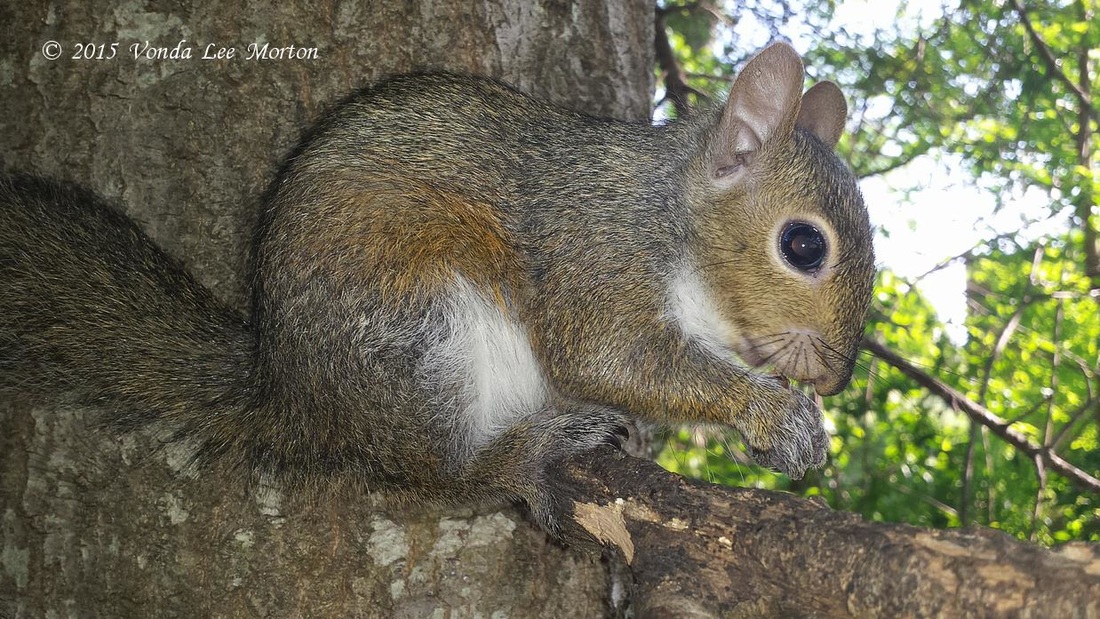
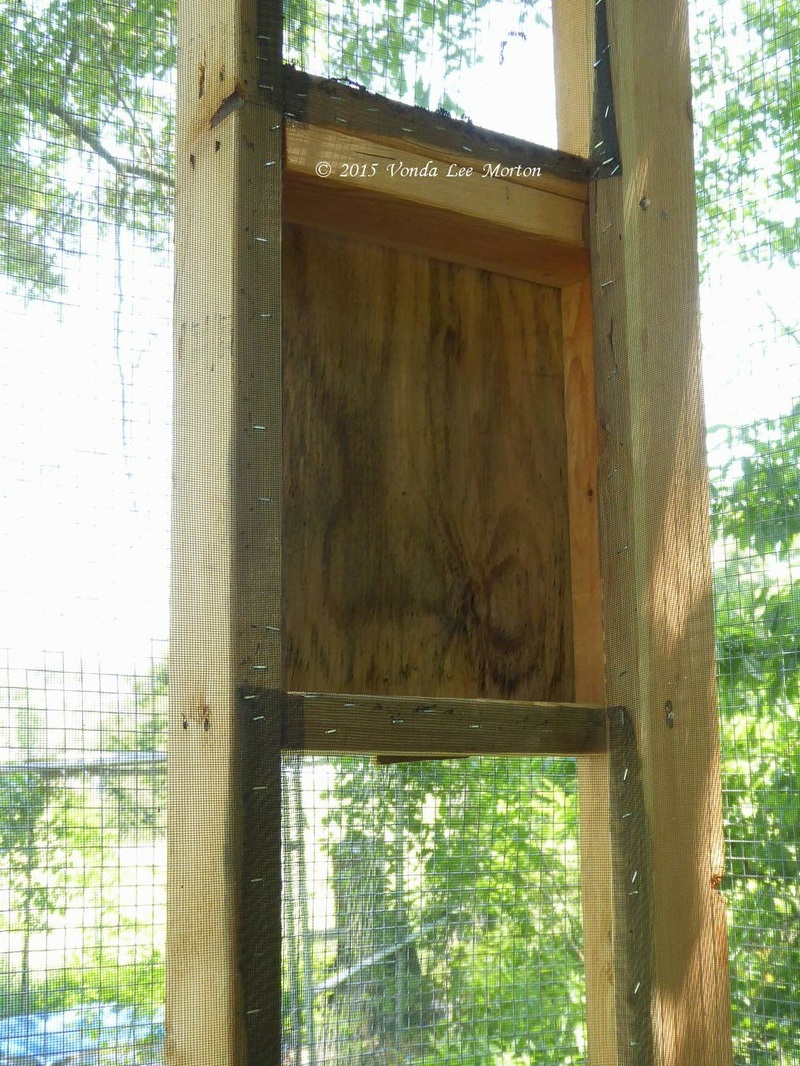
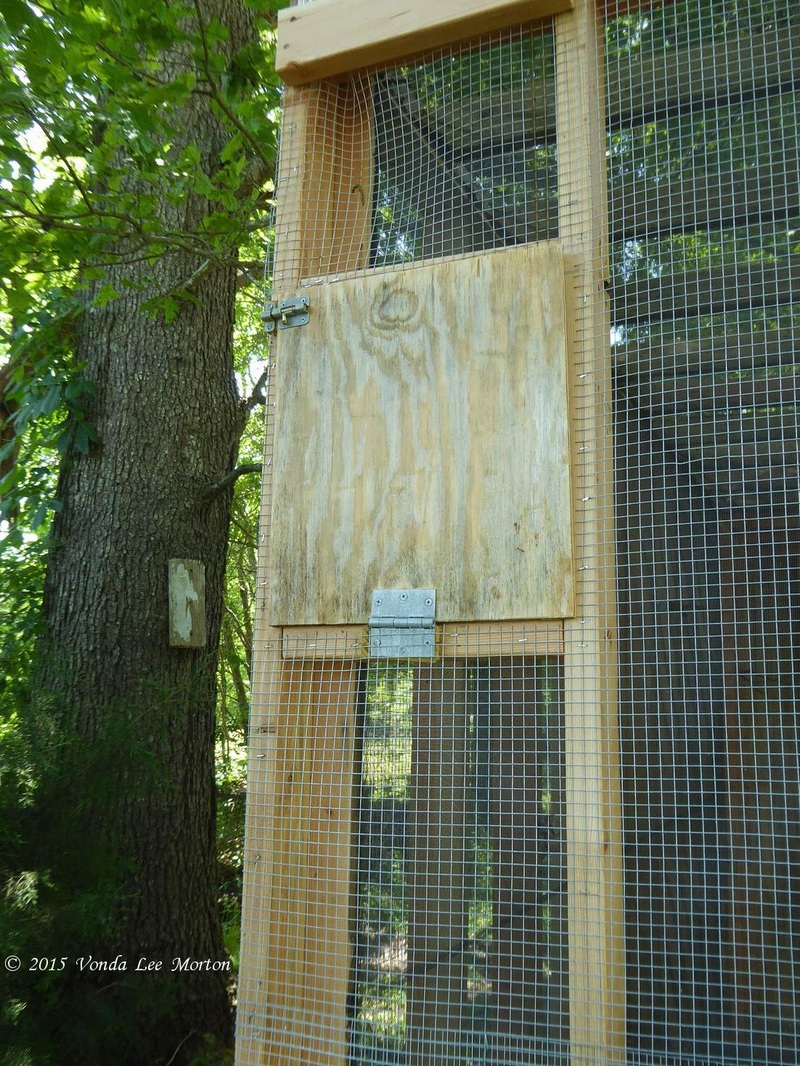
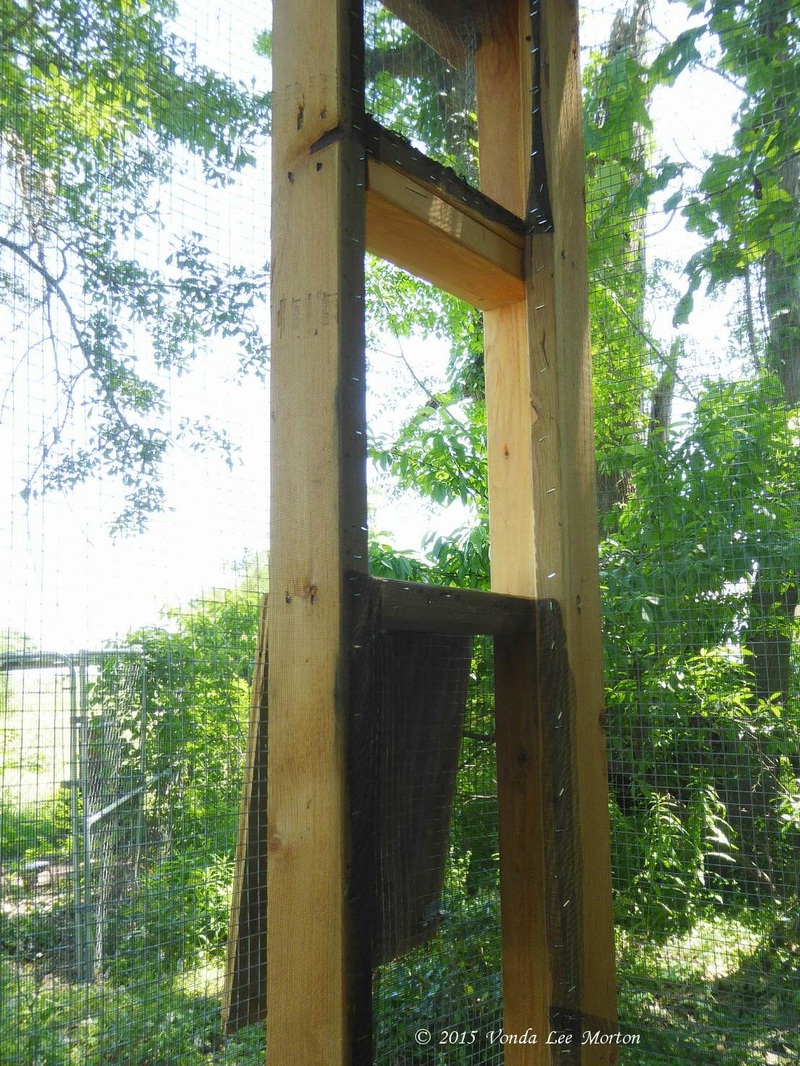
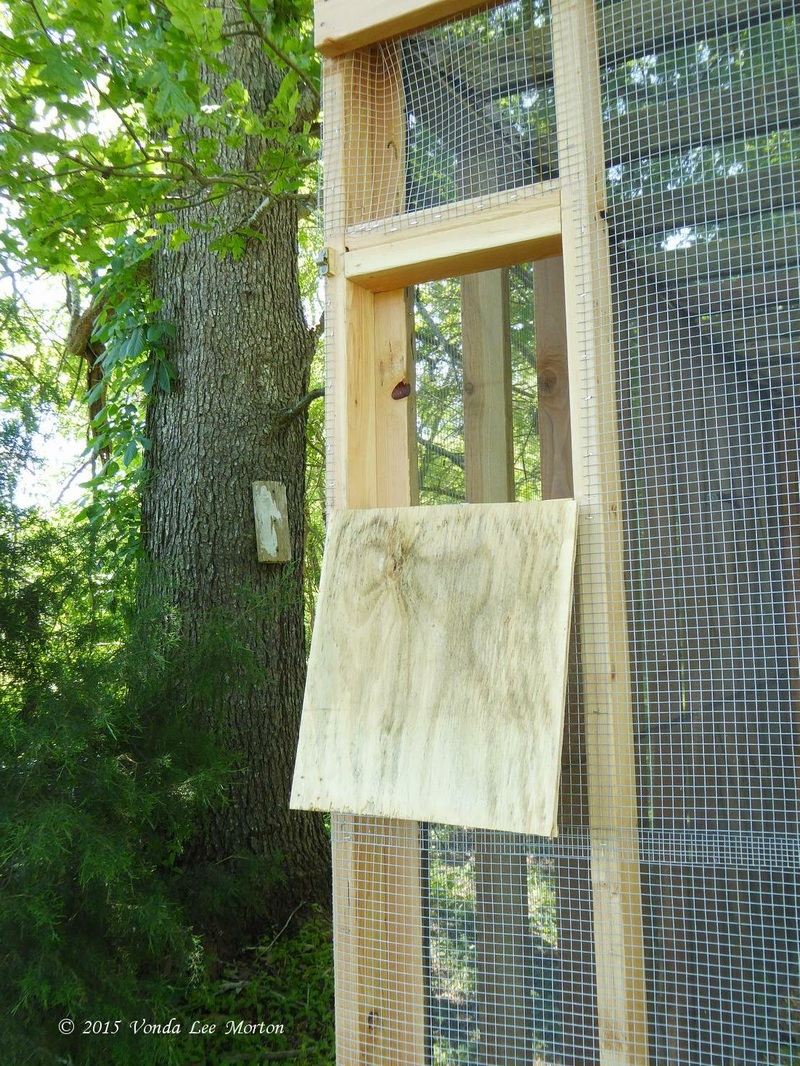
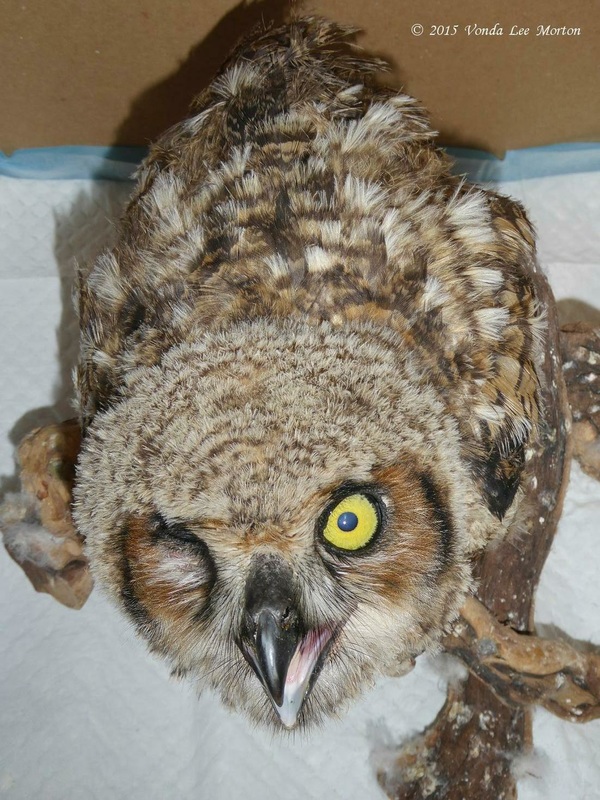
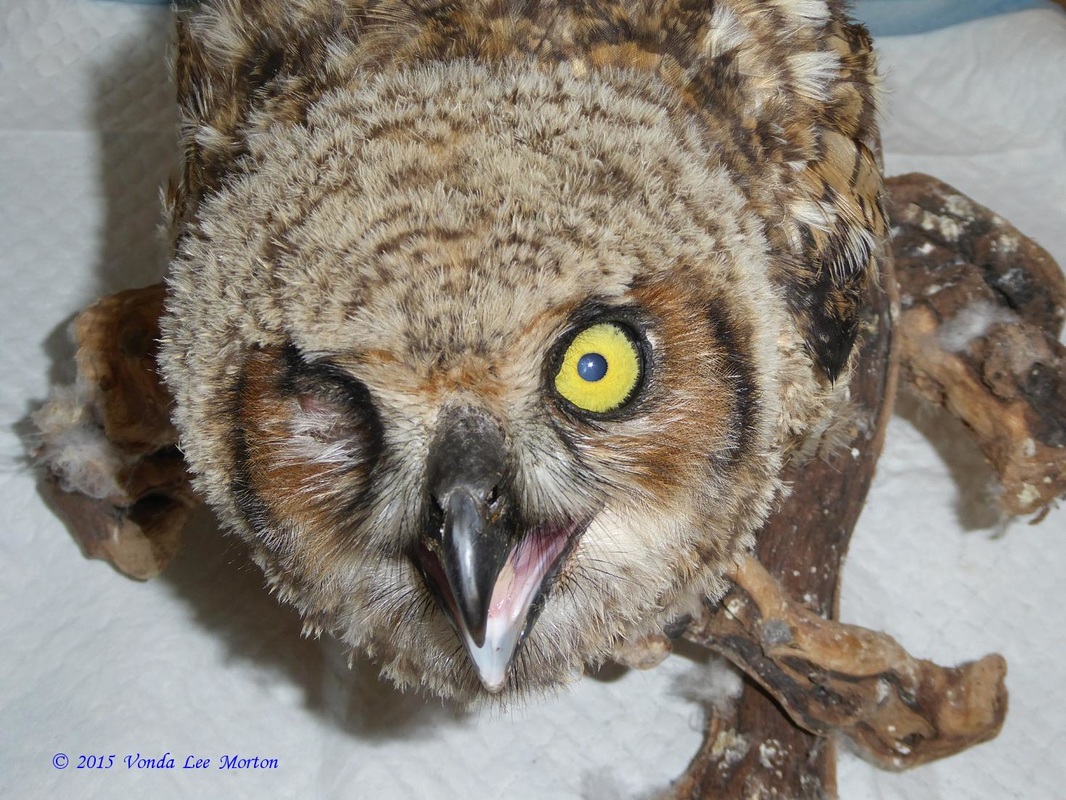
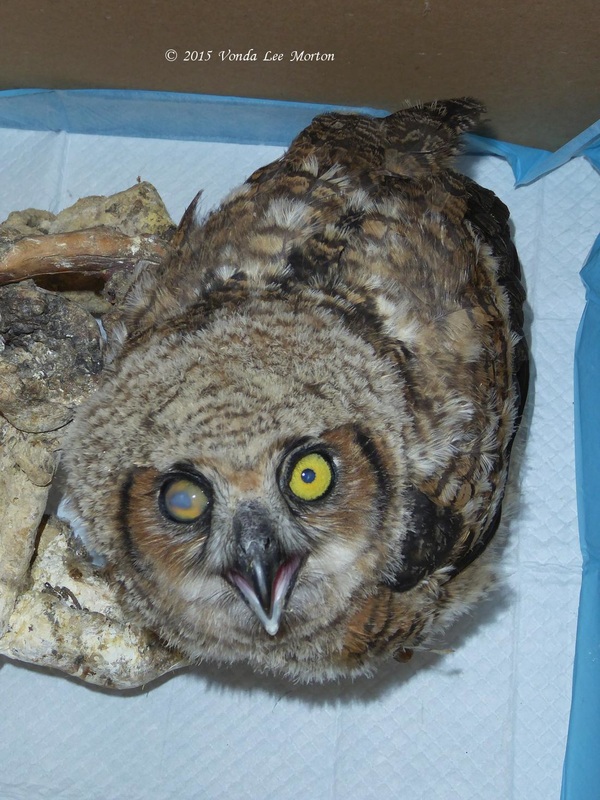
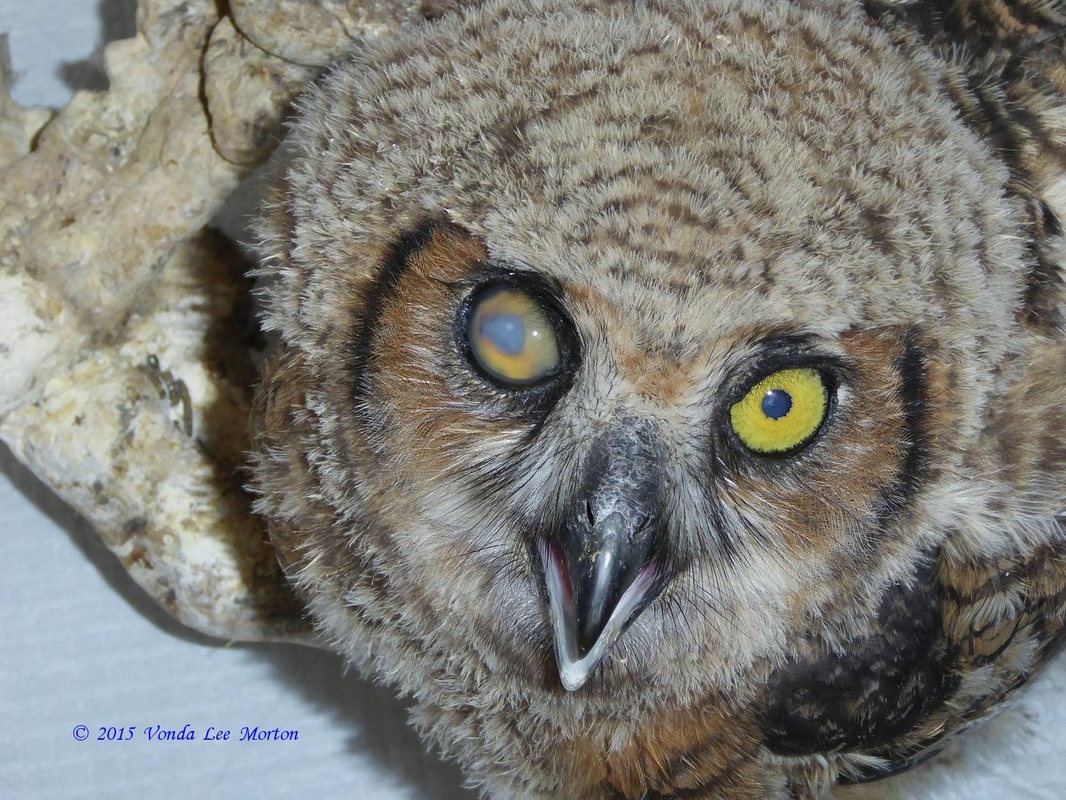
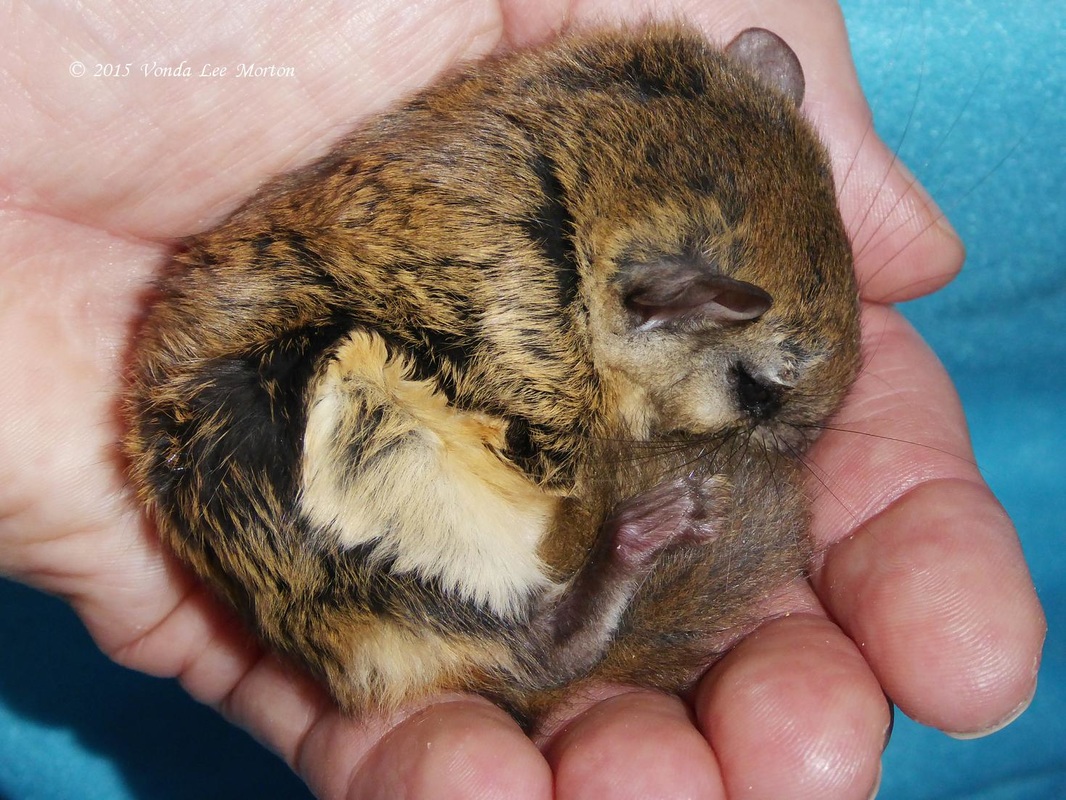
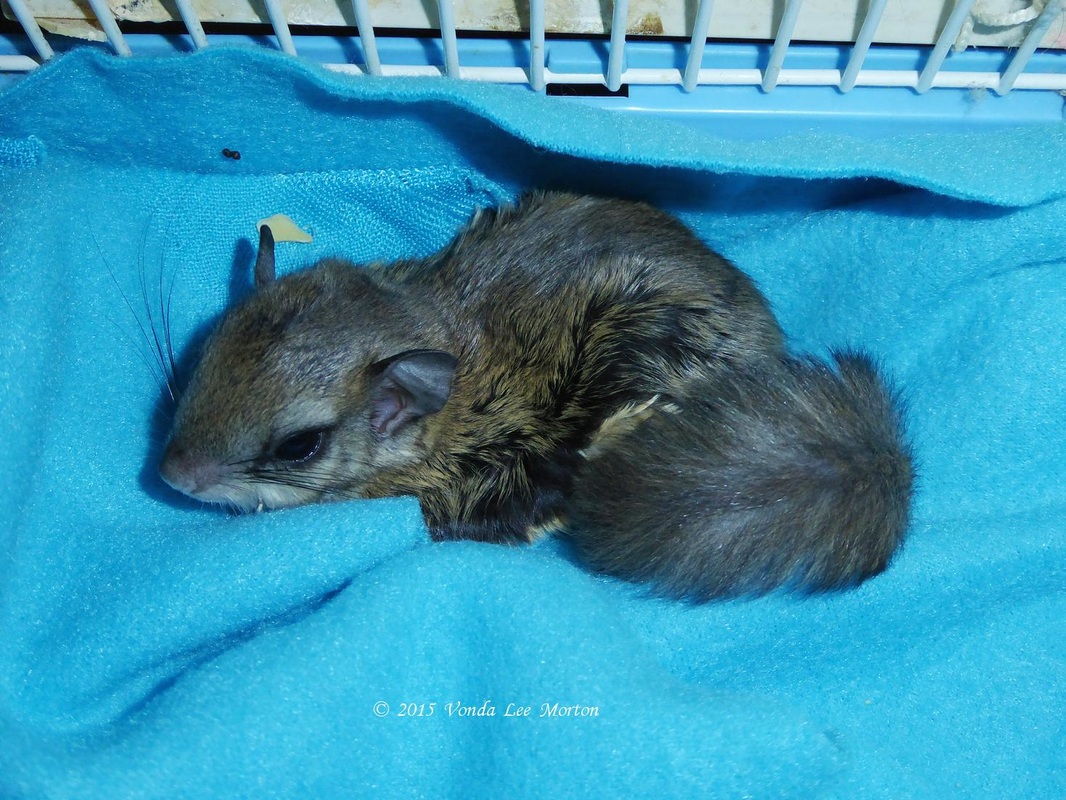
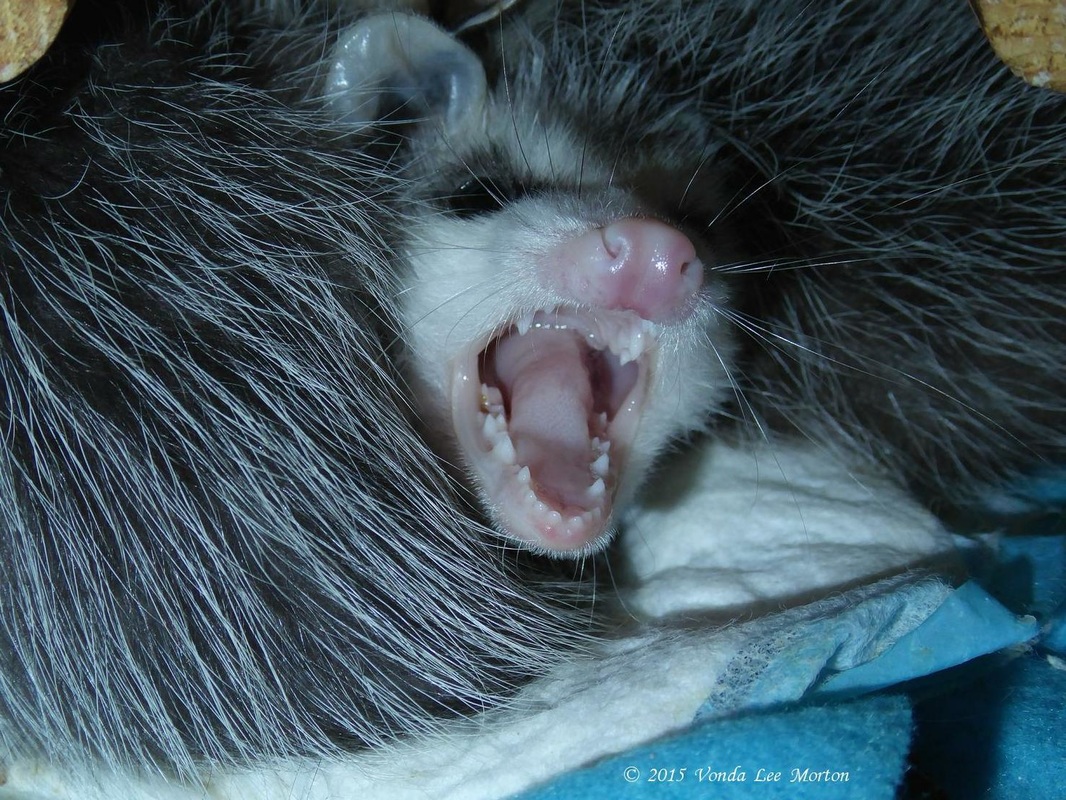
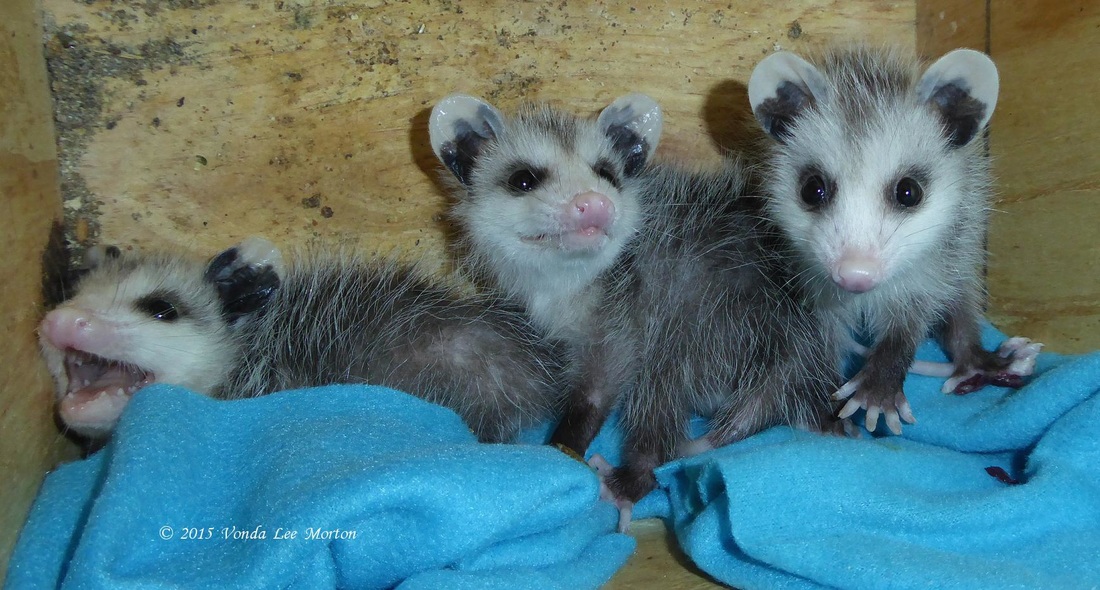
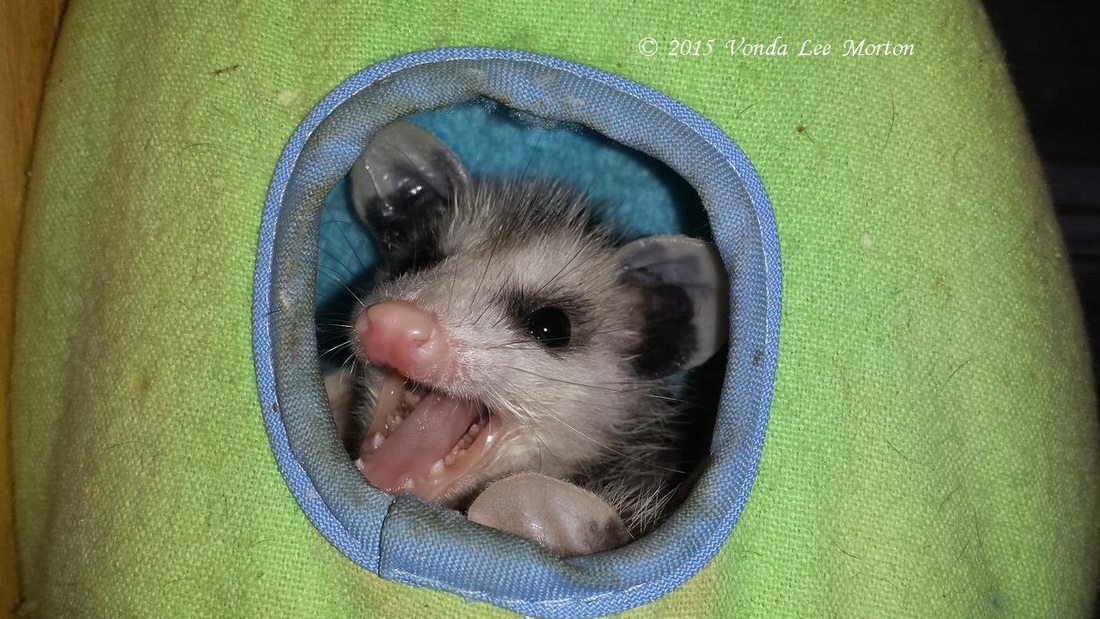
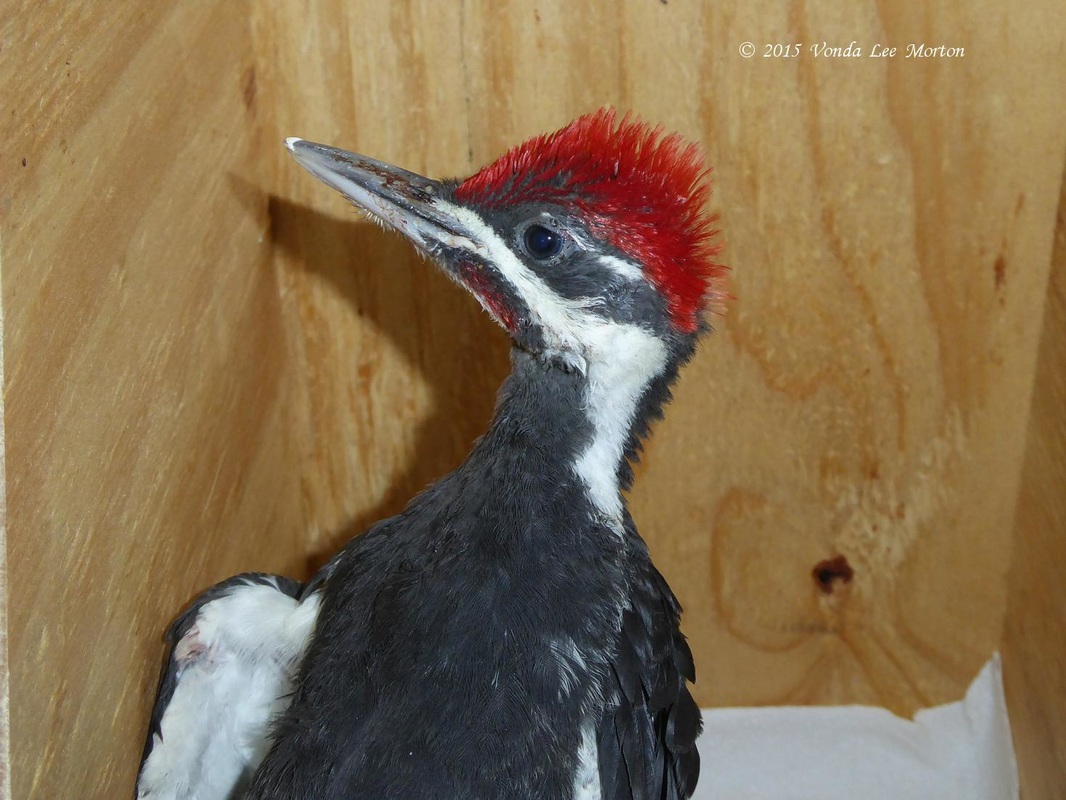
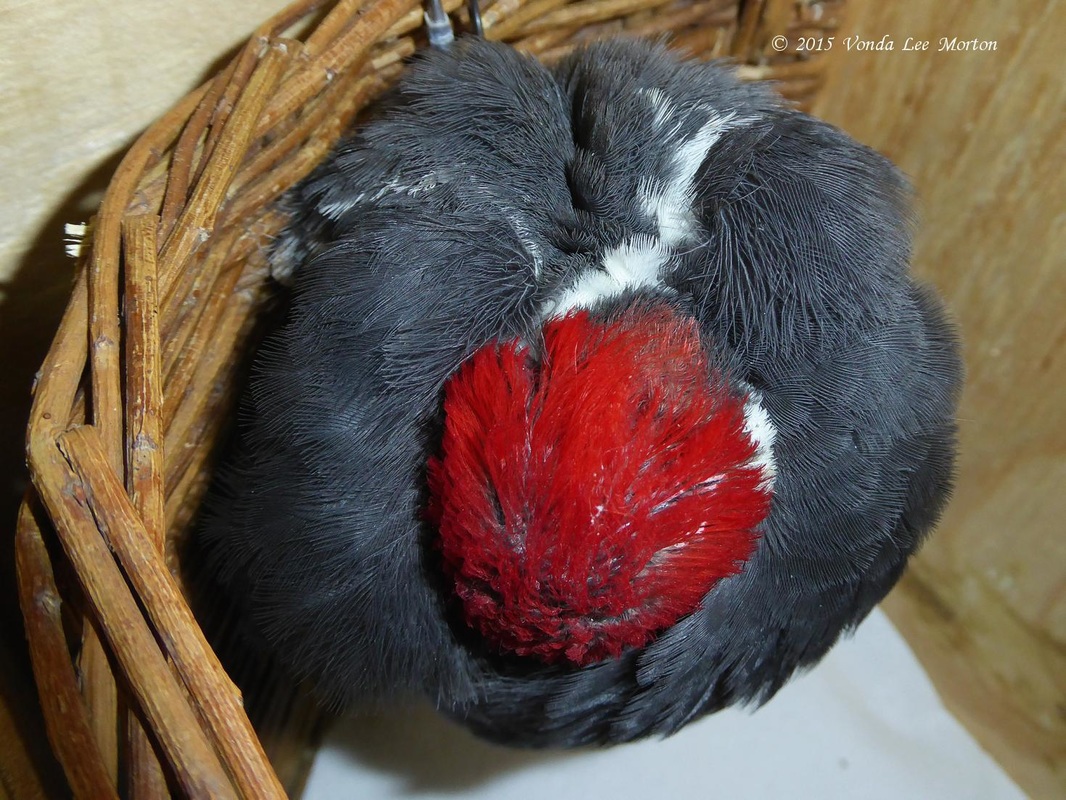

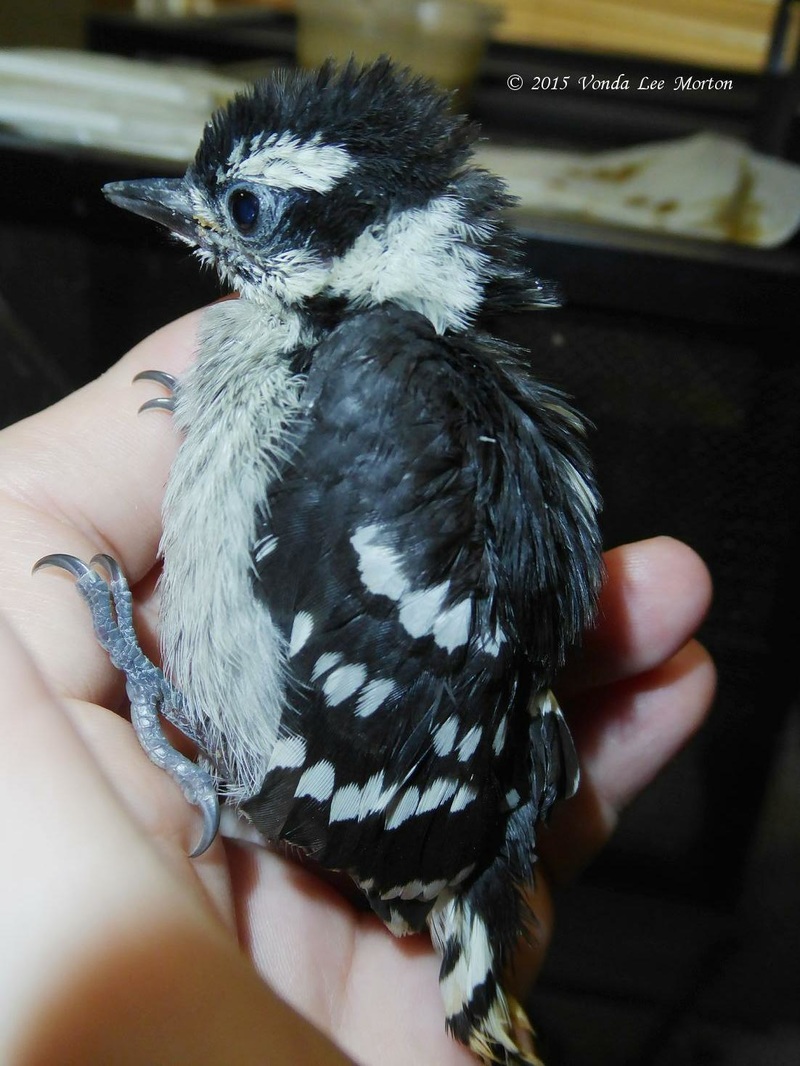
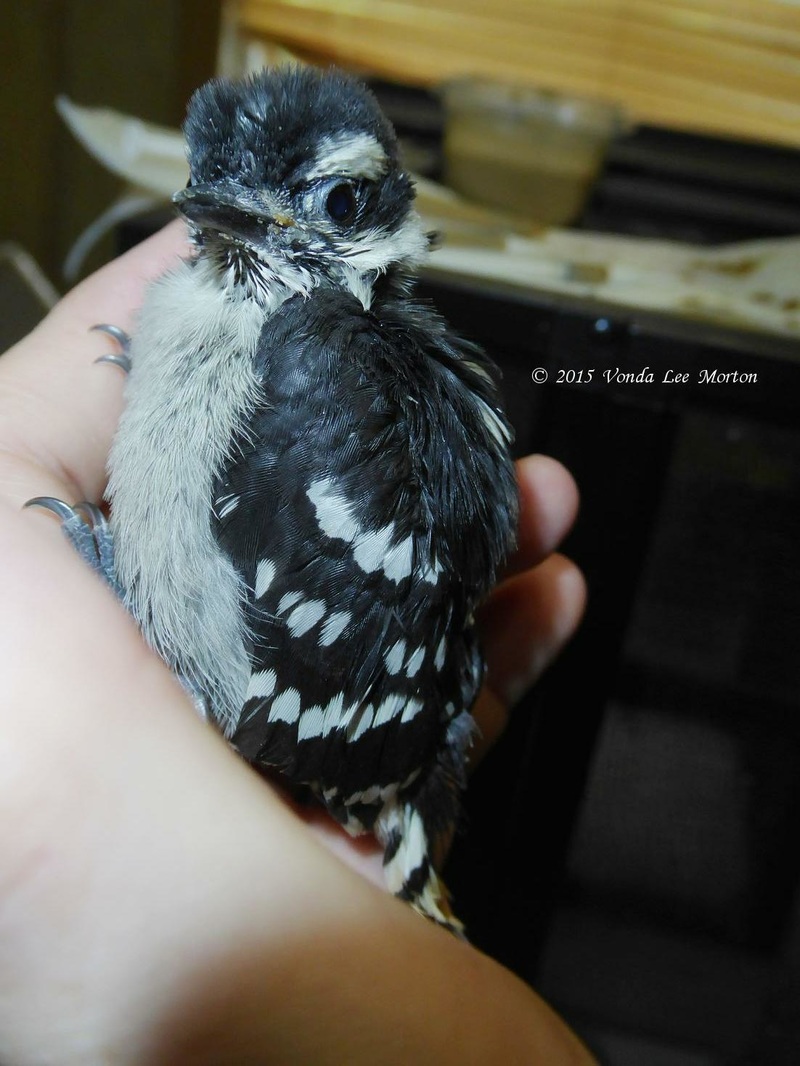
 RSS Feed
RSS Feed
